In the first decades of the 20th century, shopping in New York City was an experience that varied dramatically from one neighborhood to the next. The city offered everything from immense, block-long department stores to specialized neighborhood shops where the owner knew every customer by name. It was a landscape of commerce that catered to every class and every need.
The grandest shopping experience was found in the city’s new department stores. These were multi-story palaces of commerce, offering a vast array of goods all under one roof. In 1902, Macy’s opened its massive new headquarters at Herald Square, a building so large it had its own internal power plant. Wanamaker’s, located further downtown, had a spectacular Grand Court at its center where shoppers could listen to organ music. These stores sold everything from women’s hats and men’s suits to furniture, carpets, and hardware. They were designed as destinations, featuring elegant restaurants, tea rooms, and elaborate holiday window displays that drew huge crowds.
For the city’s wealthiest residents, the most exclusive shops were located along Fifth Avenue. This was the domain of luxury retailers. Tiffany & Co. offered the world’s finest jewelry and silverware from its elegant store. Cartier, the French jeweler, catered to an elite clientele from a former mansion. These shops were defined by their opulent interiors, discreet atmosphere, and highly personalized service, where attending to a customer was a formal, drawn-out affair.
Read more
Away from the grand avenues, the daily life of most New Yorkers revolved around small, specialized neighborhood shops. These were typically family-owned businesses, often with the proprietor and their family living in an apartment directly above the store. A typical residential block would have a butcher shop with sawdust on the floor, a bakery where the smell of fresh bread filled the street, and a grocery store where items like flour and sugar were sold loose from barrels. There were also tobacconists, tailor shops, and pharmacies, which were easily identified by the large, colorful glass globes of water displayed in their windows.
The most vibrant and chaotic form of commerce took place on the streets of the city’s immigrant neighborhoods. In the Lower East Side, streets like Orchard and Hester were transformed into sprawling open-air markets. Here, thousands of pushcart vendors sold goods directly from their carts. A customer could find almost anything: barrels of pickles and herring, fresh fruits and vegetables, socks and suspenders, pots and pans, and secondhand clothing. Haggling over prices was expected, and the air was thick with the sounds of vendors calling out their prices in a mix of Yiddish, Italian, and English.


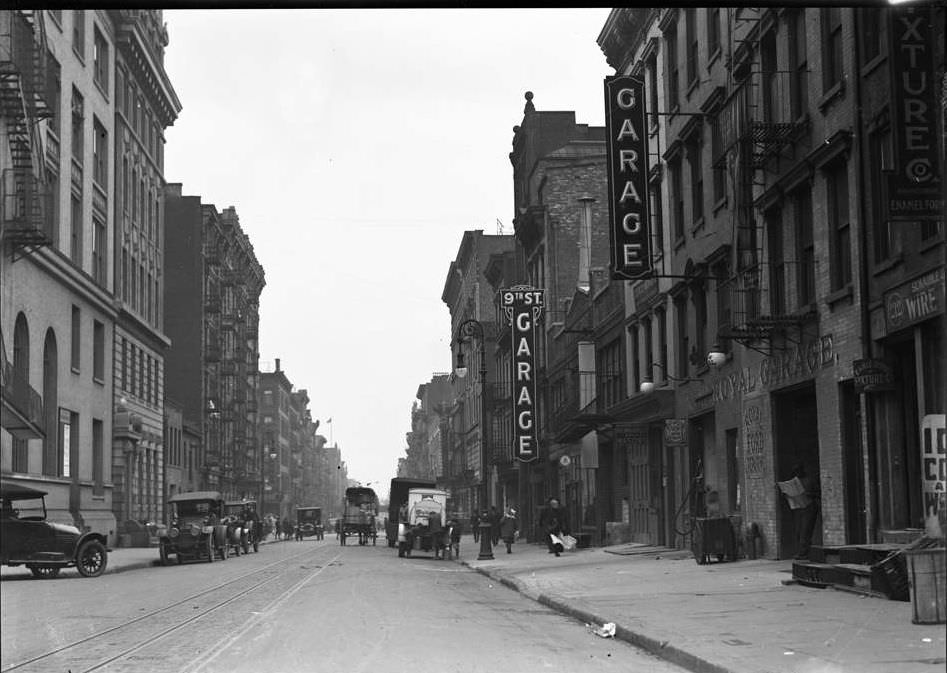
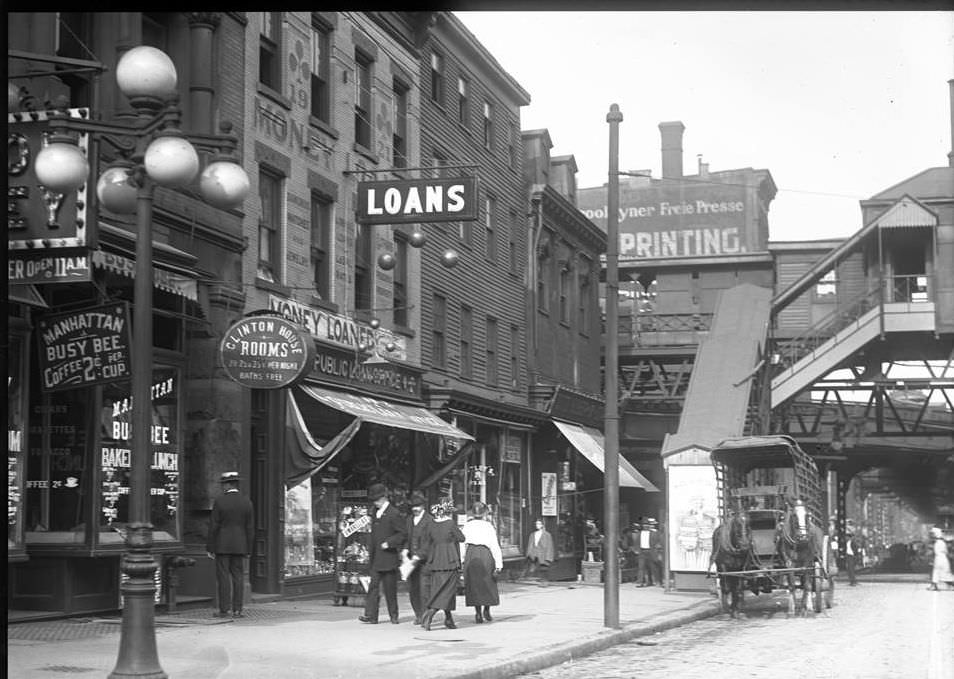
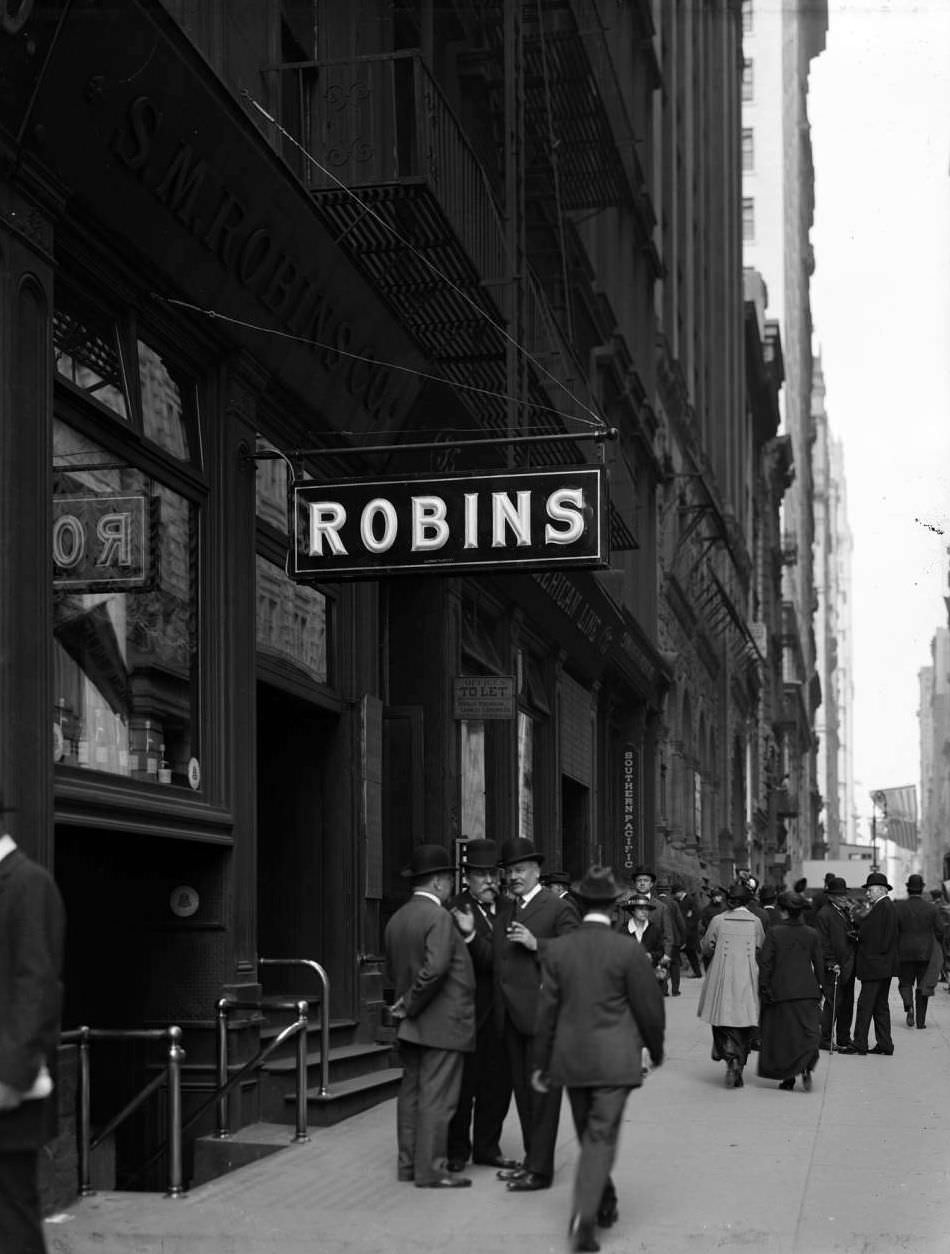
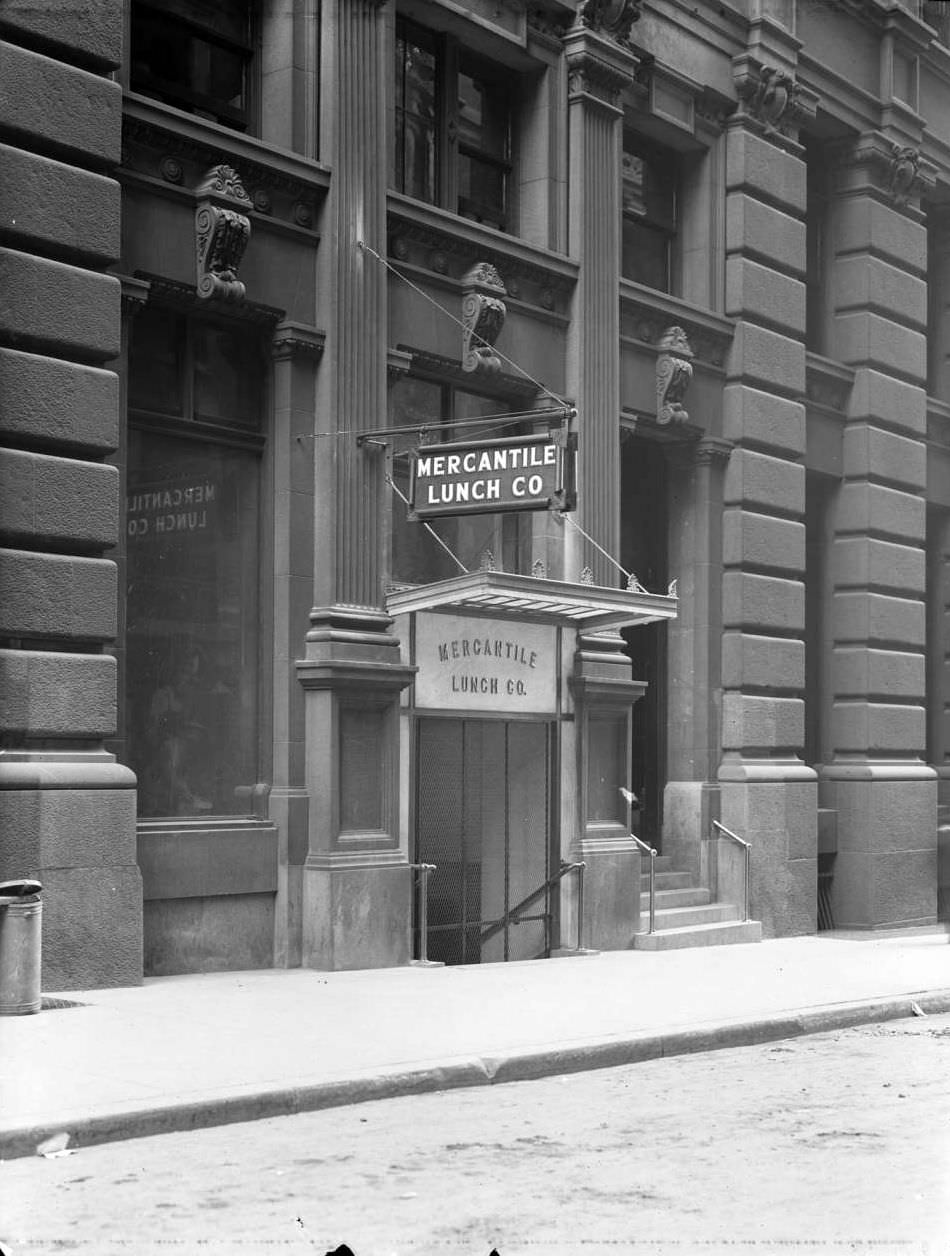
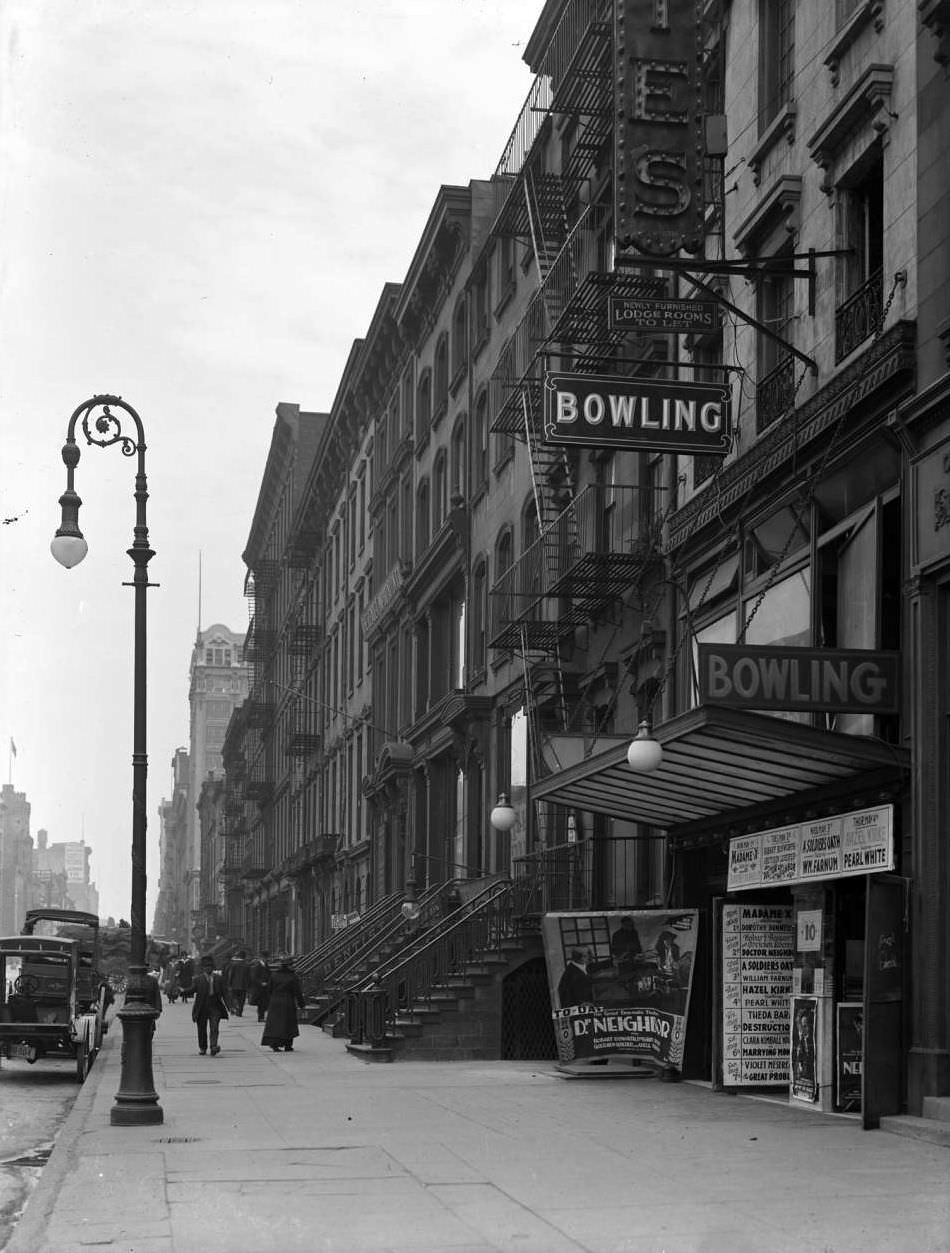
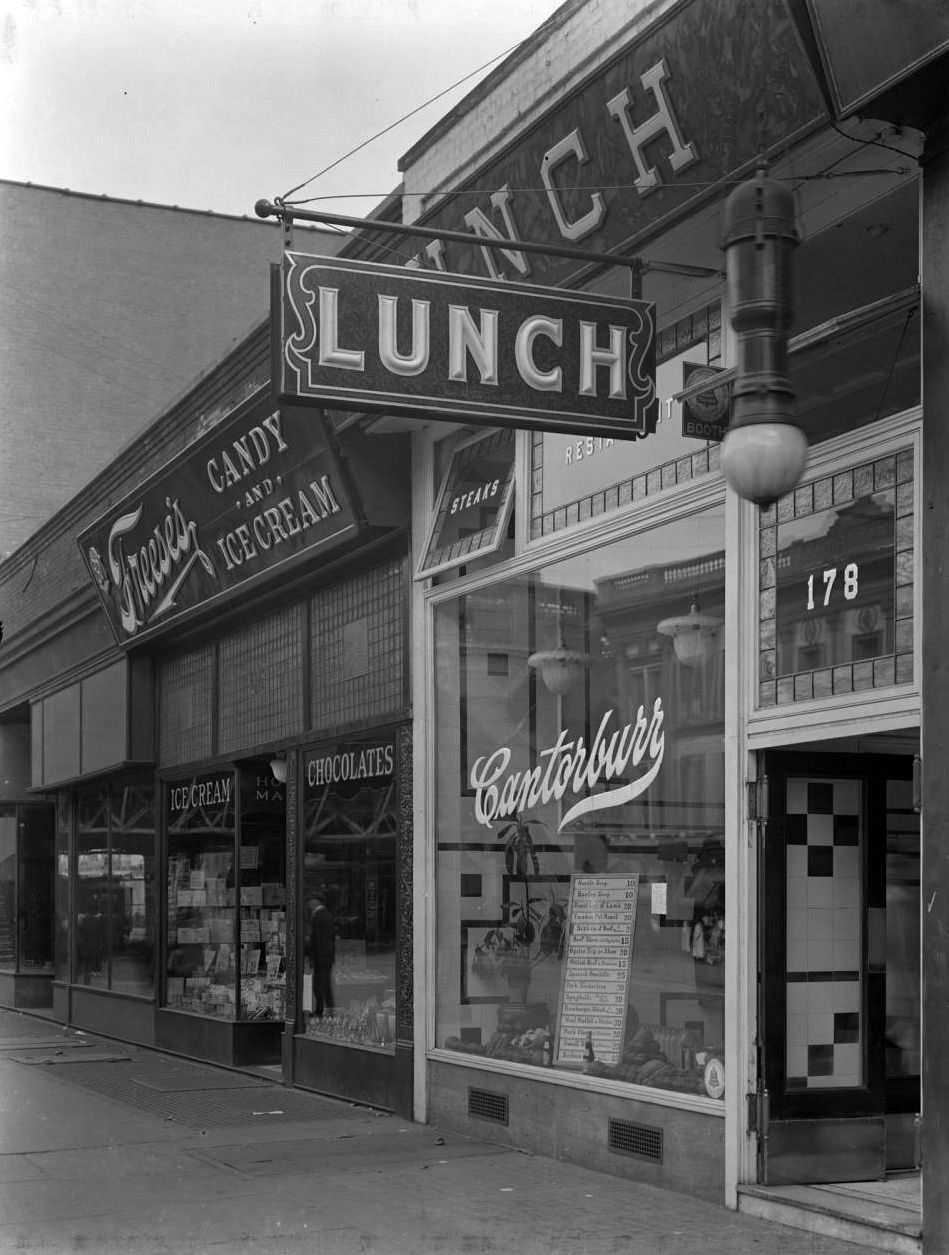
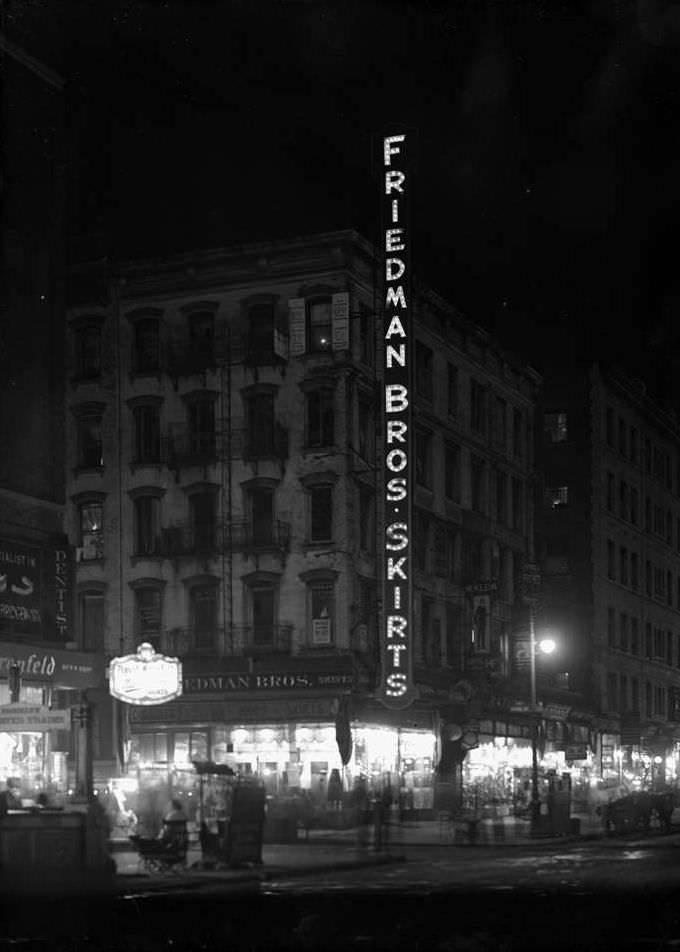
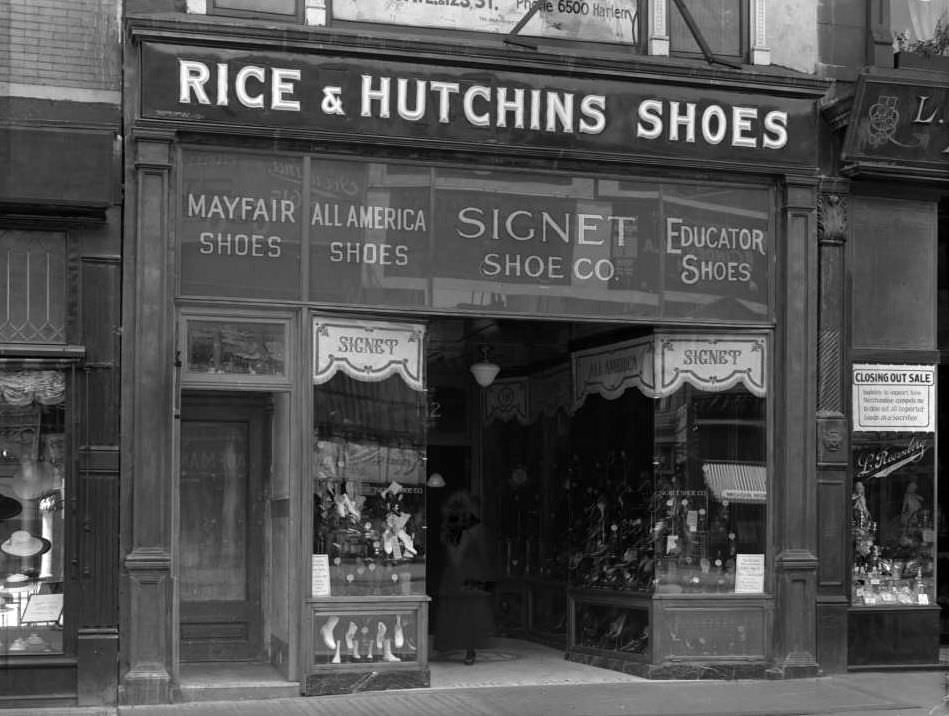
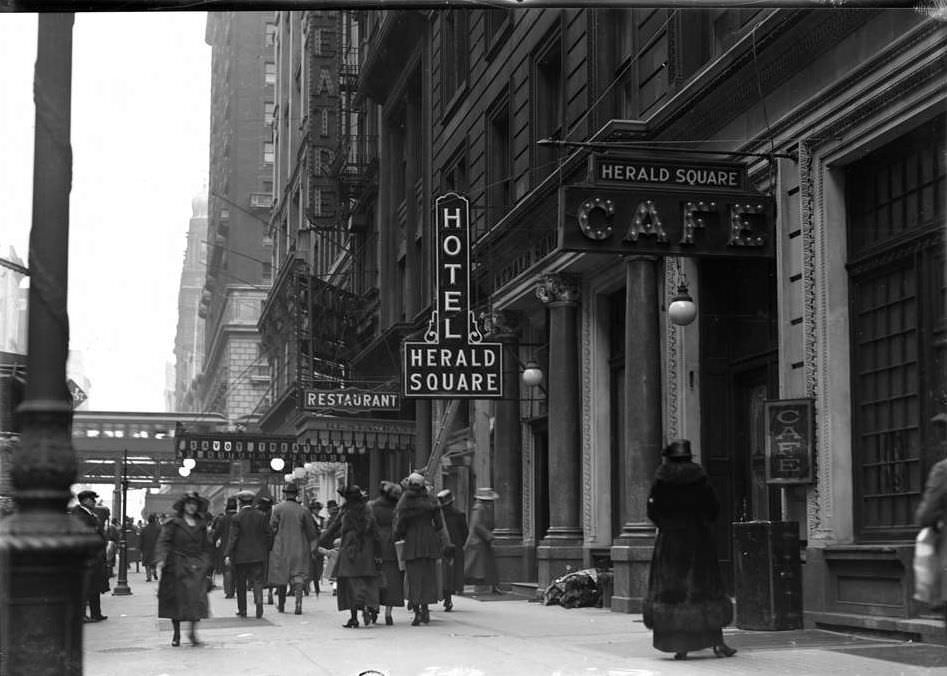
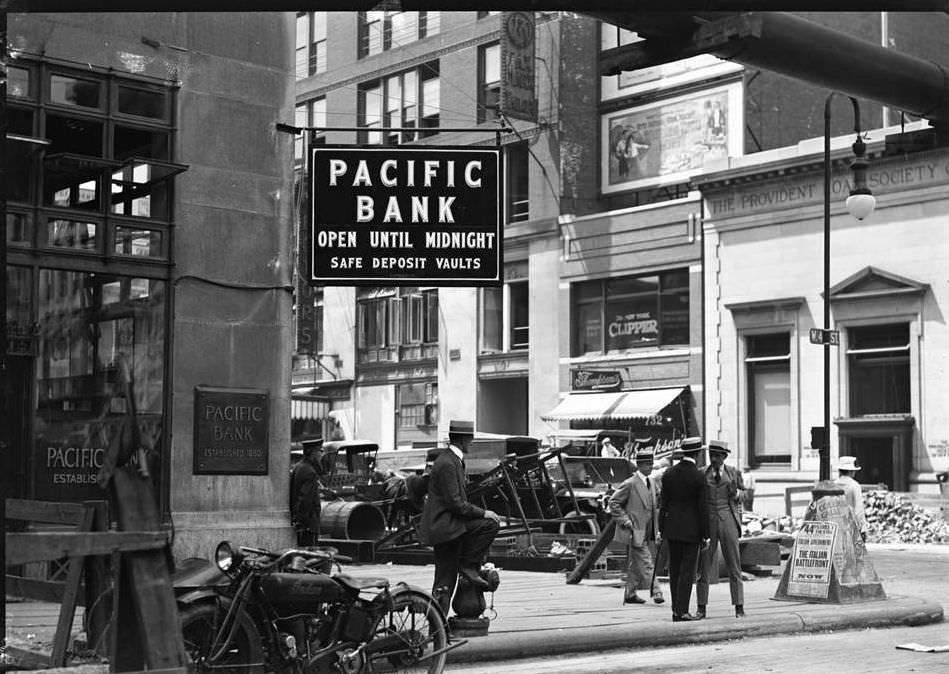
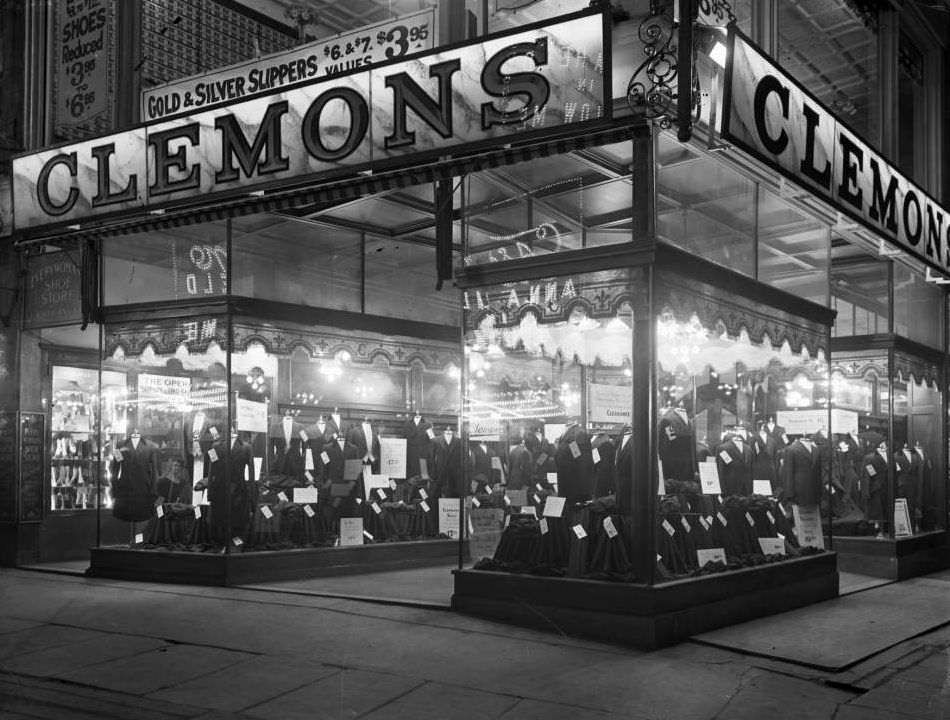
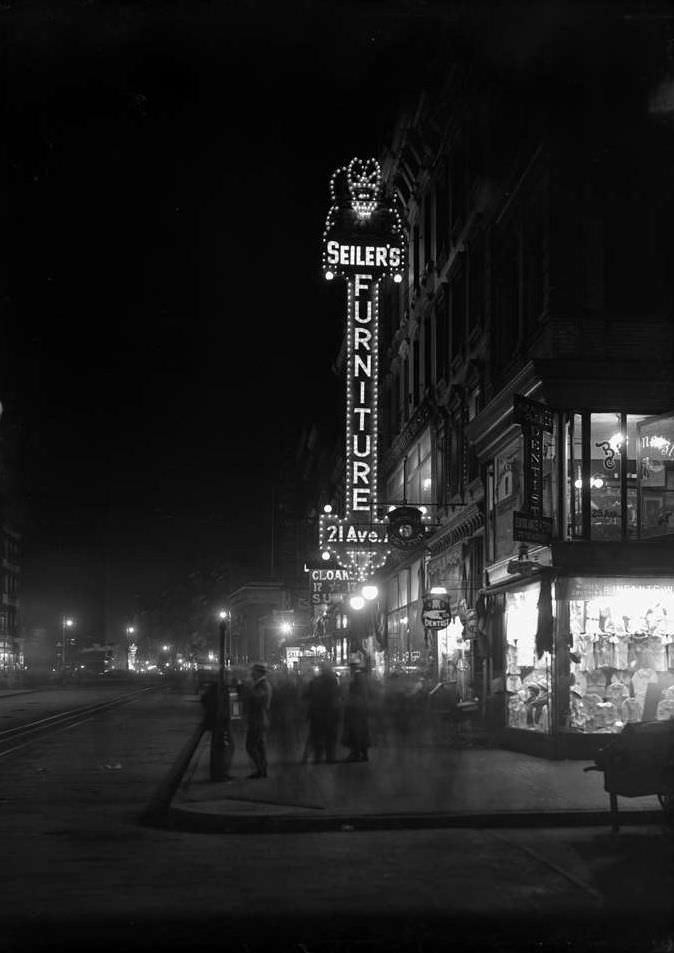
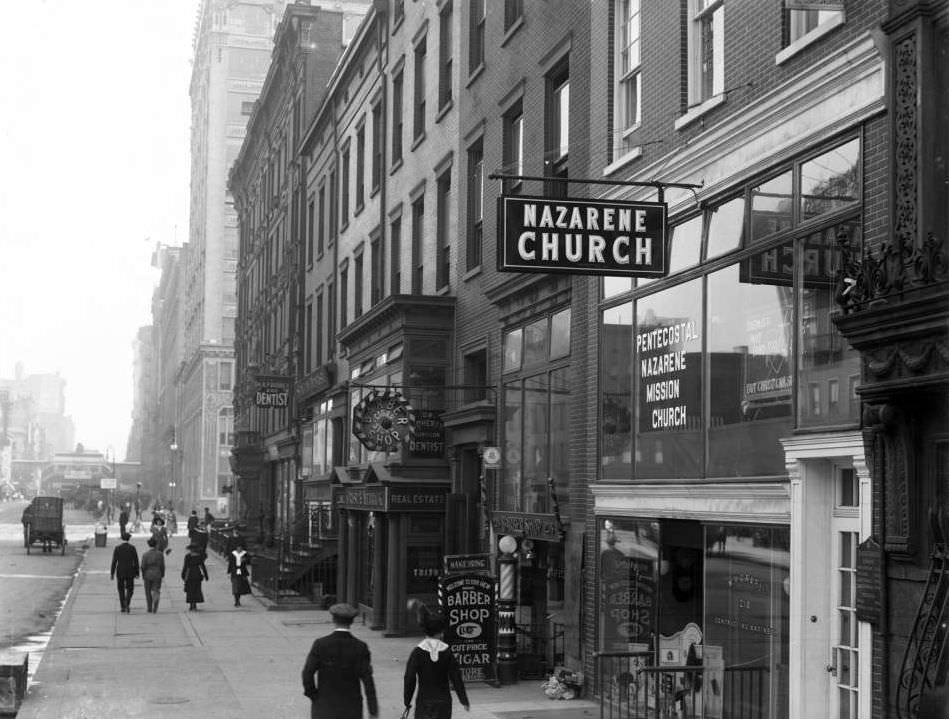
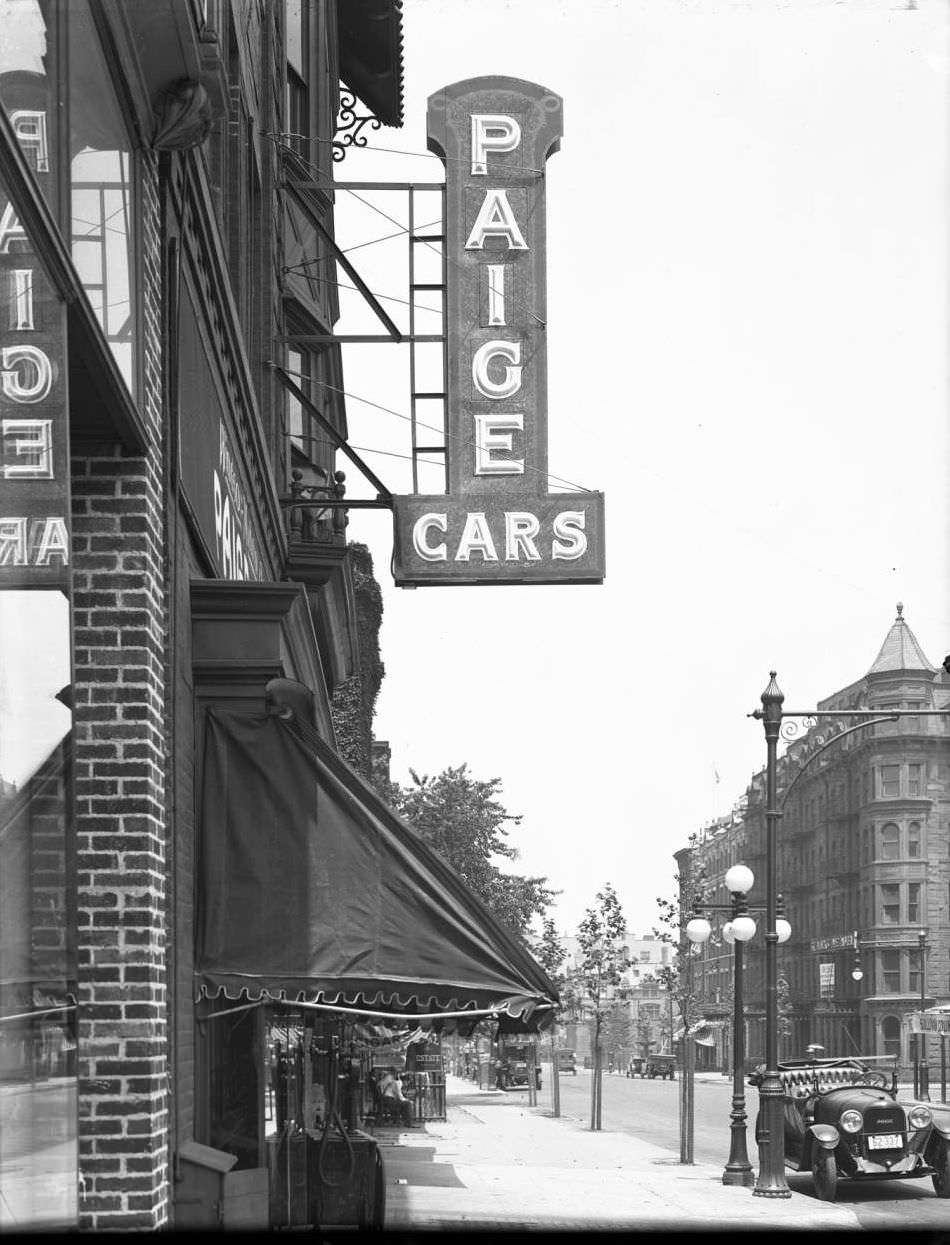
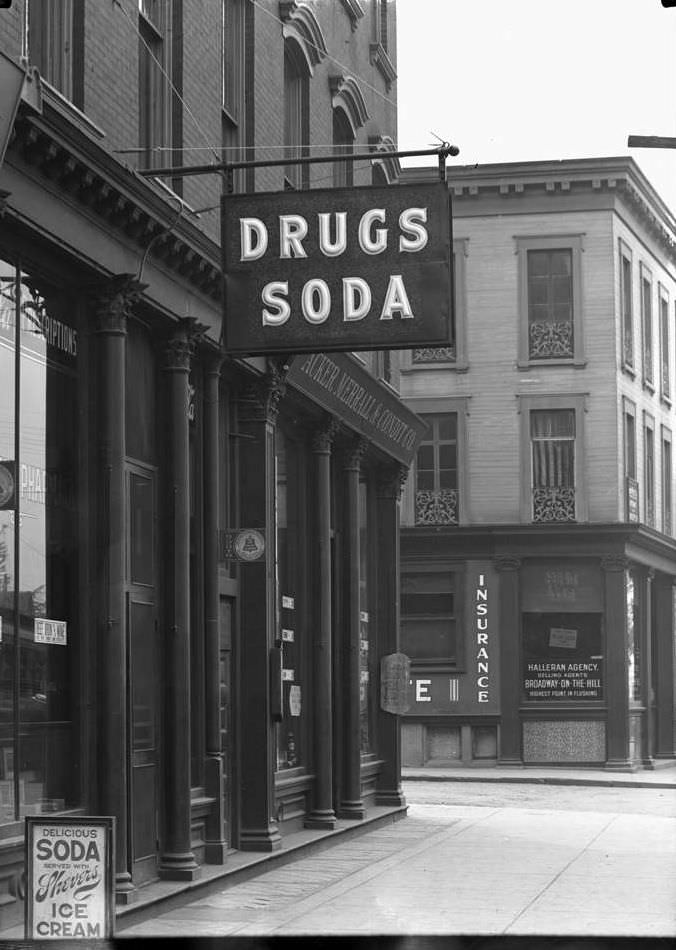
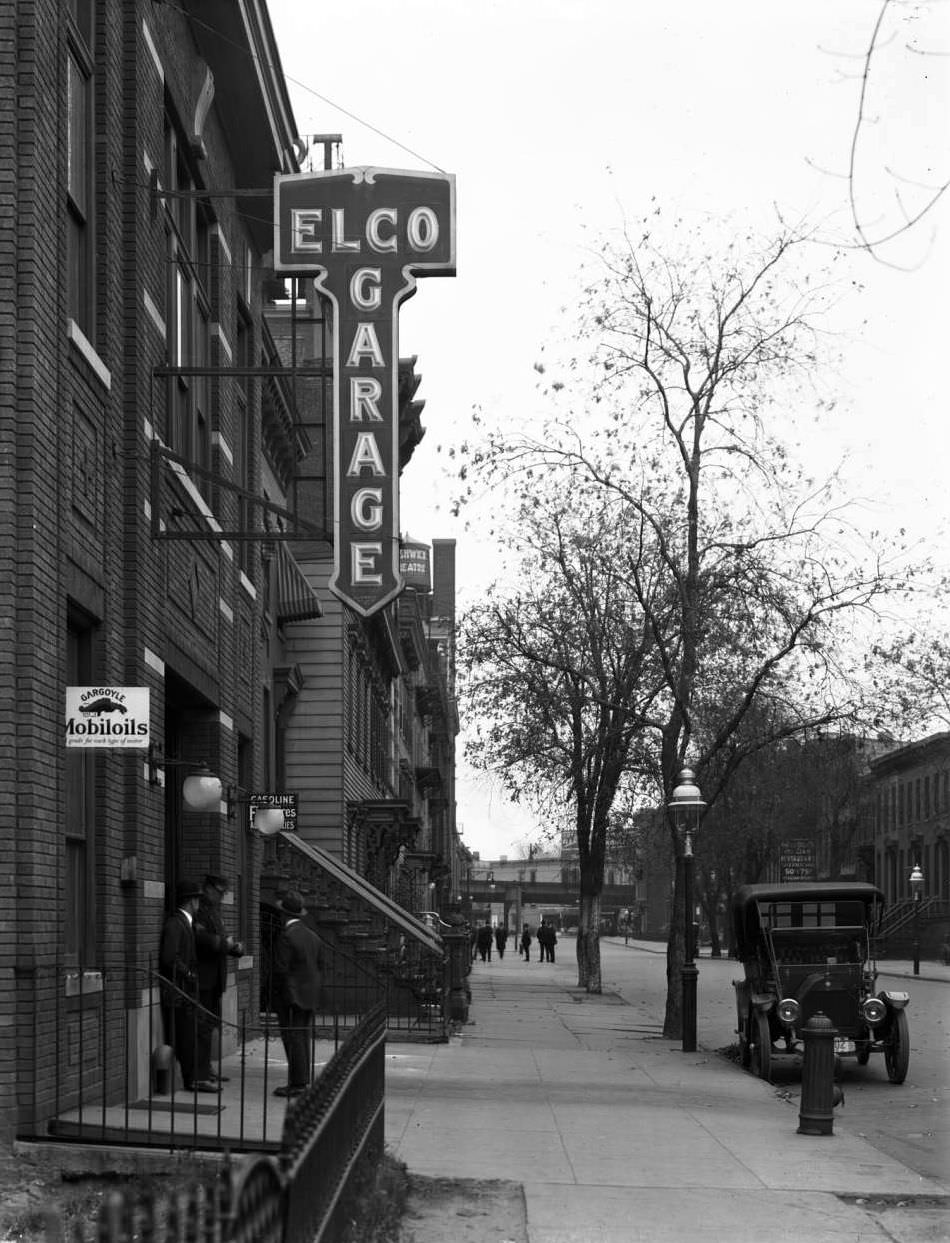
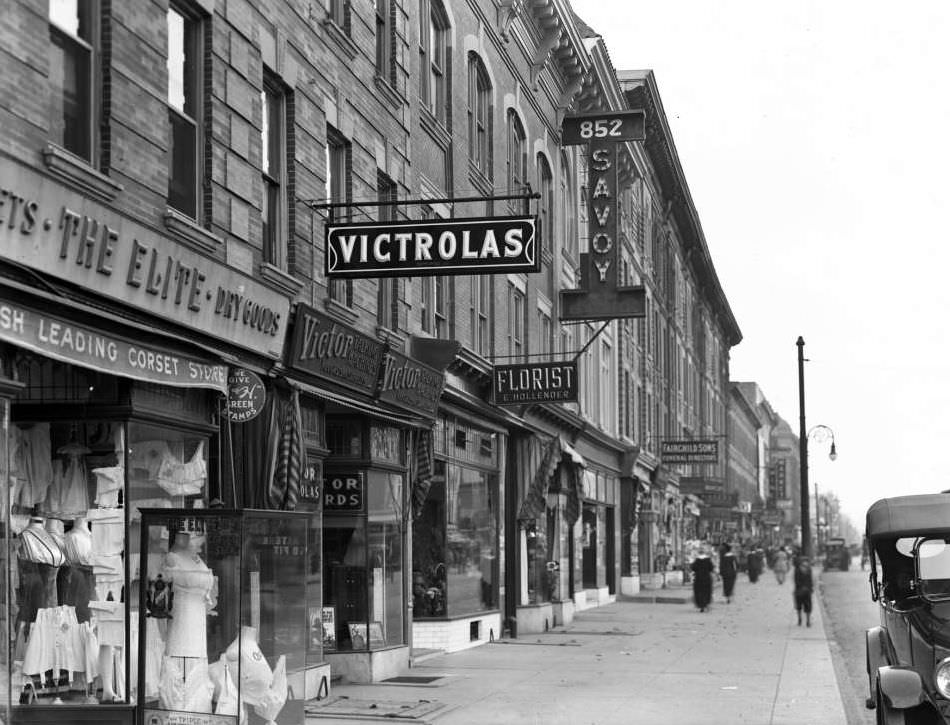
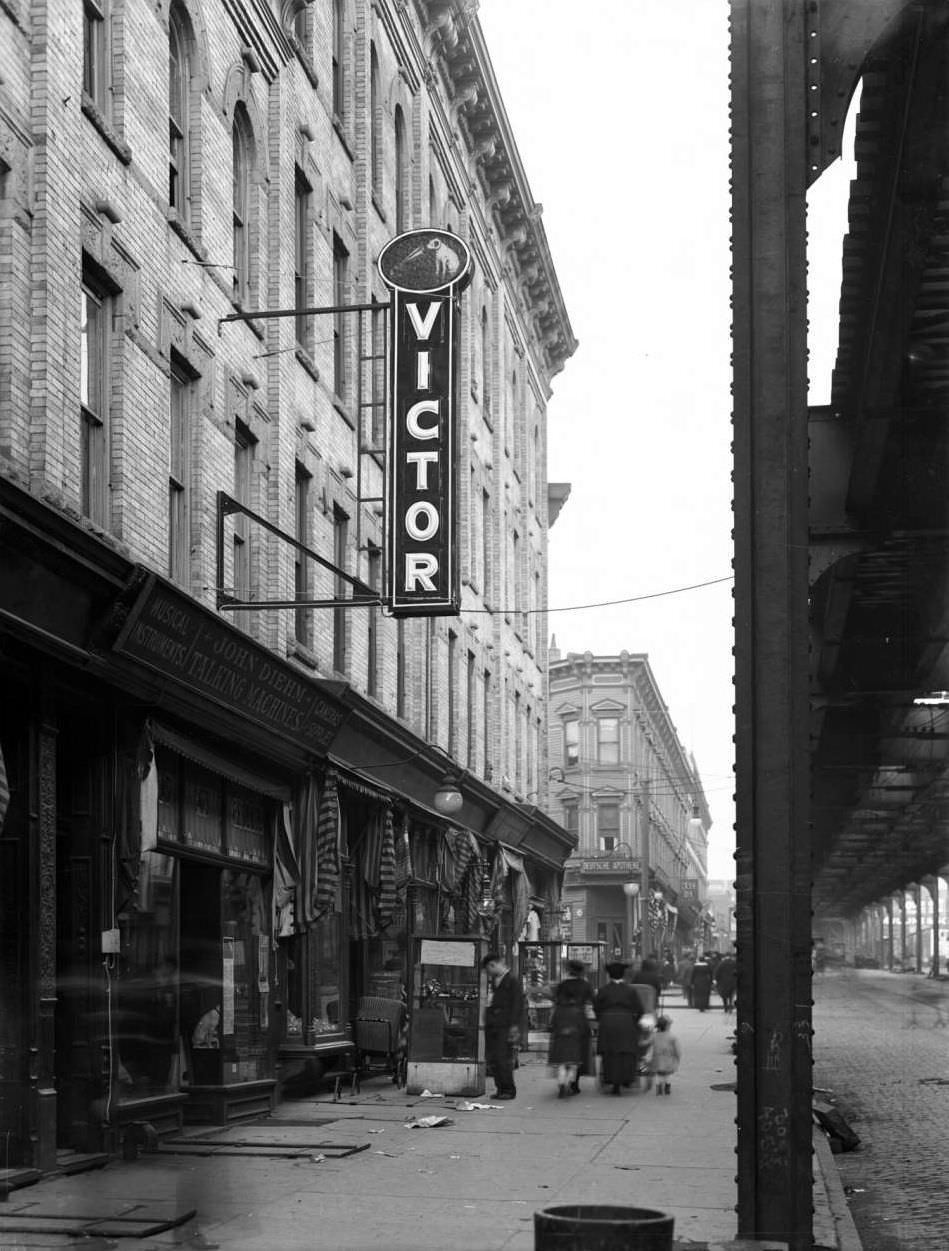
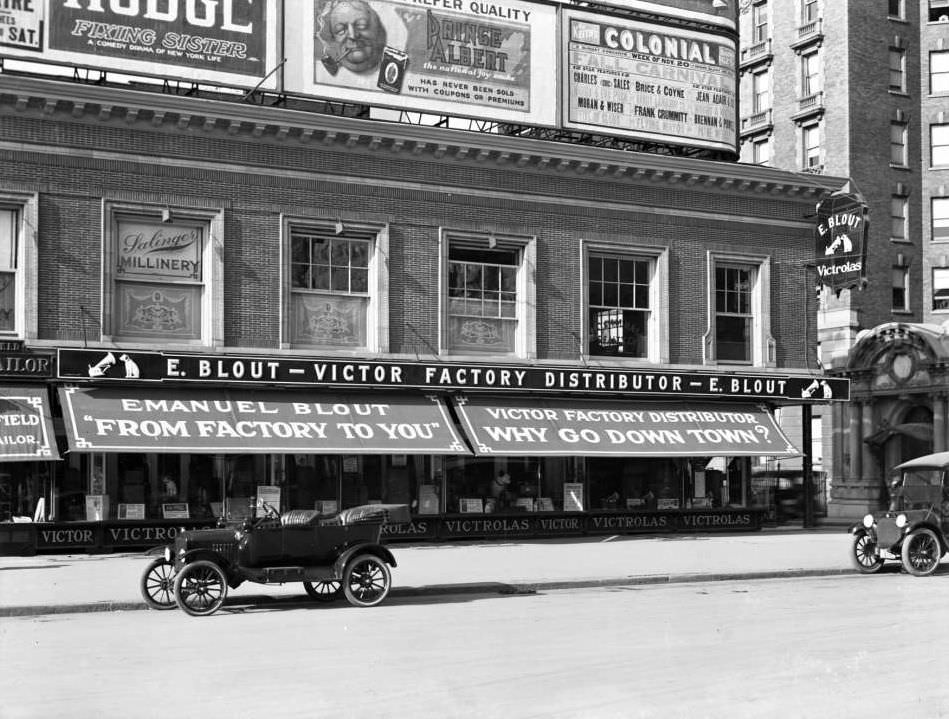
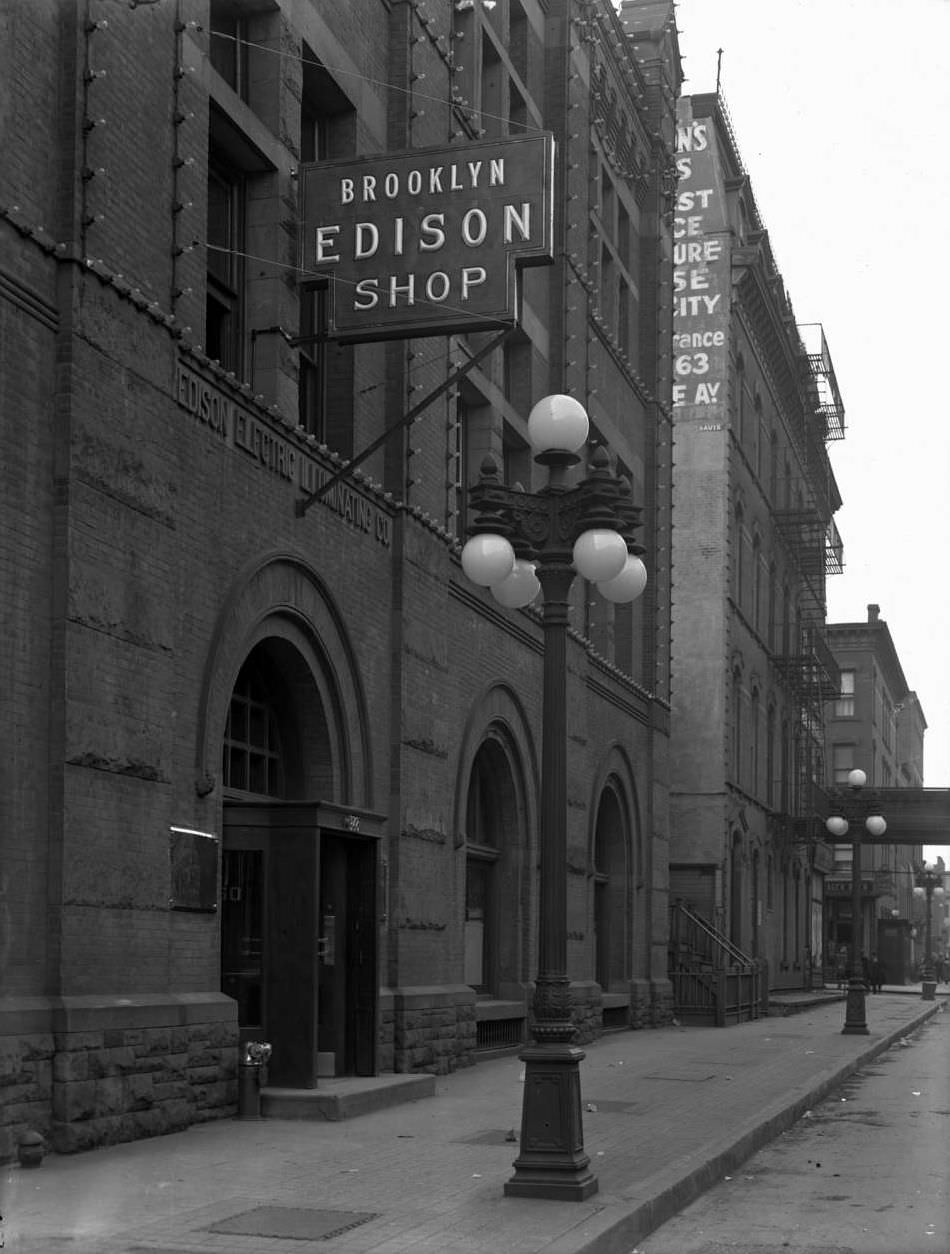
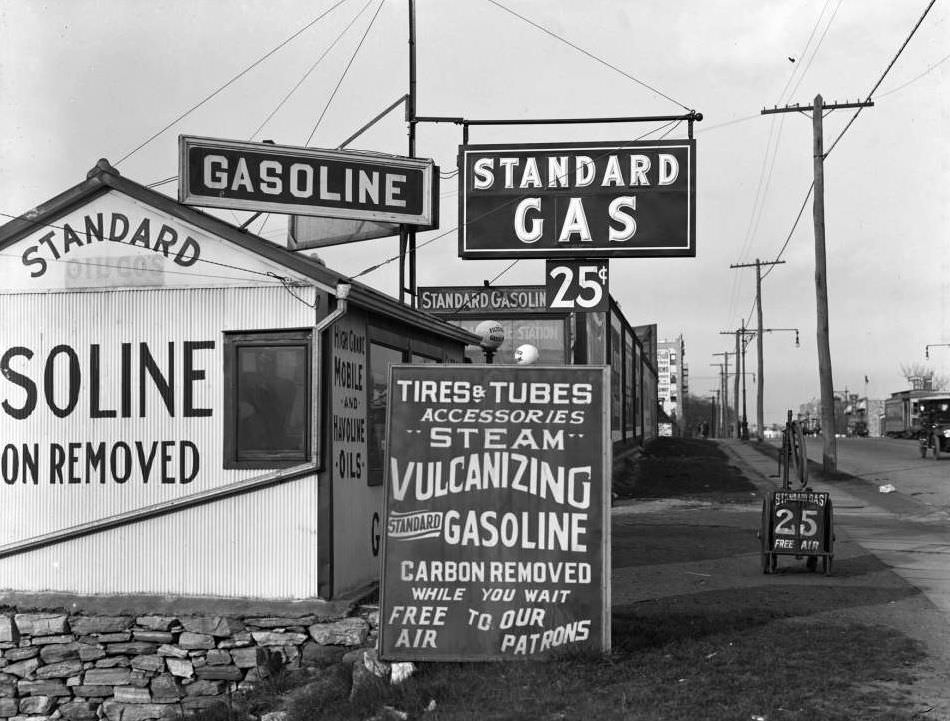

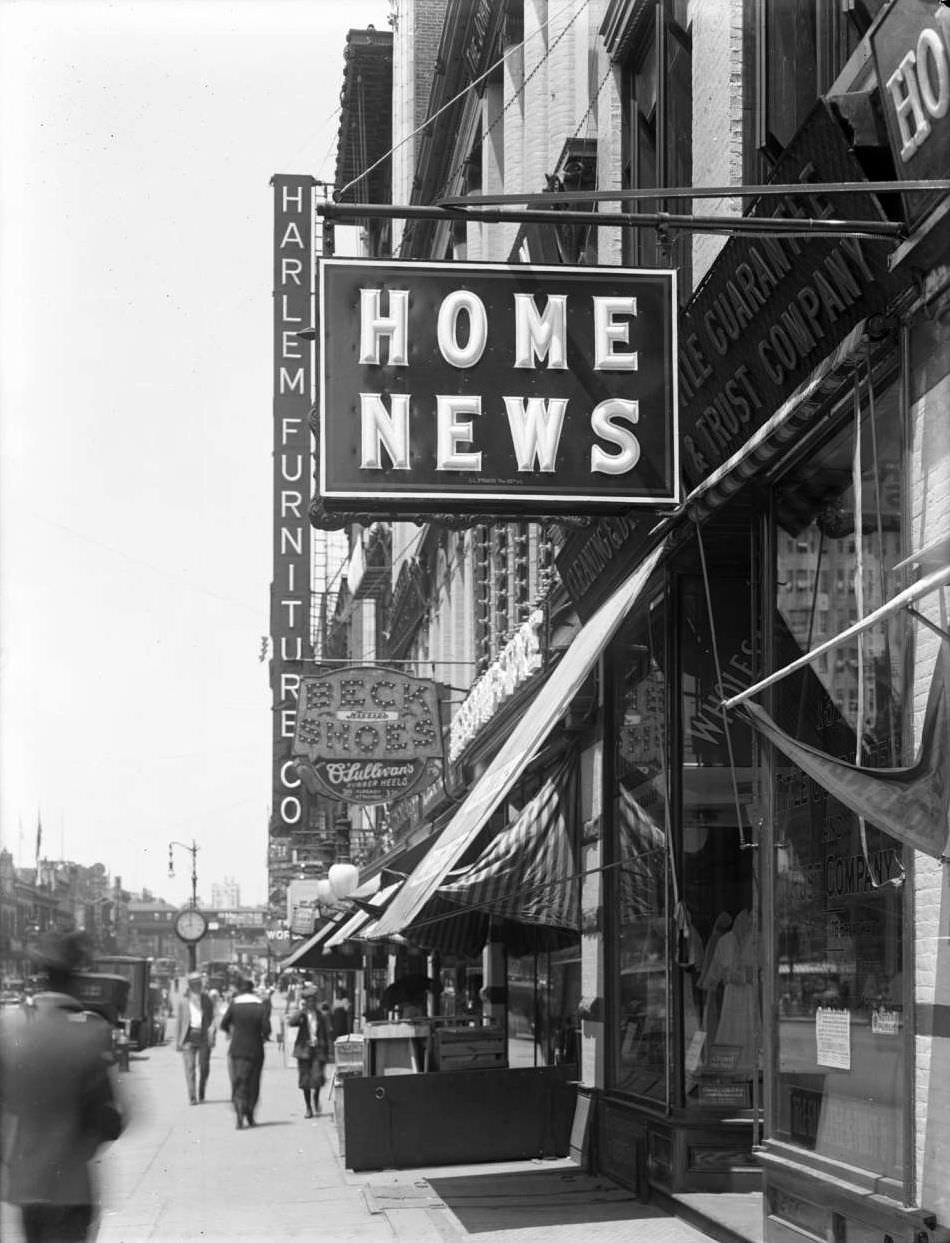
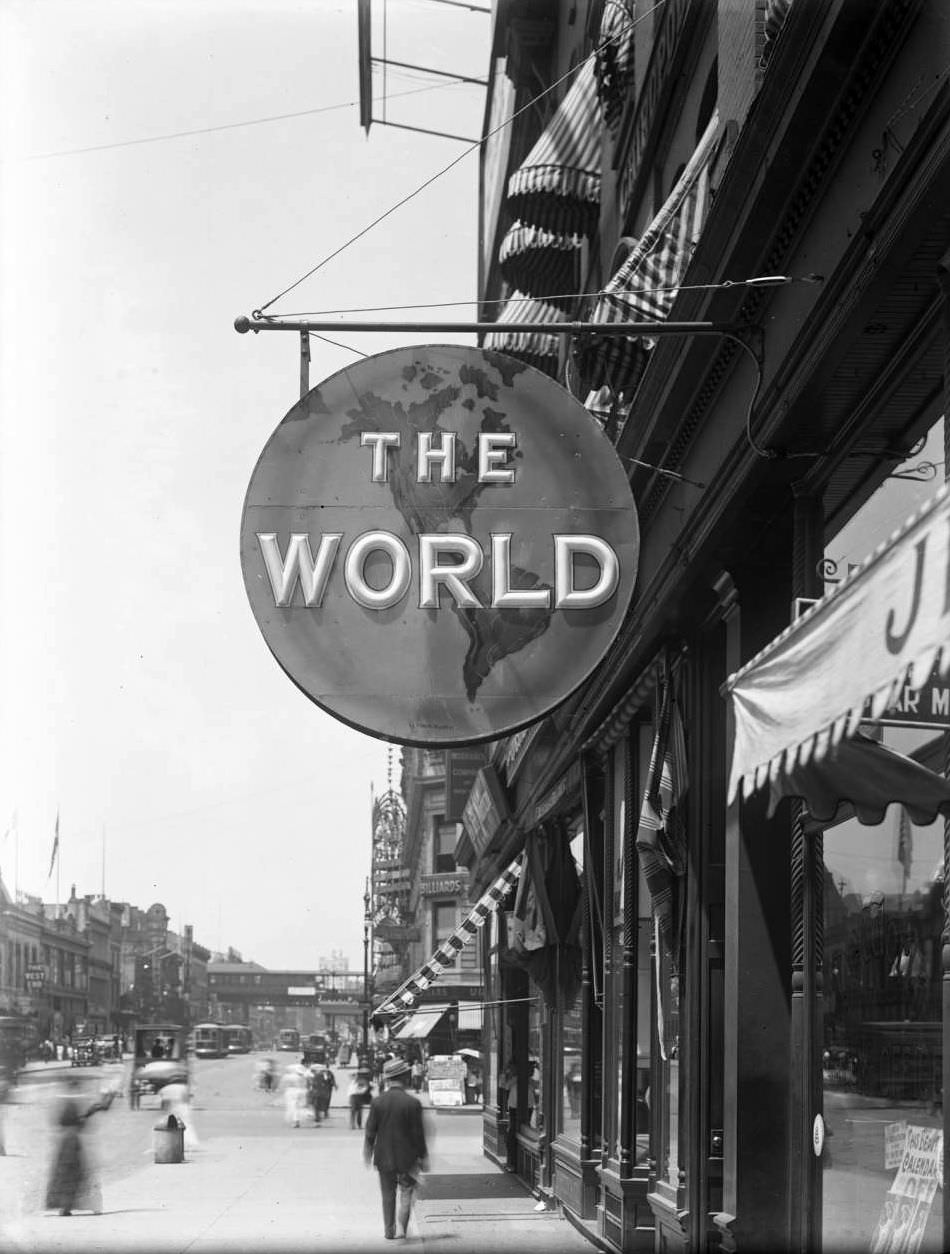
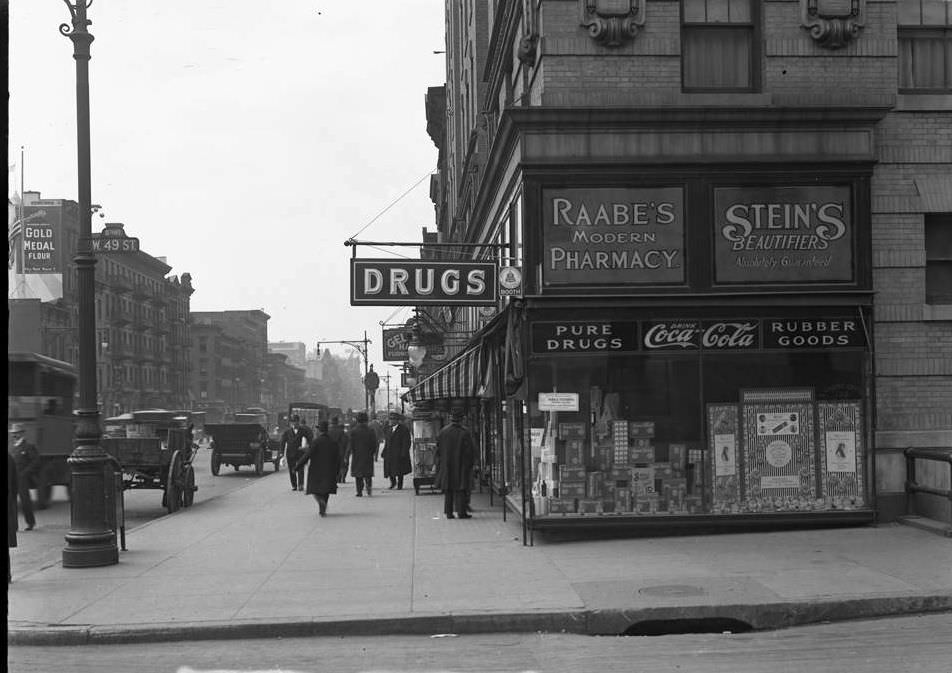
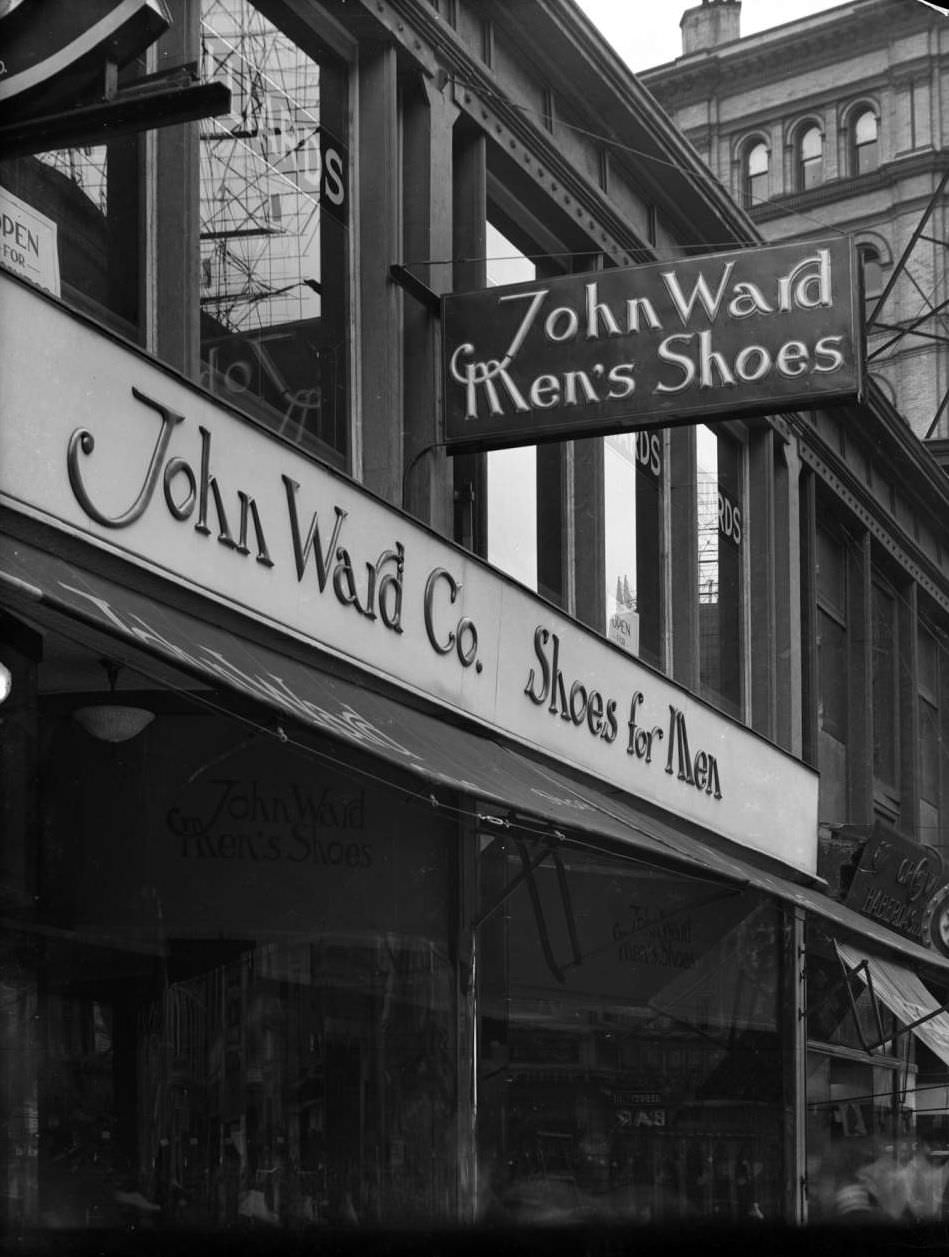
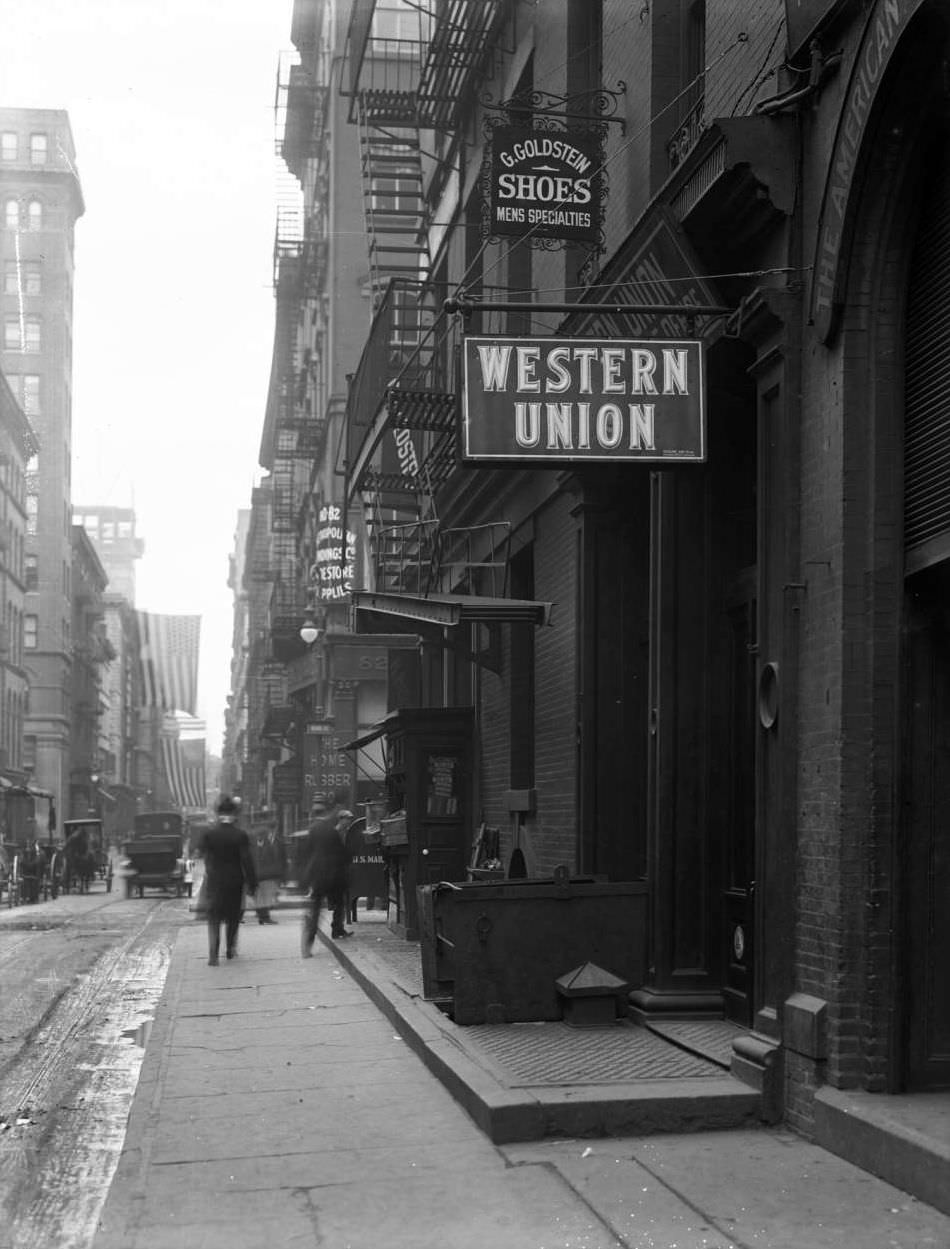
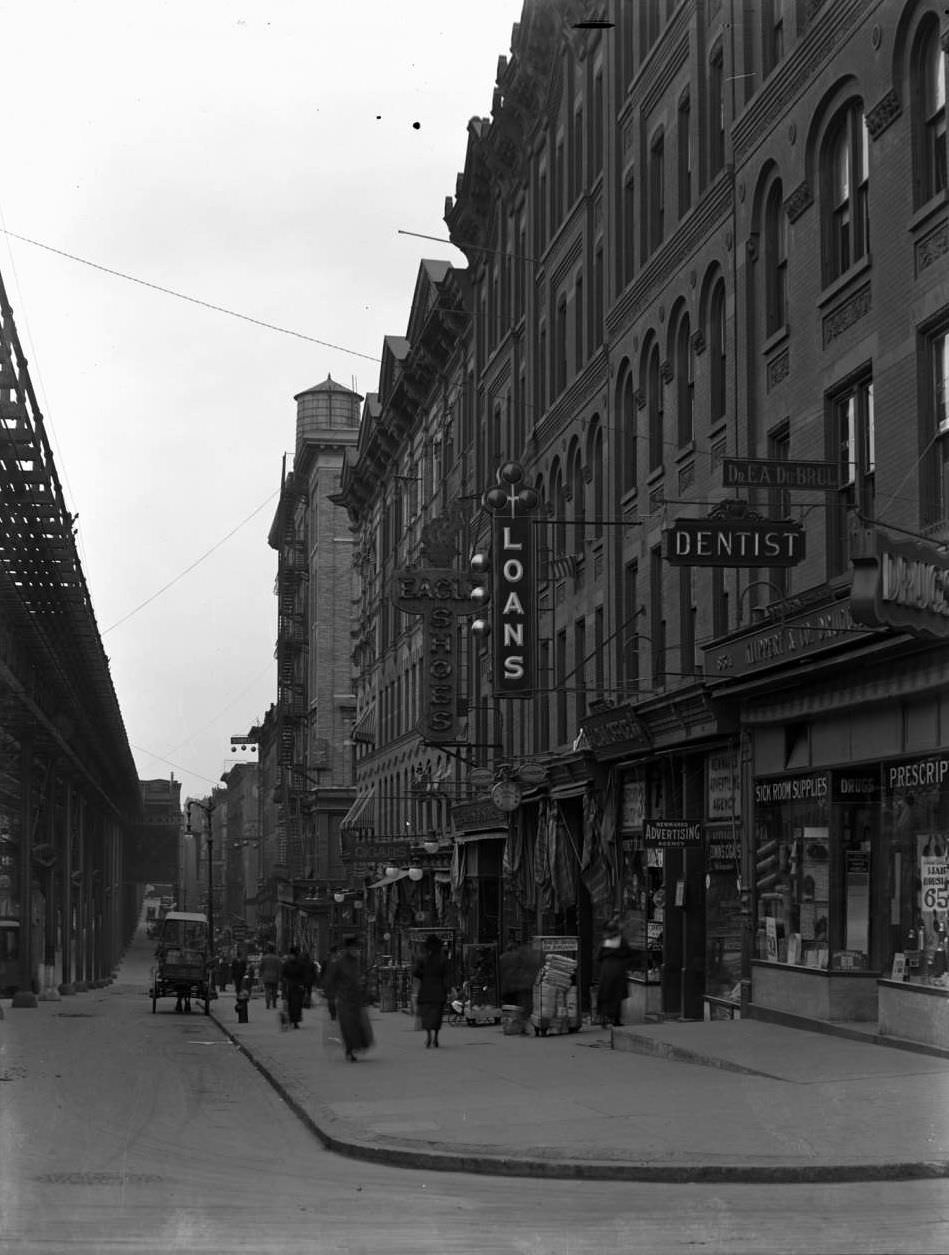
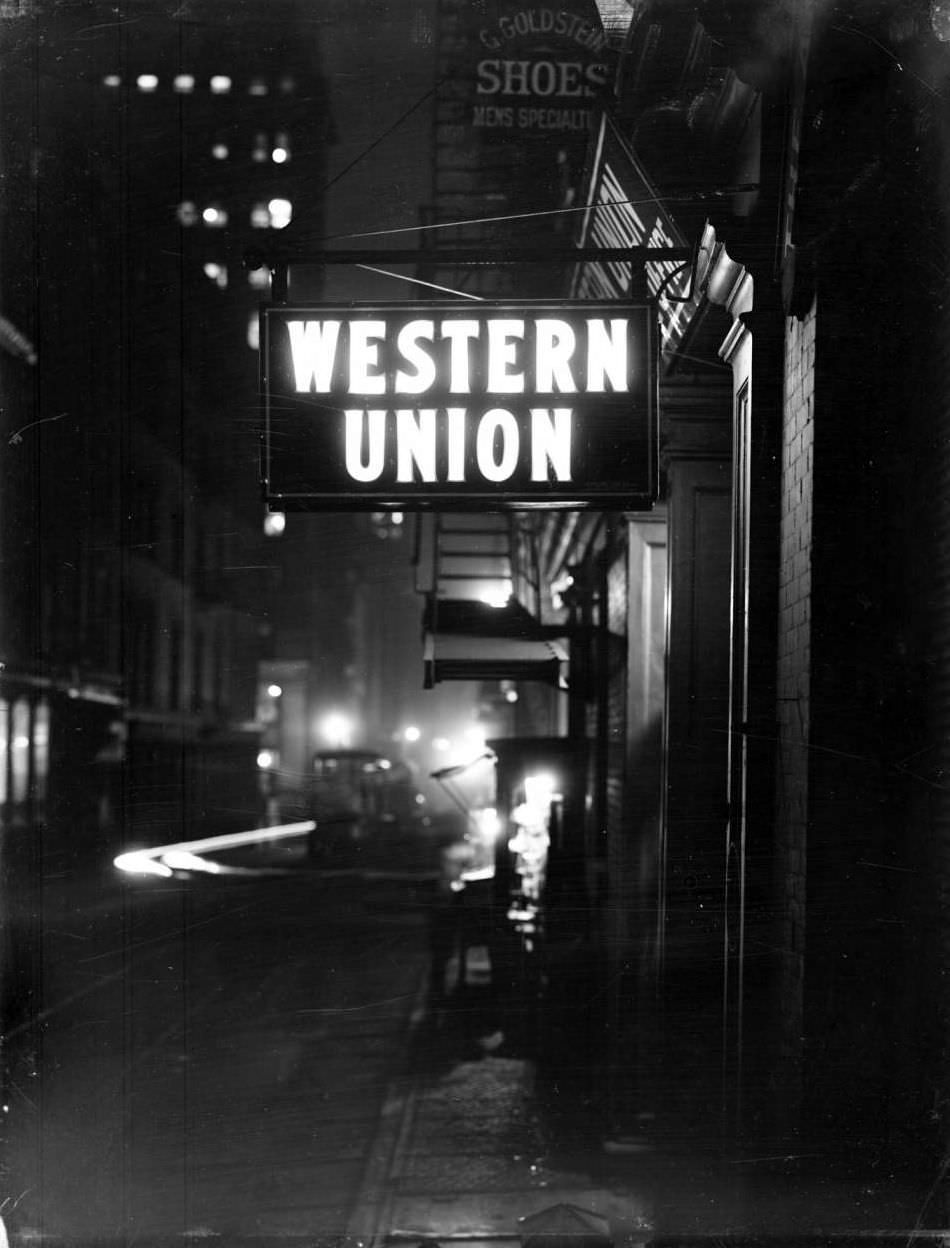
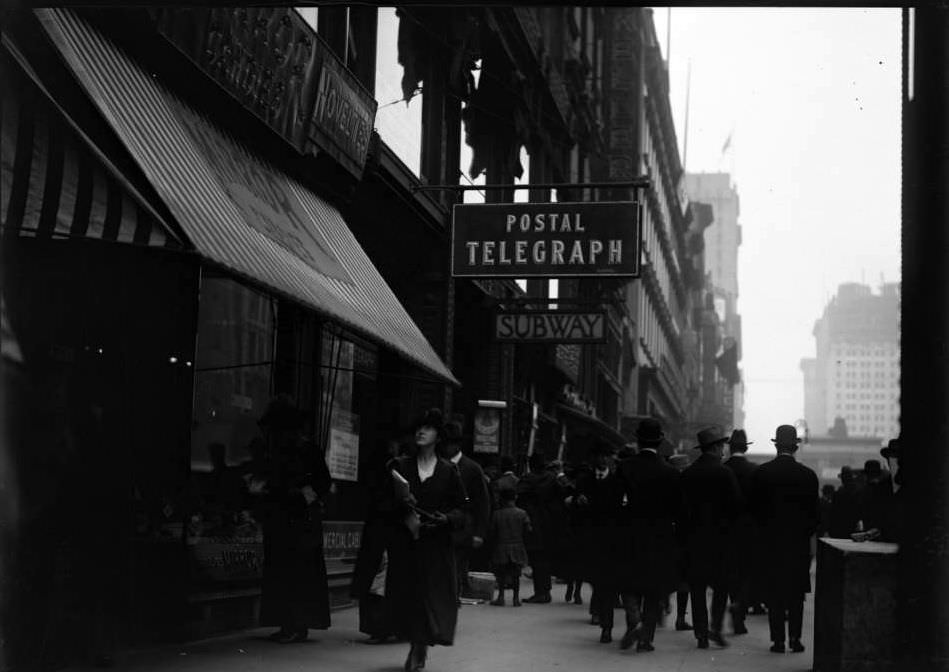
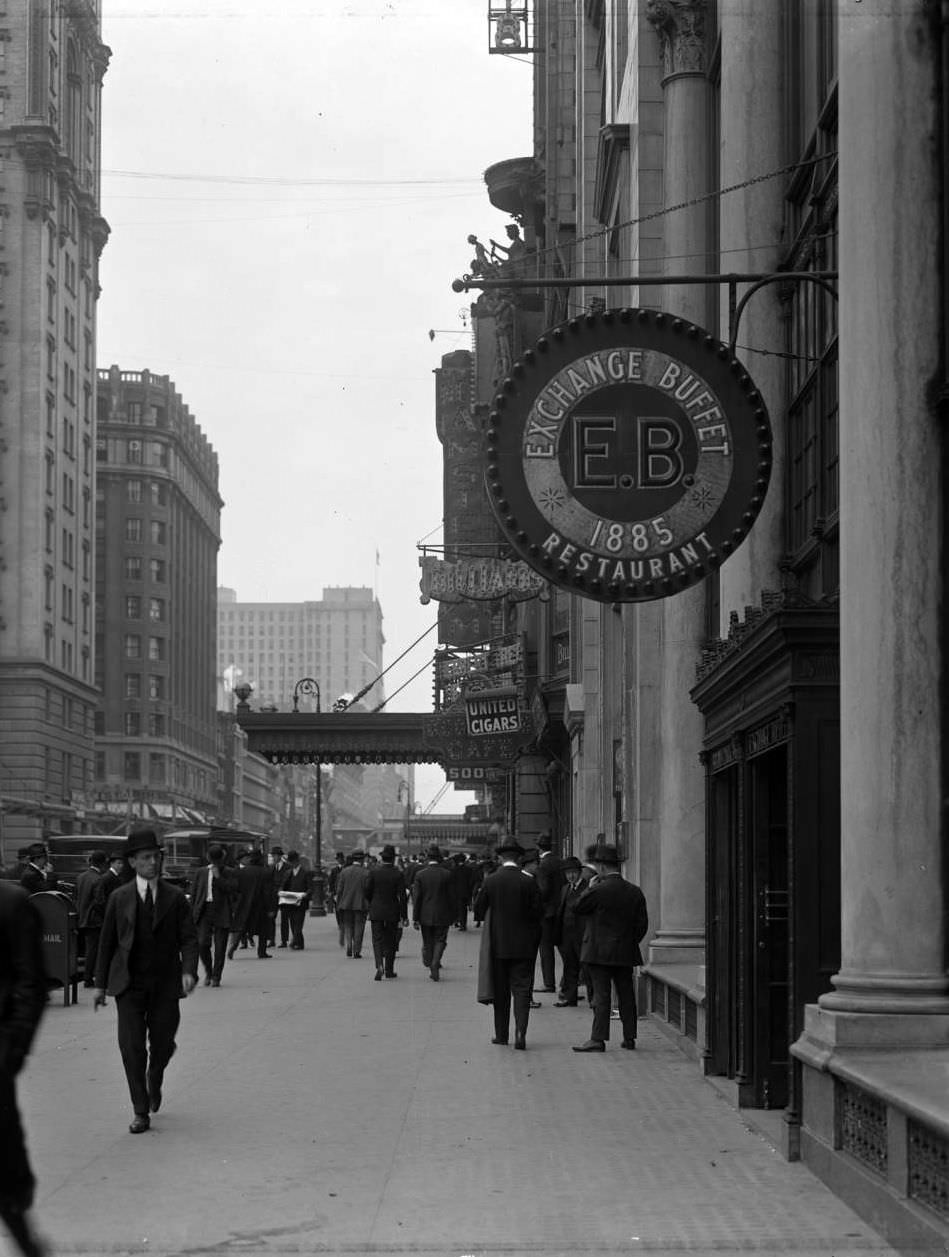
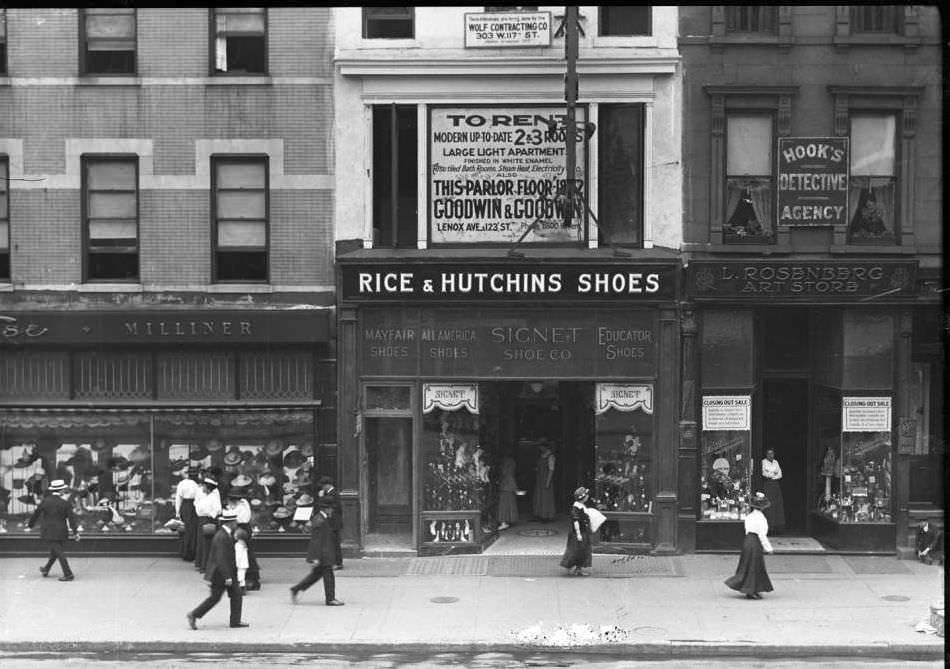
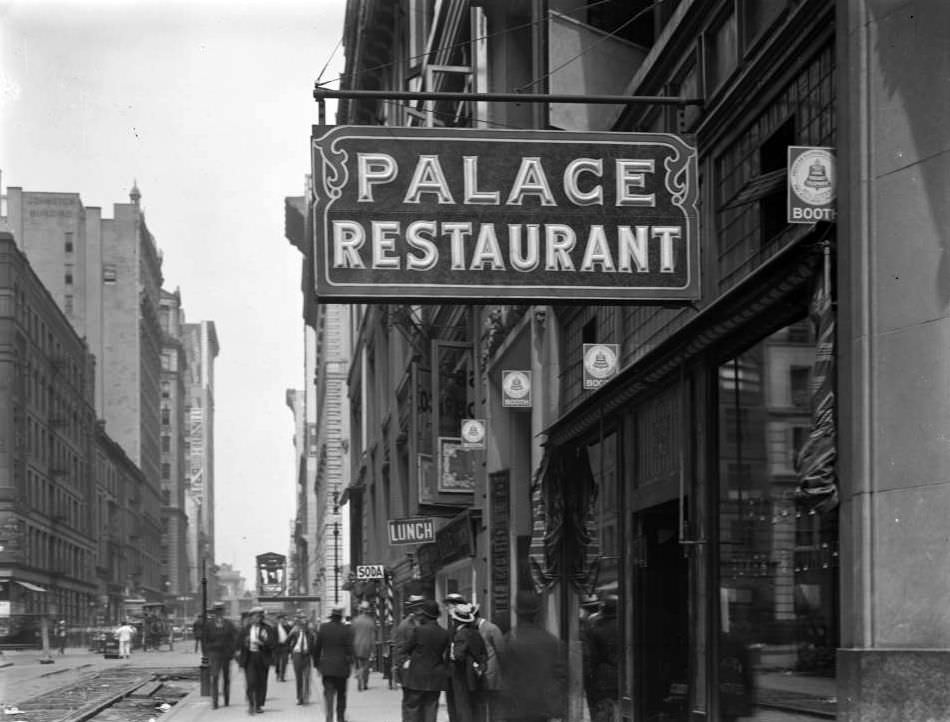
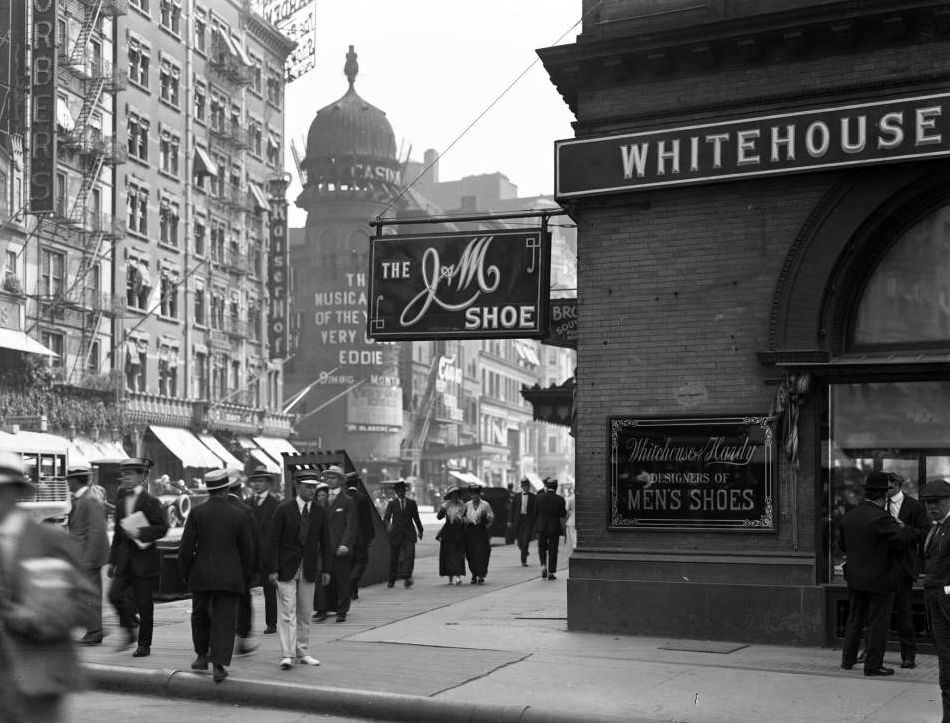
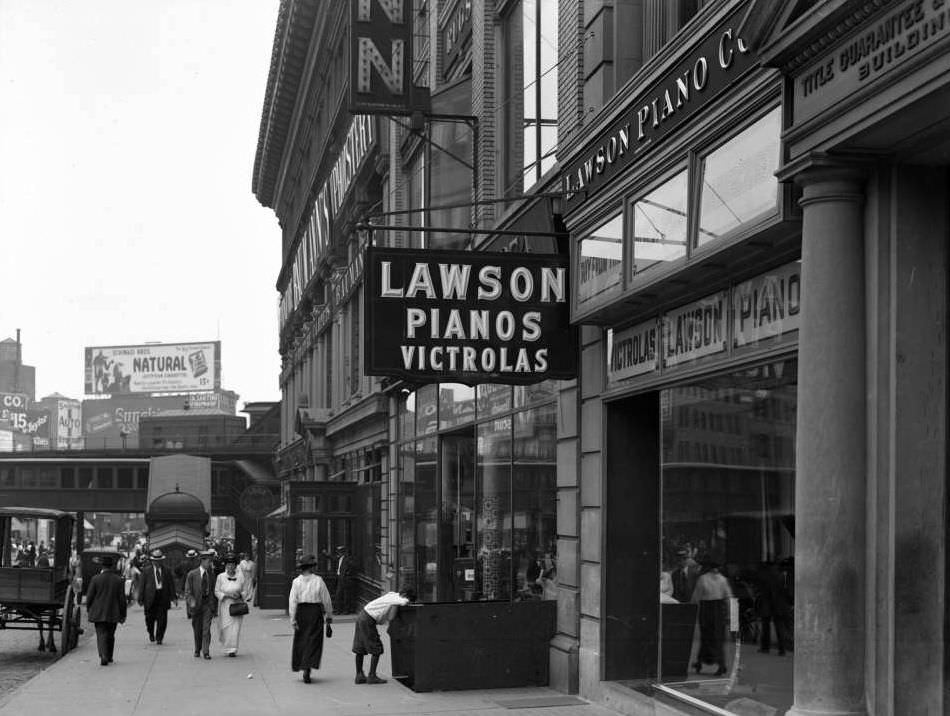
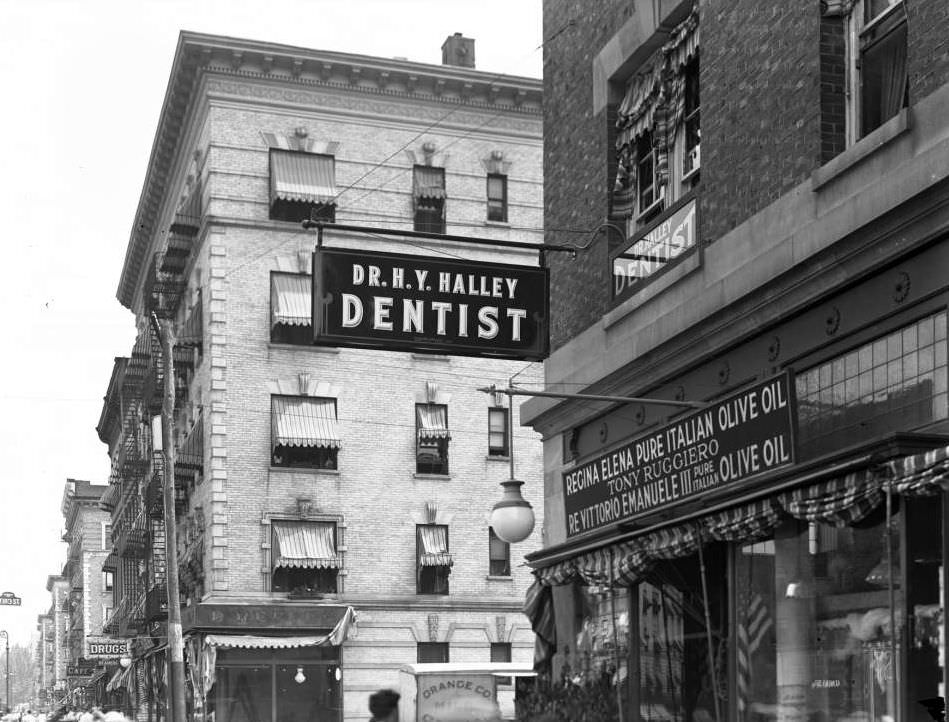
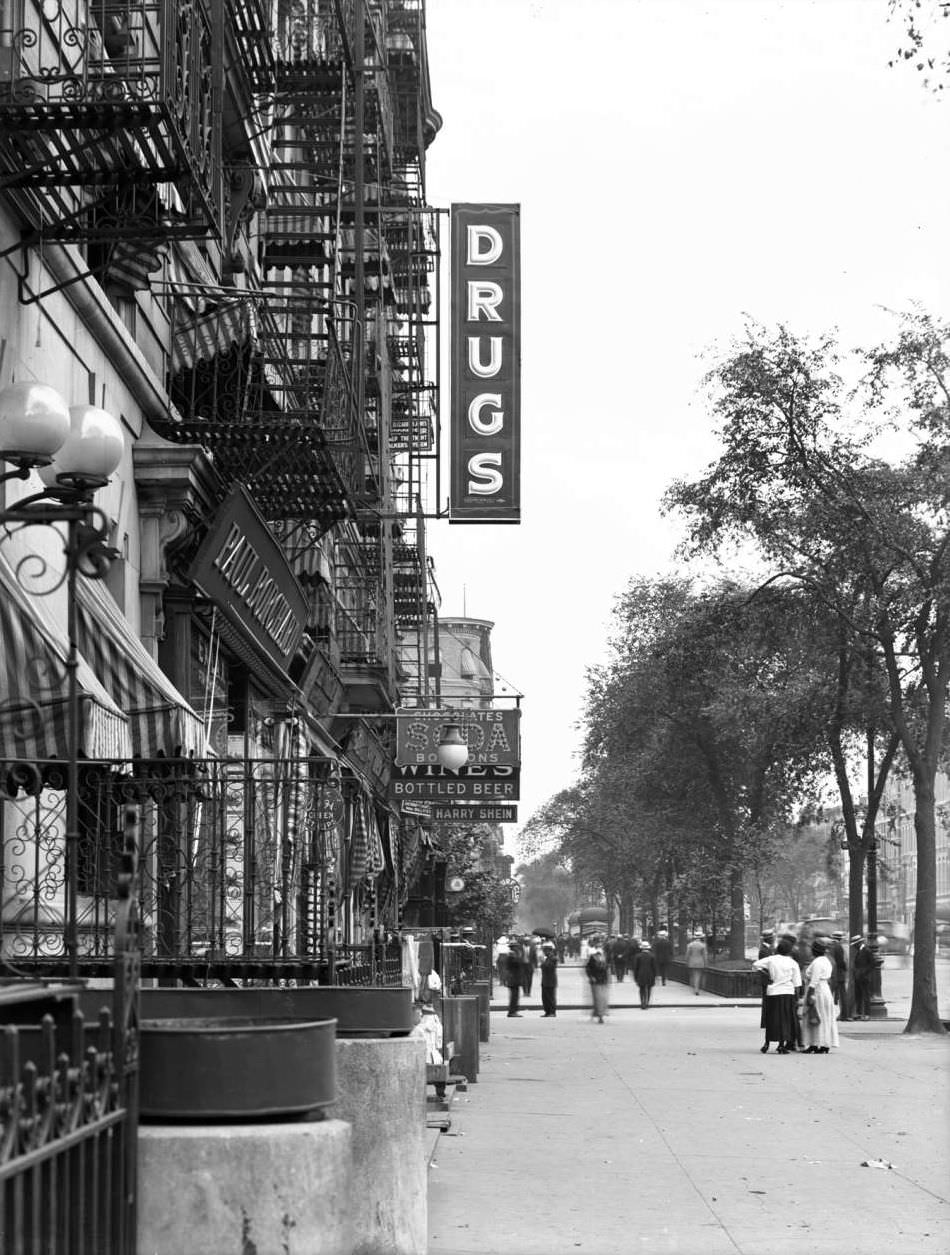
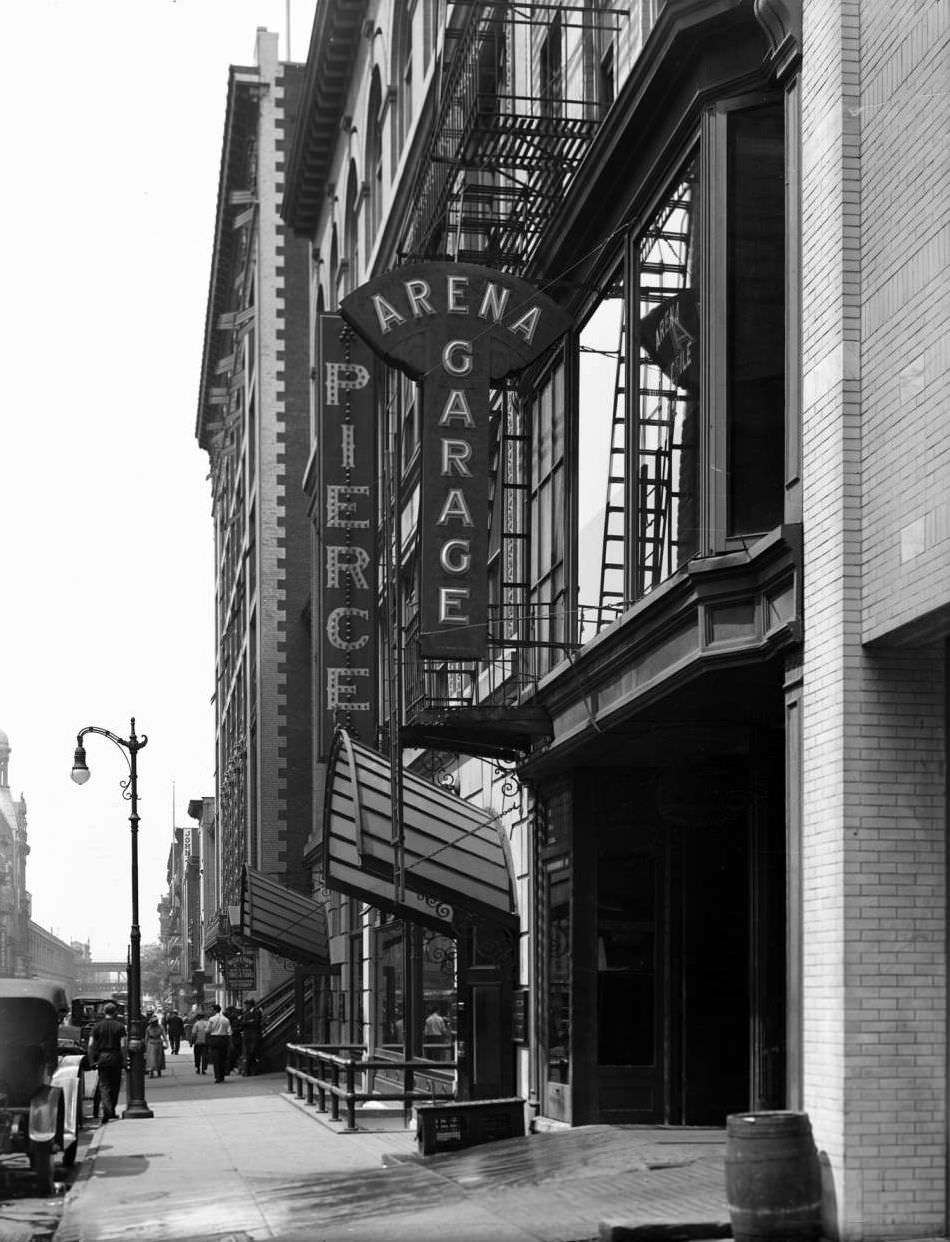
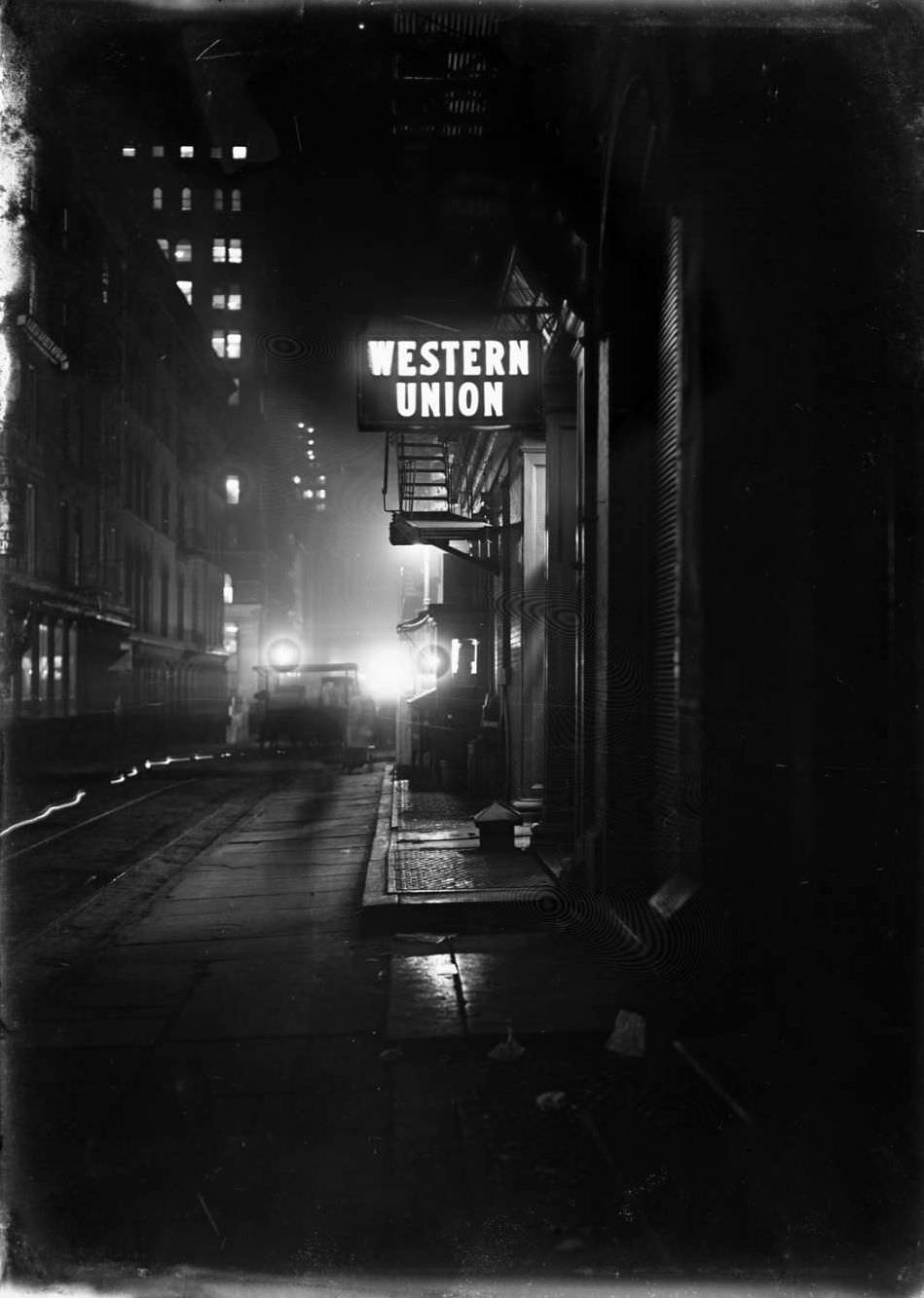
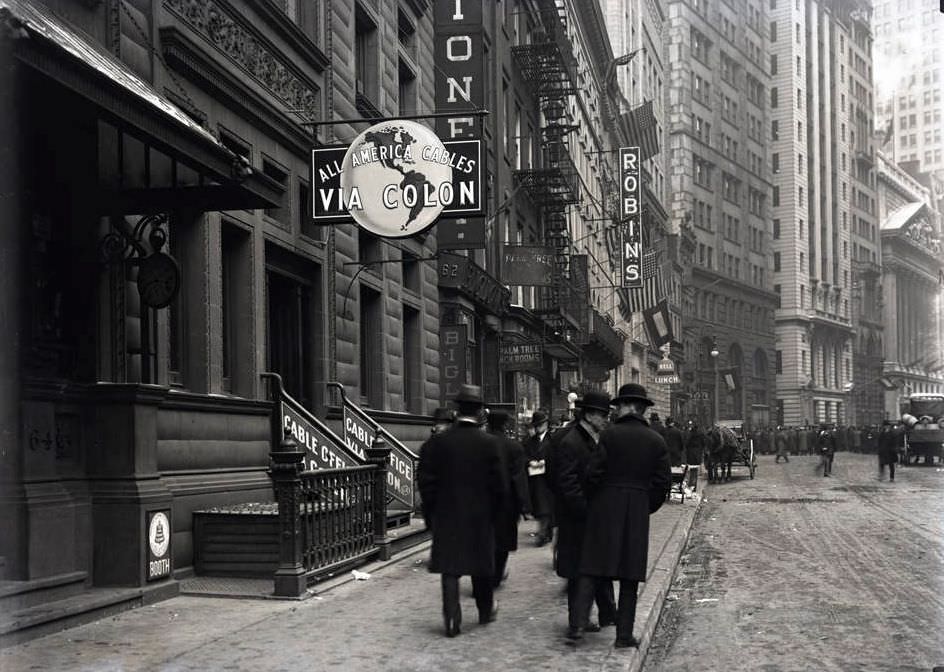
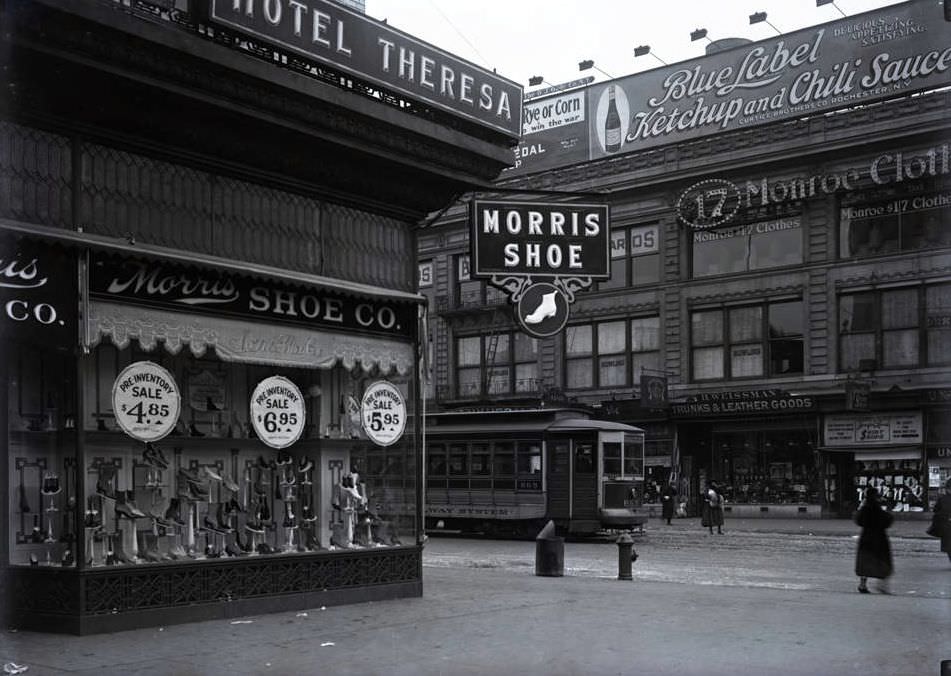
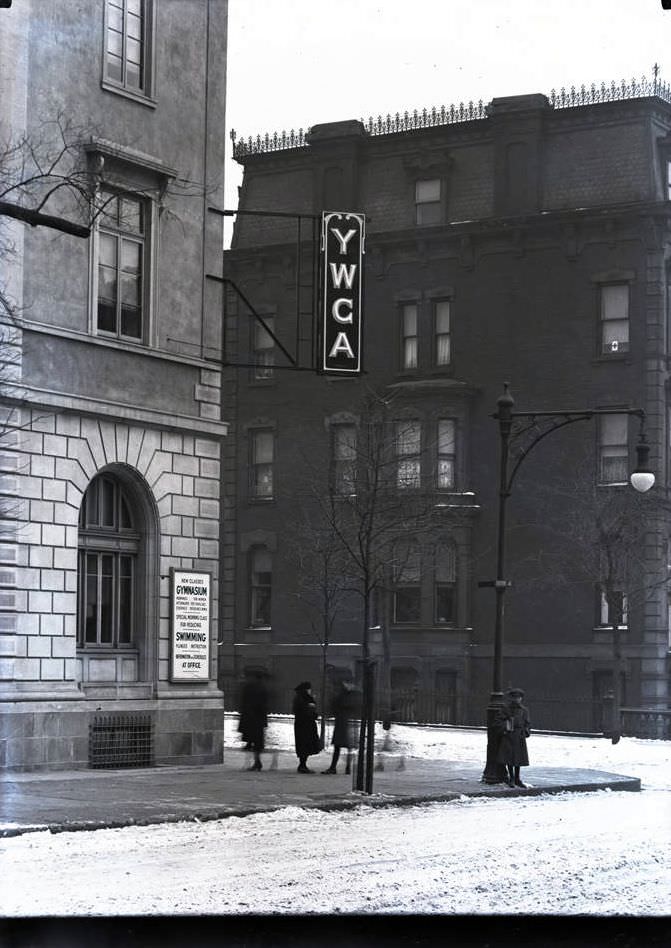
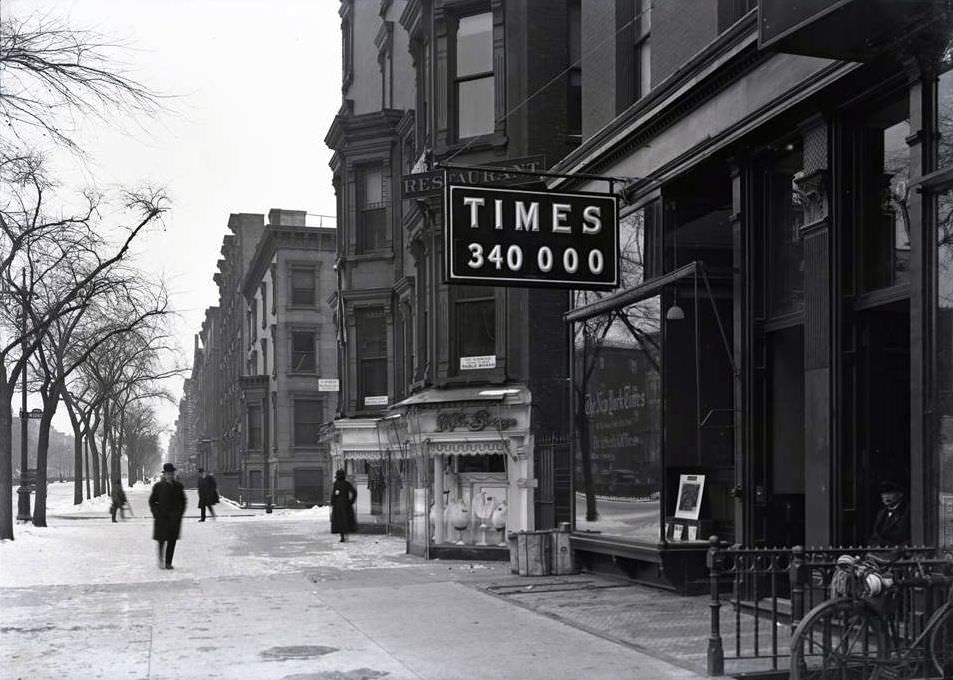
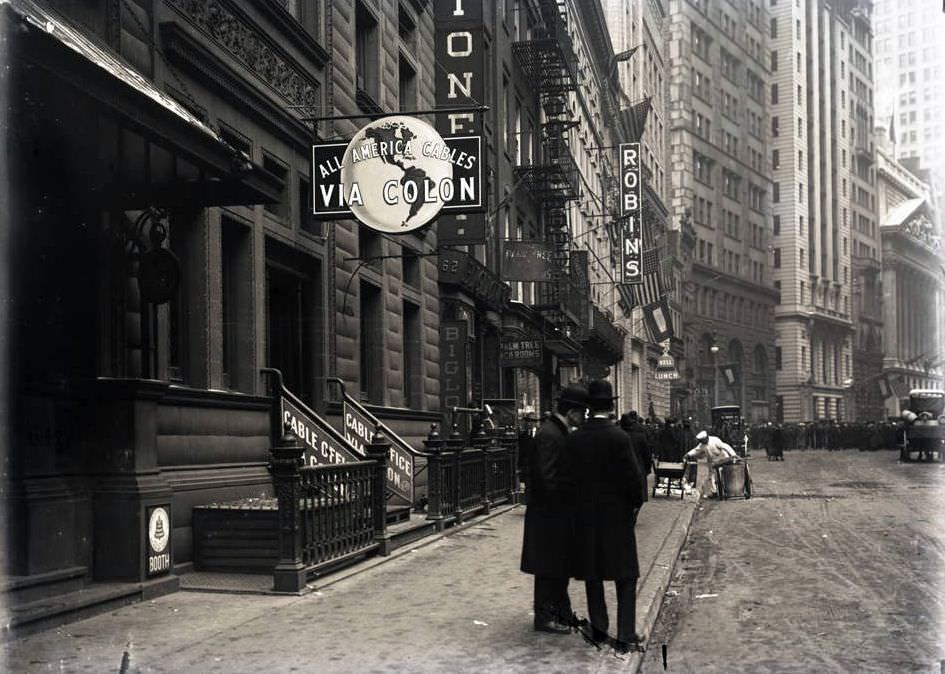
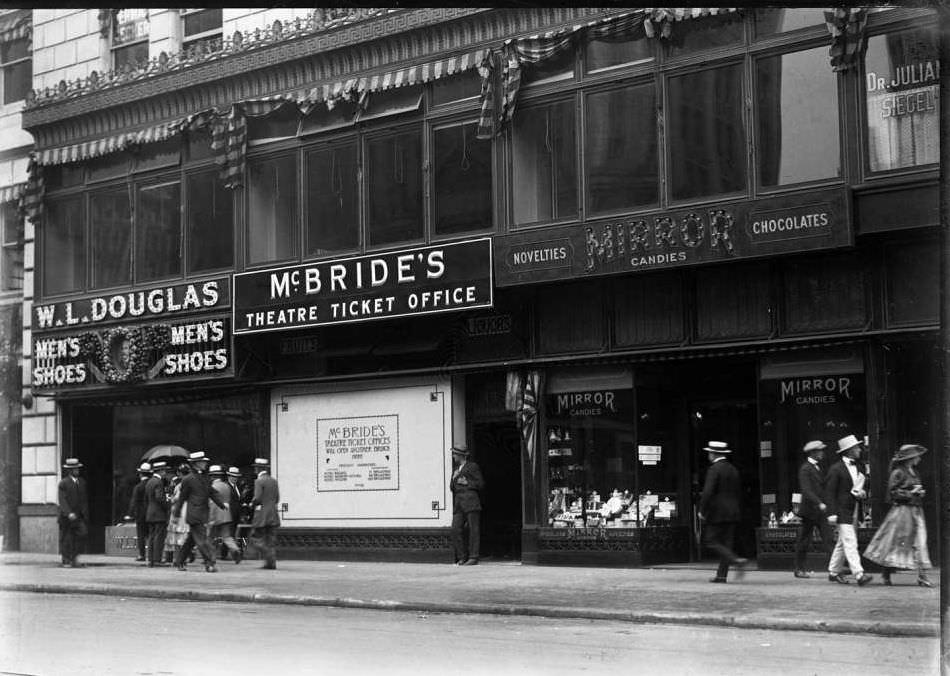
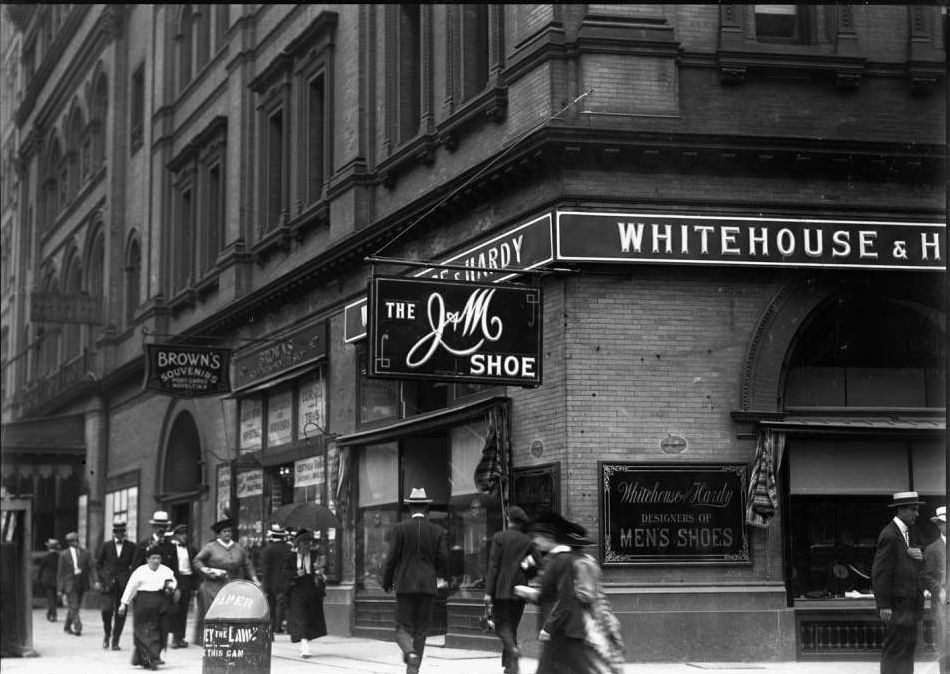
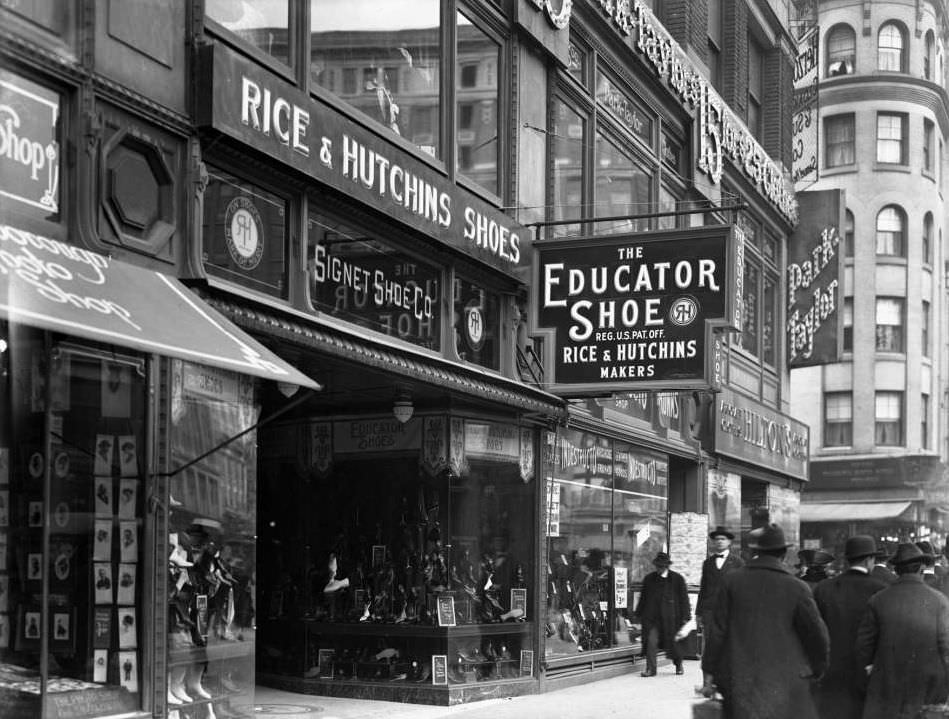
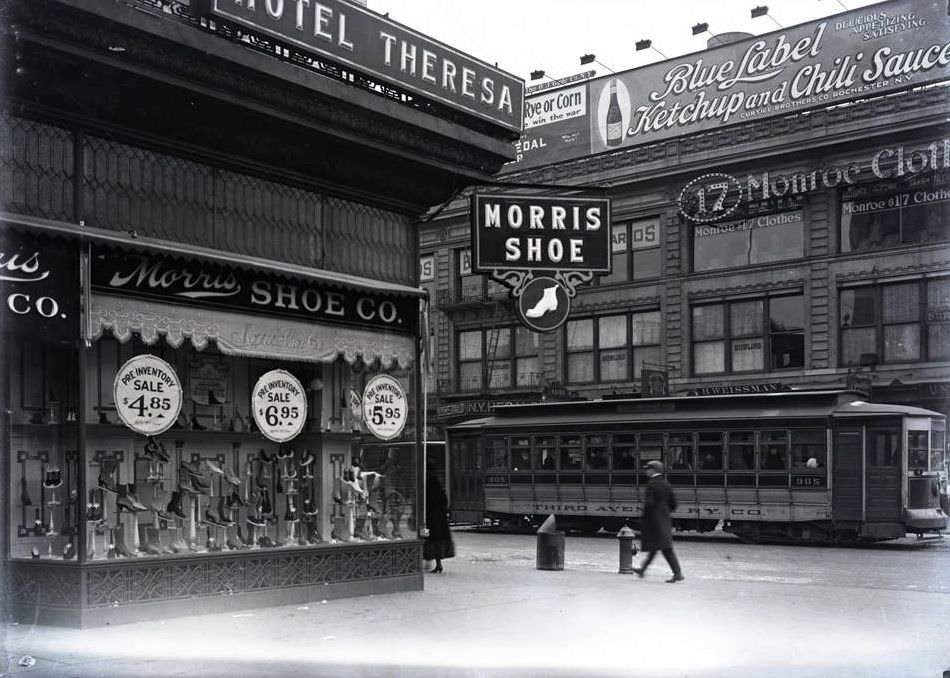
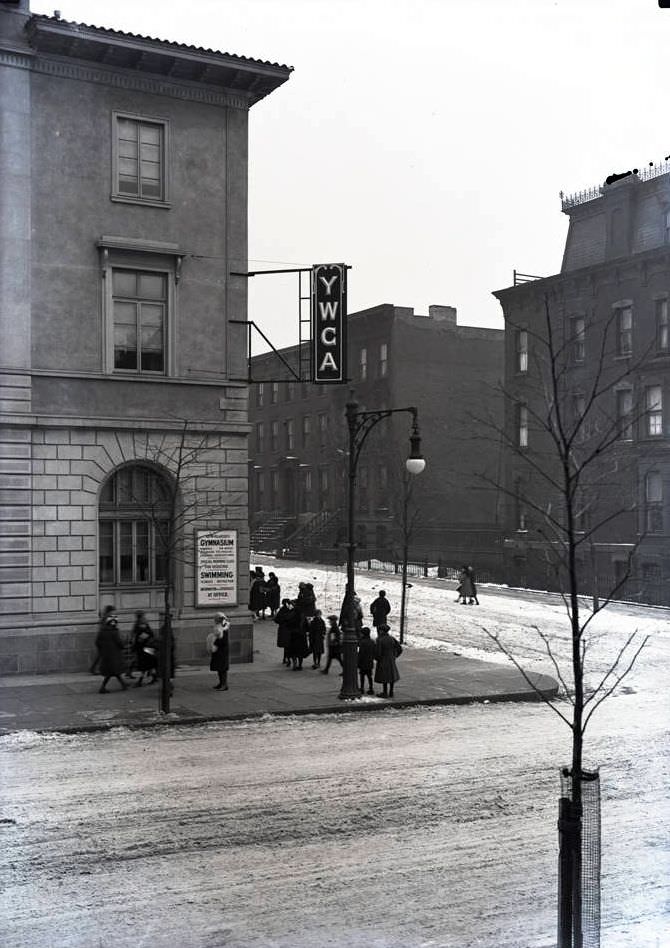
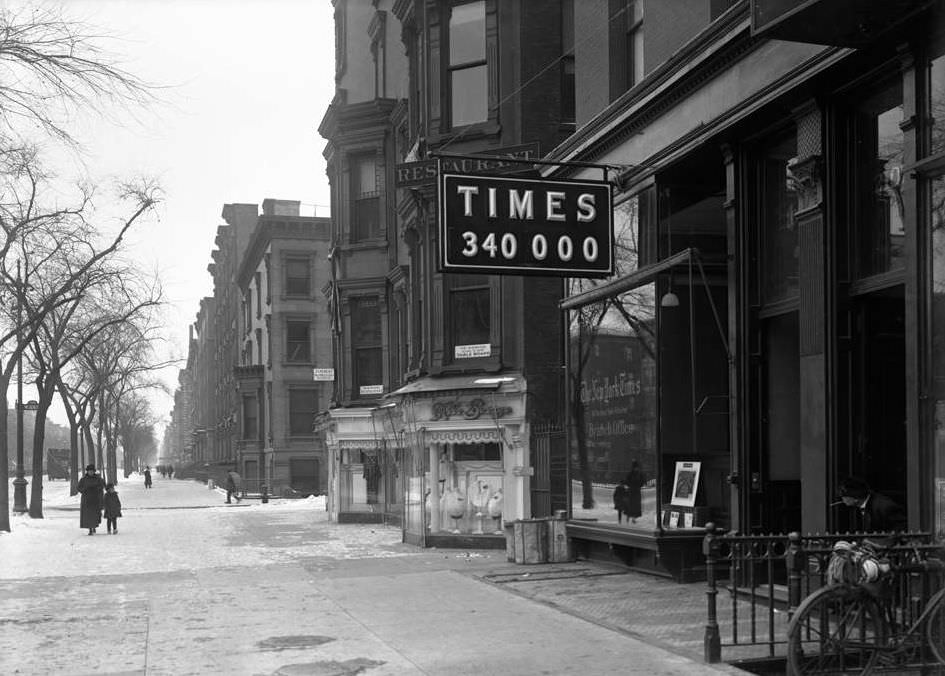
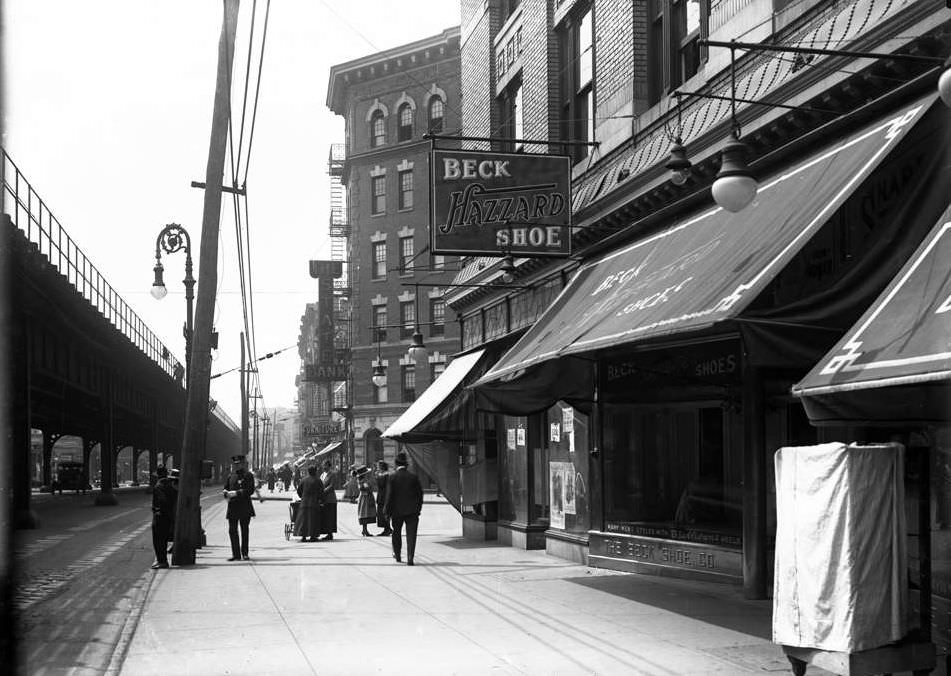
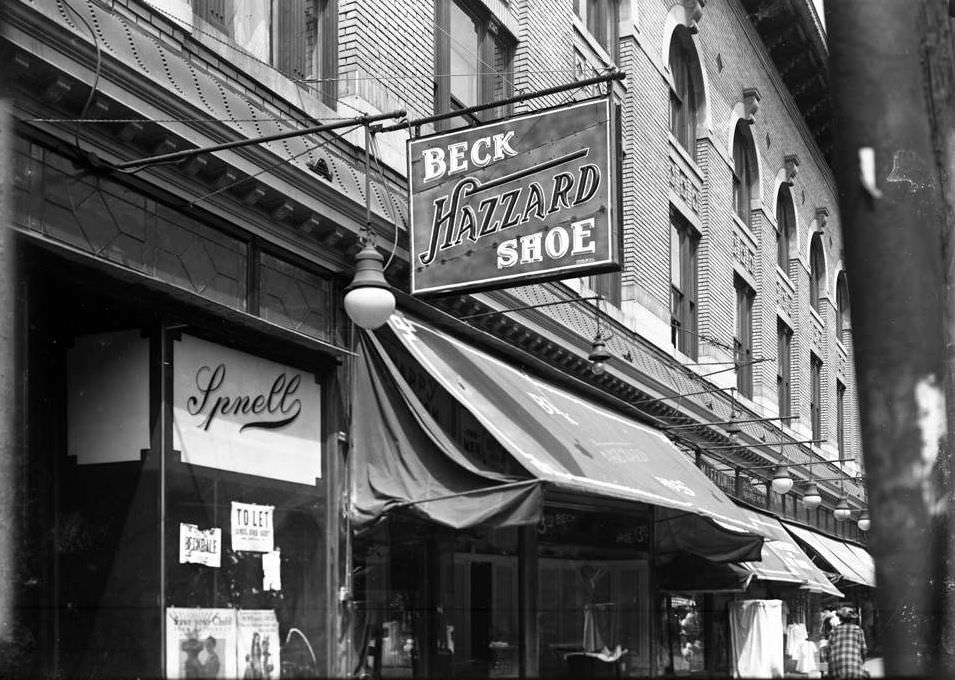
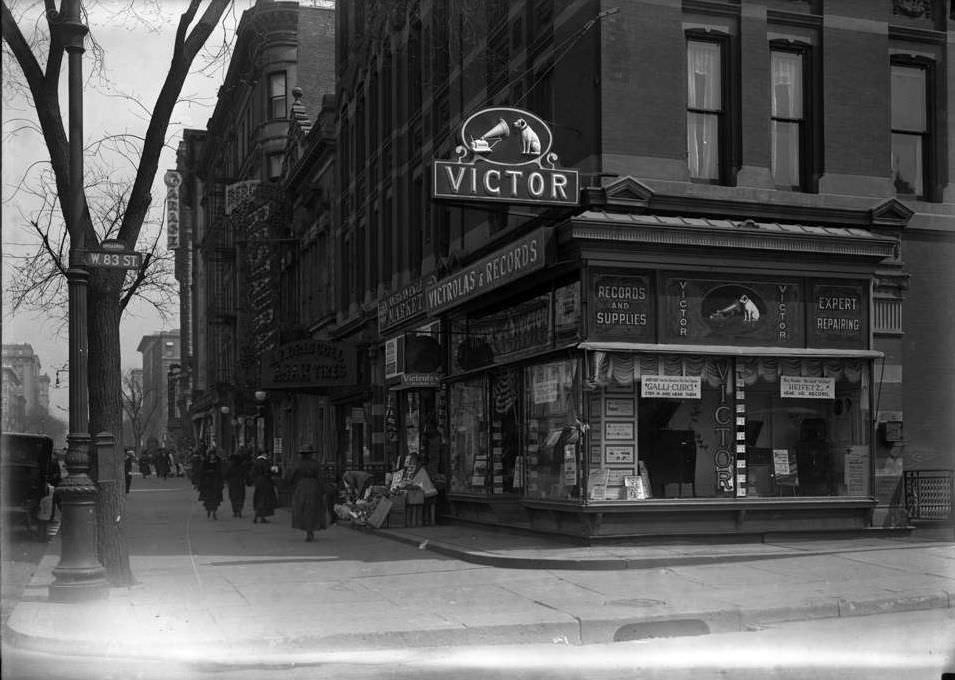
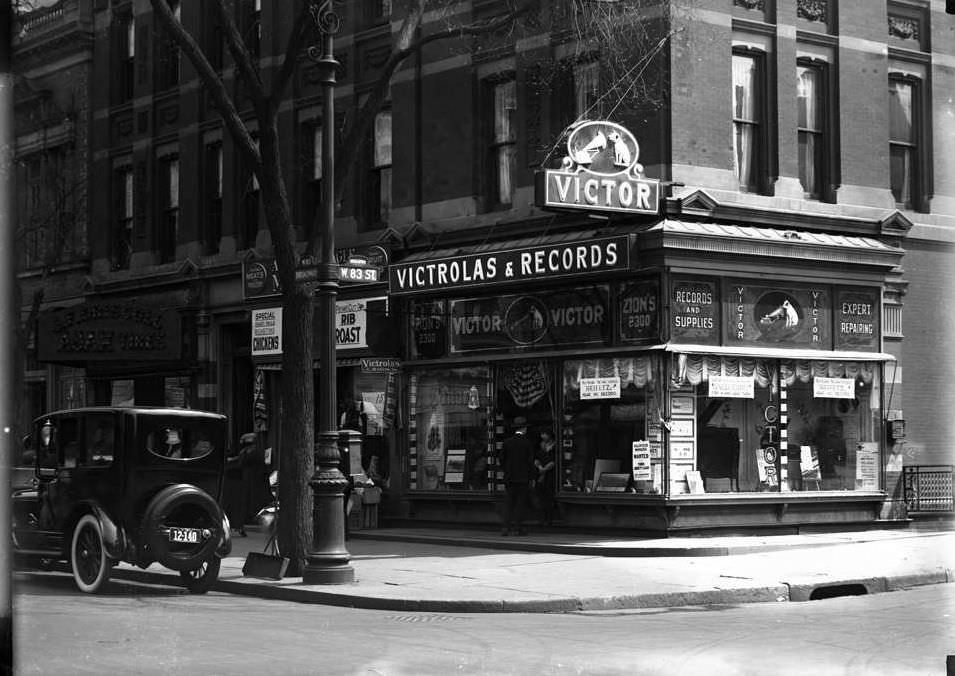
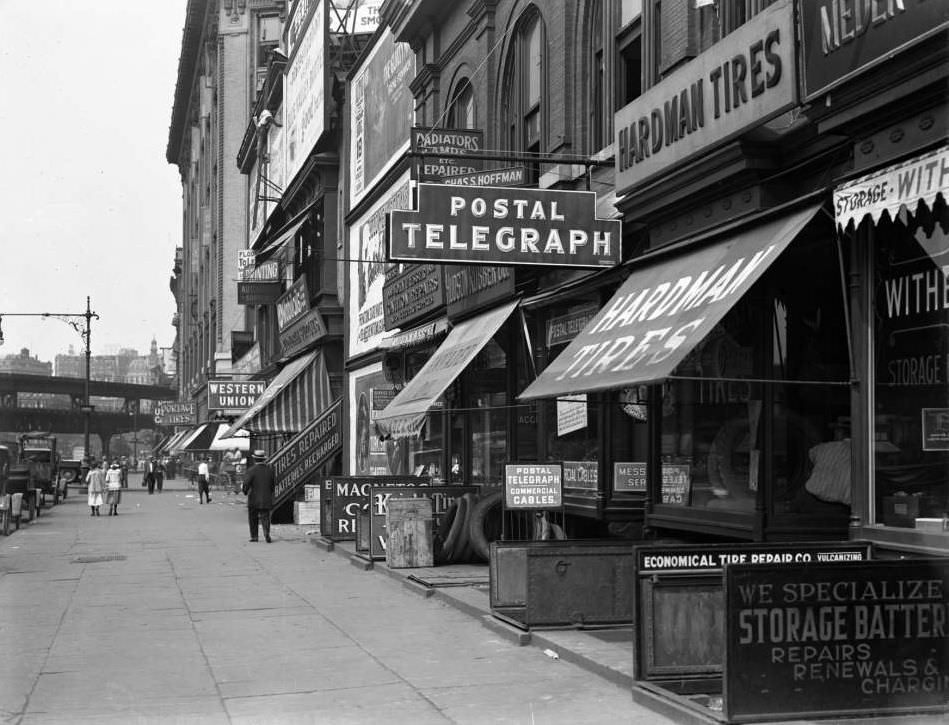
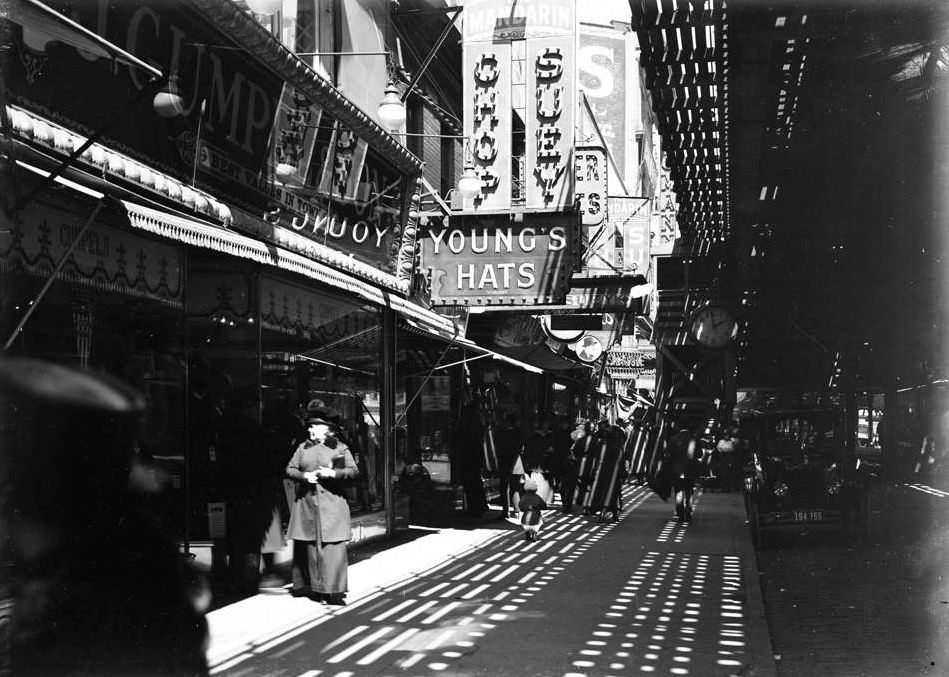
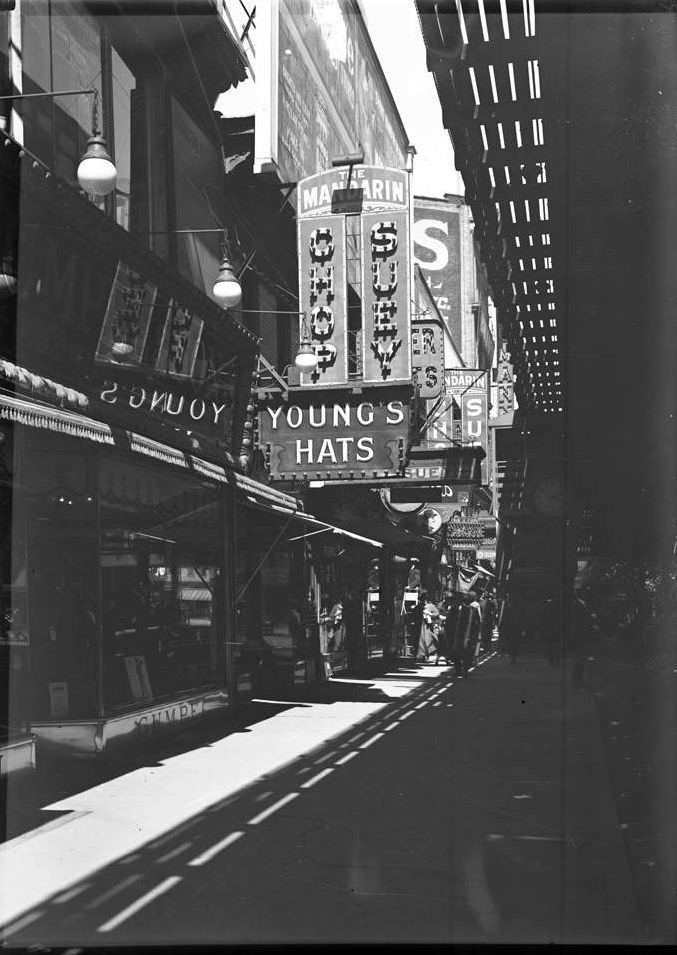
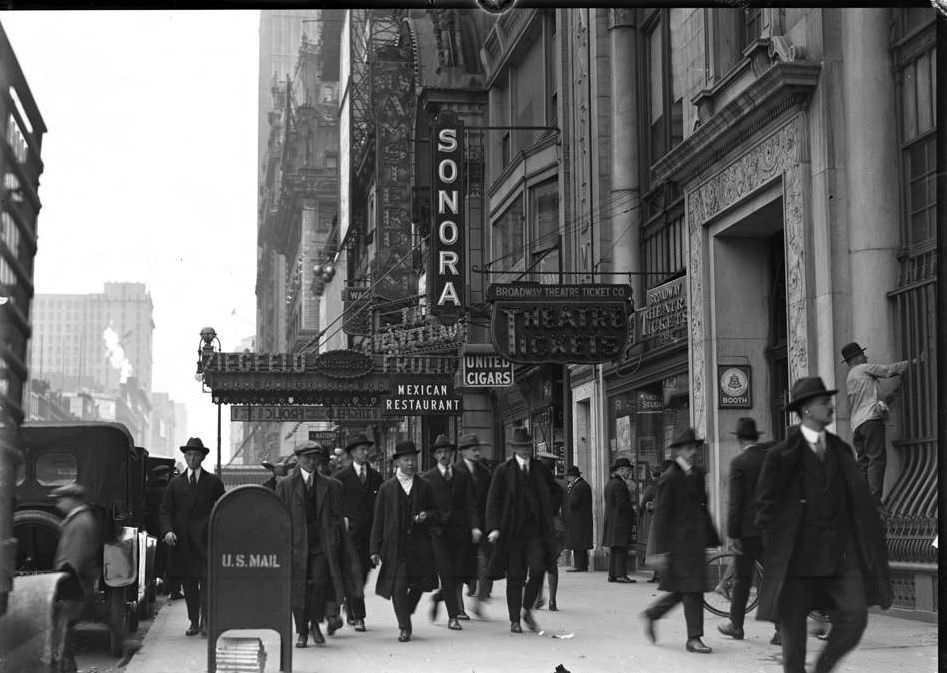
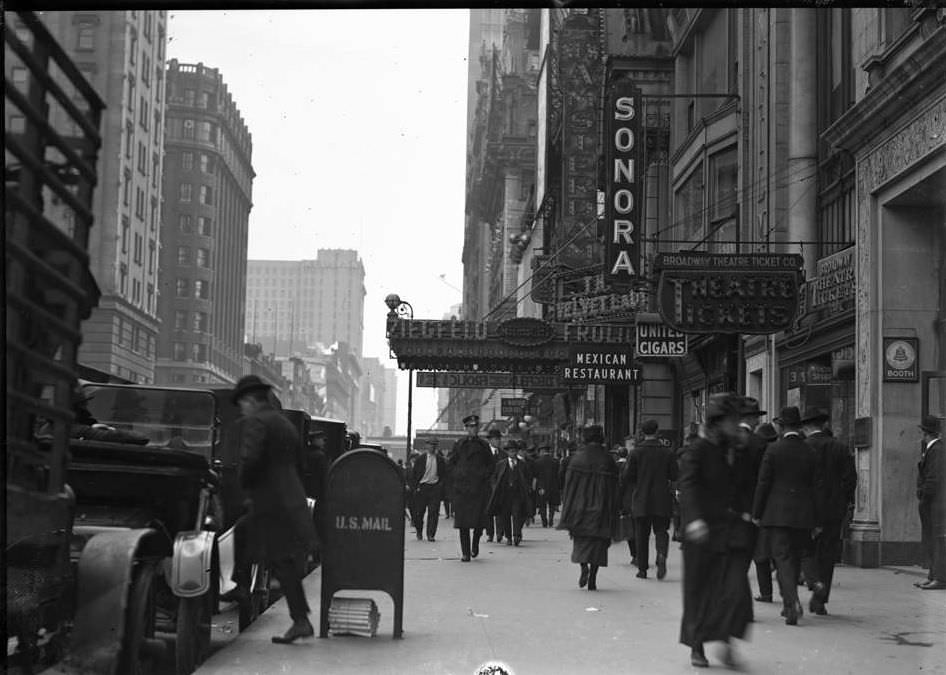
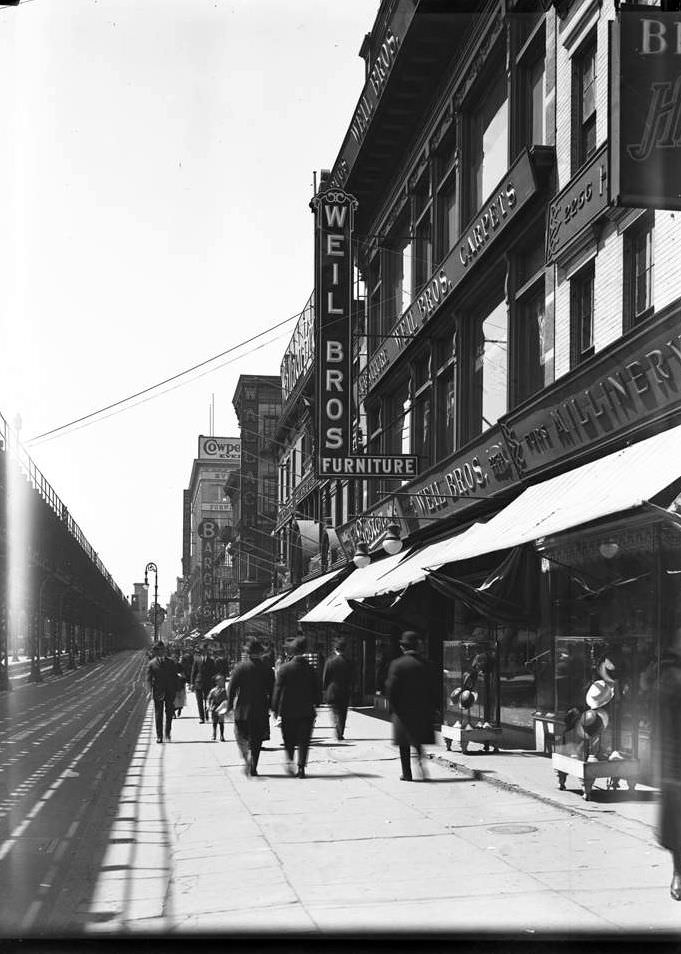
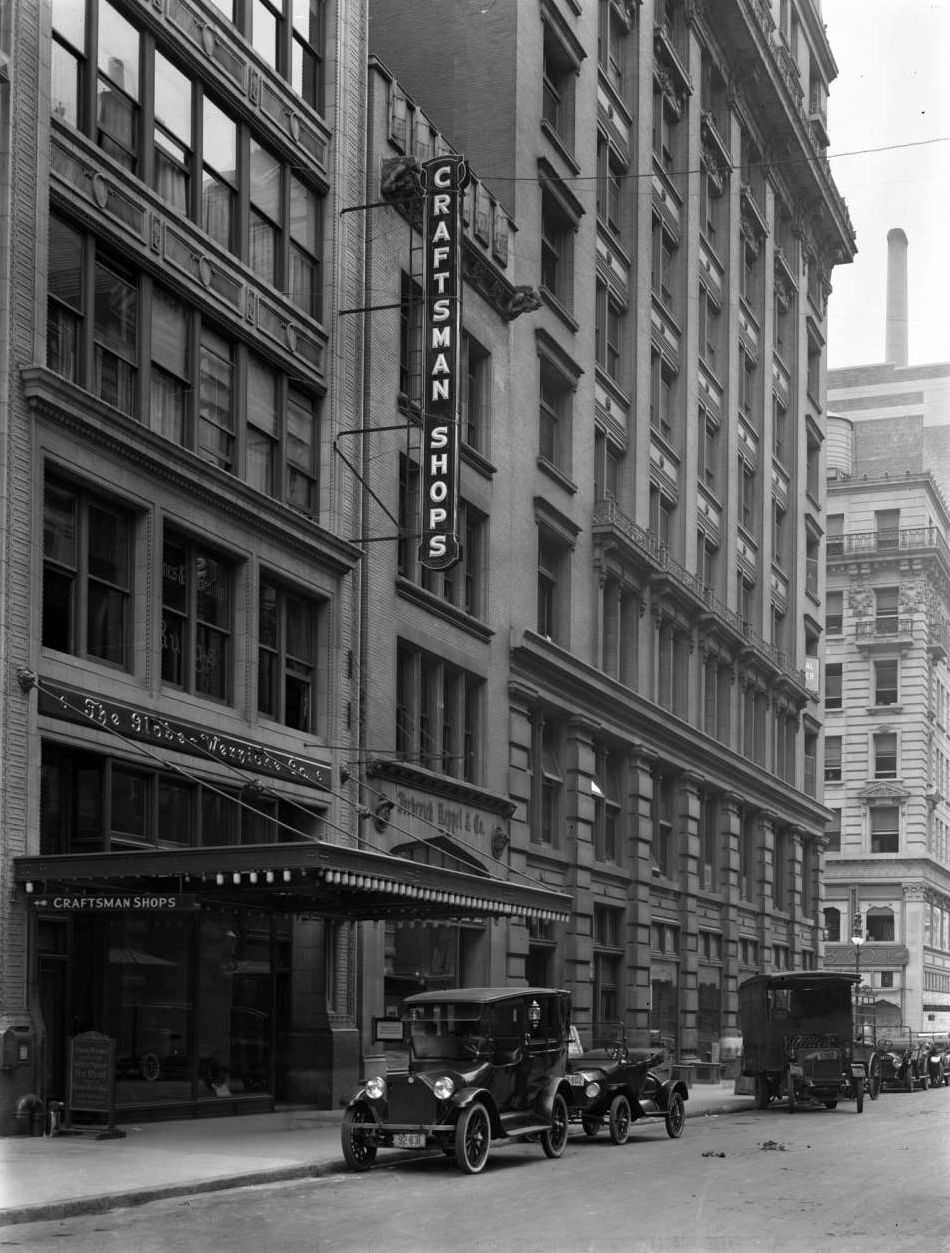
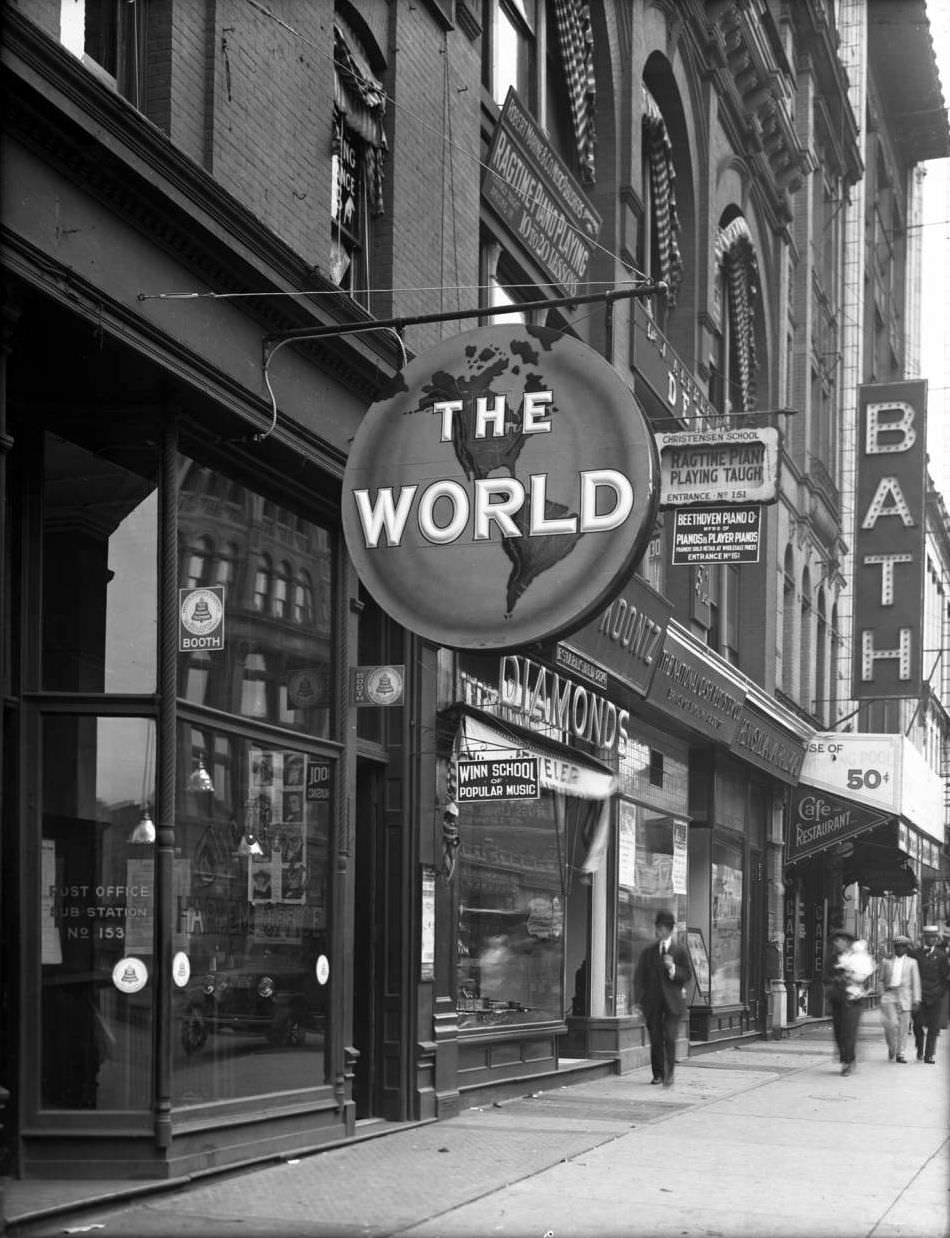
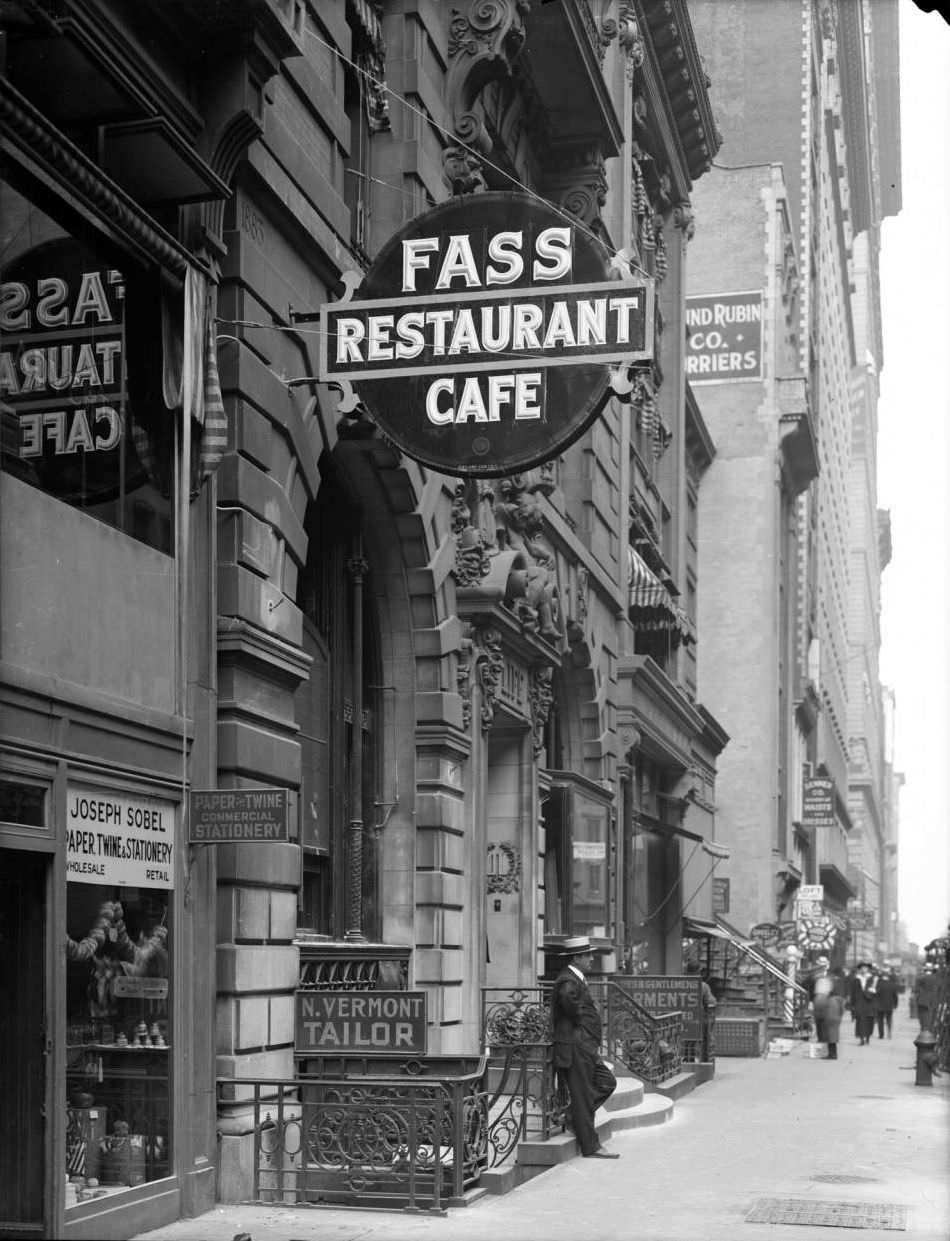
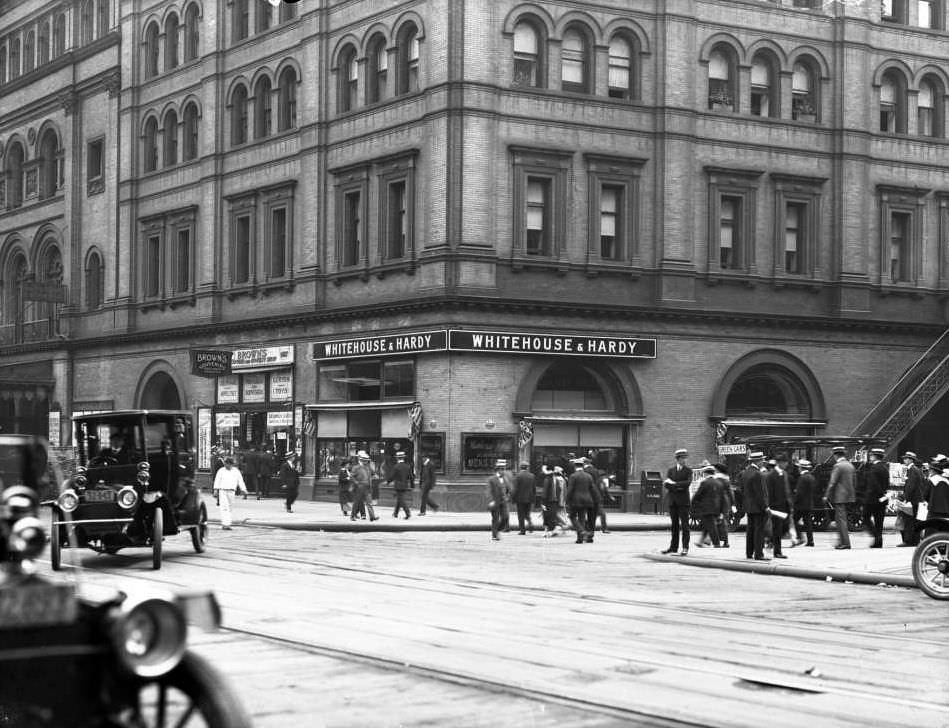
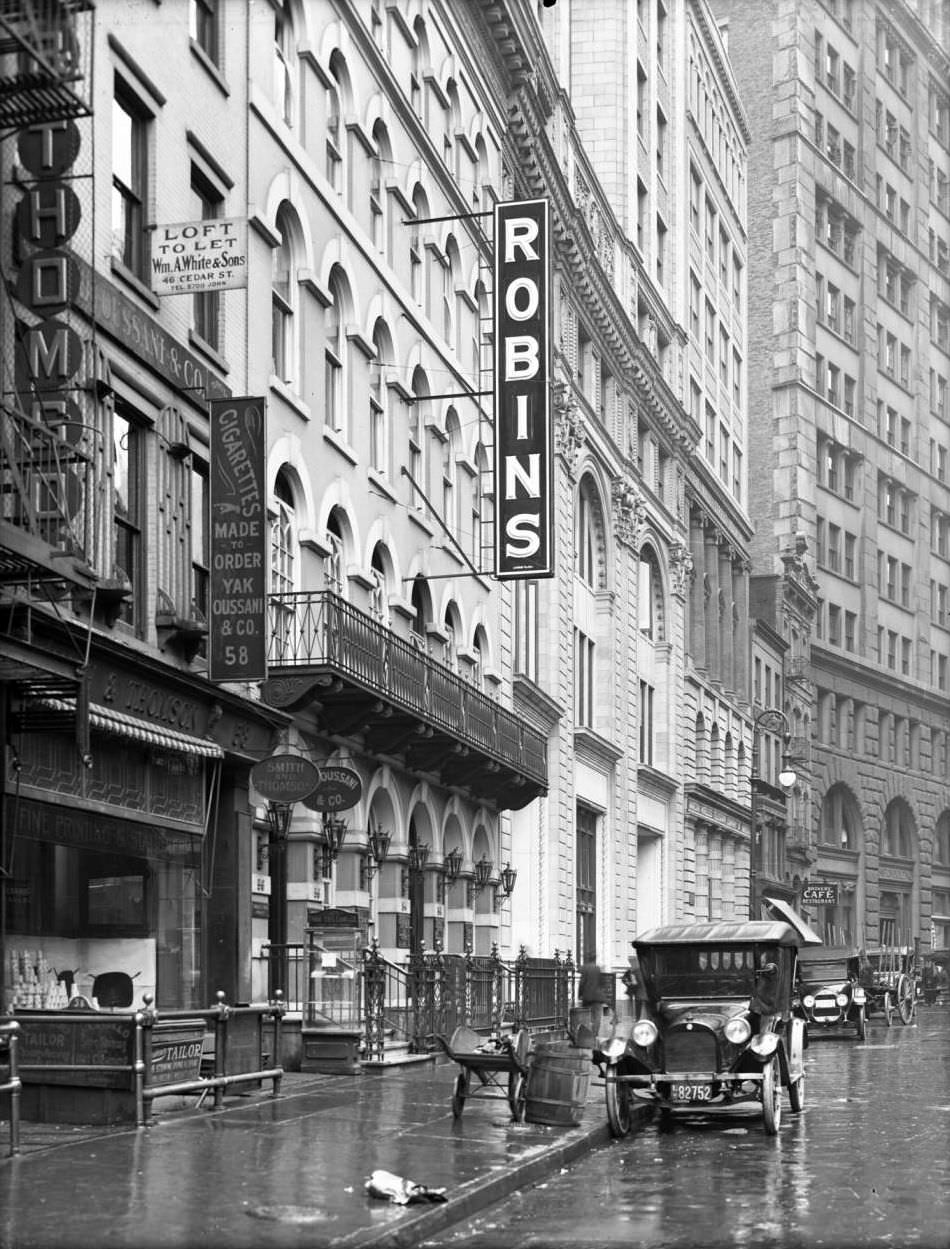

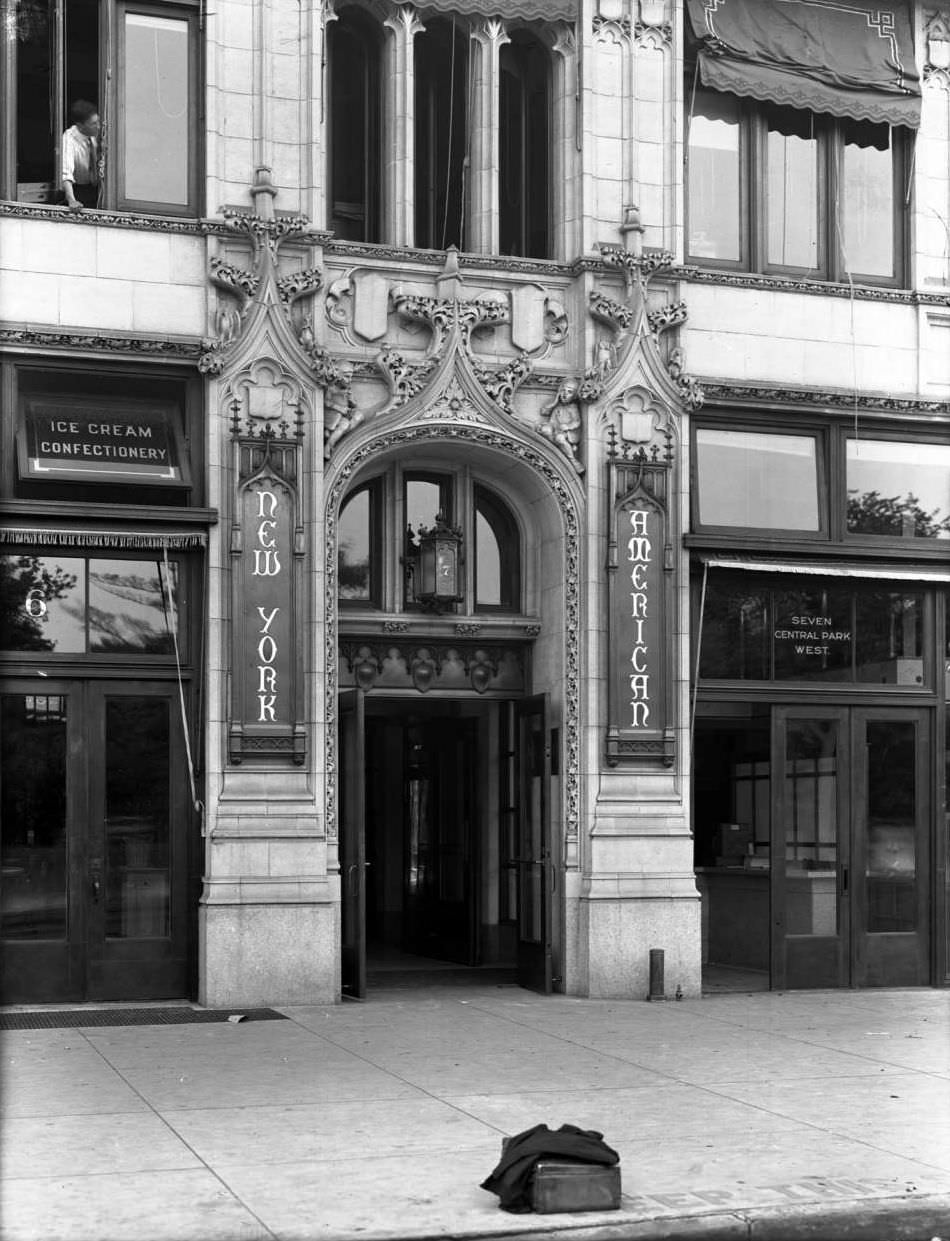
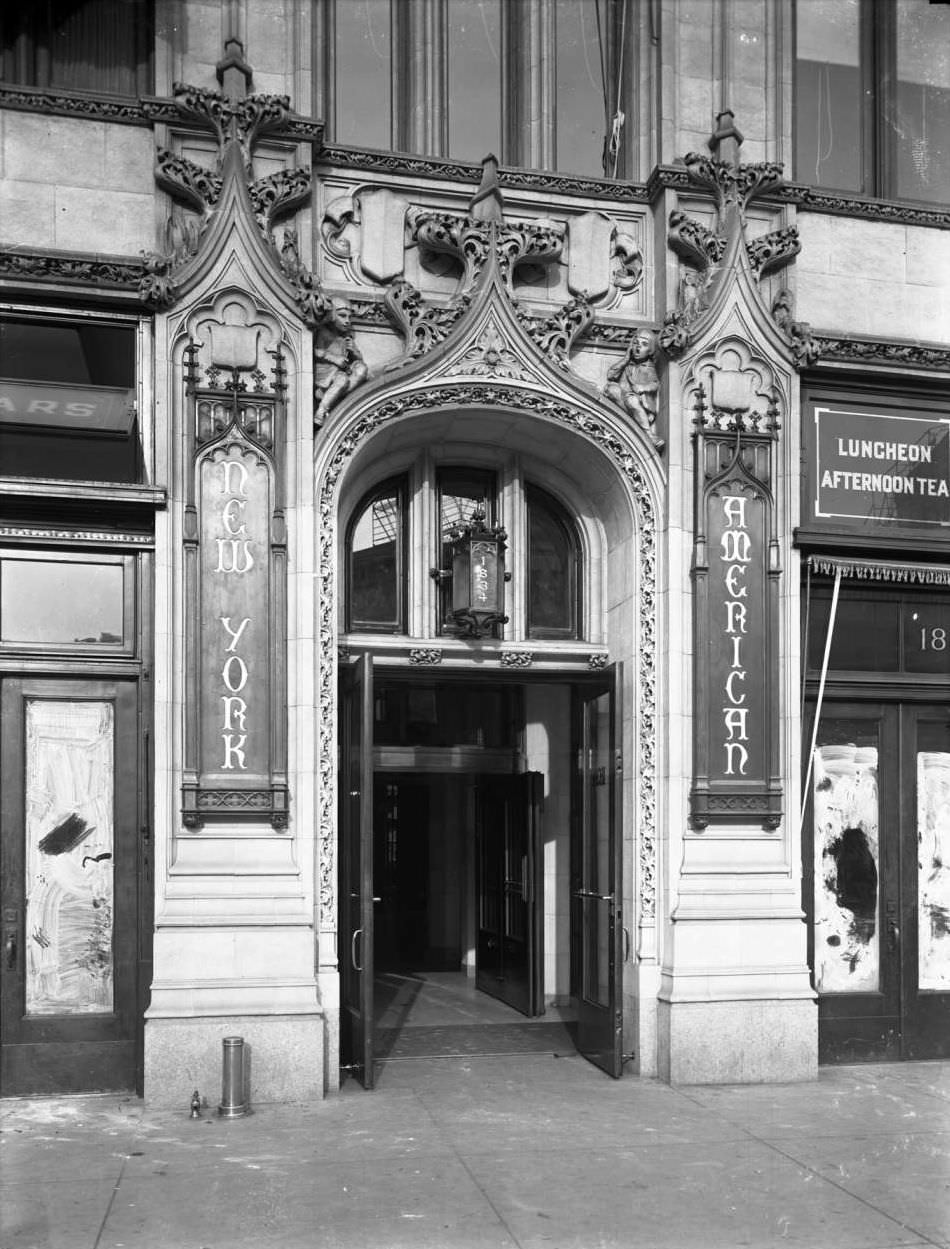
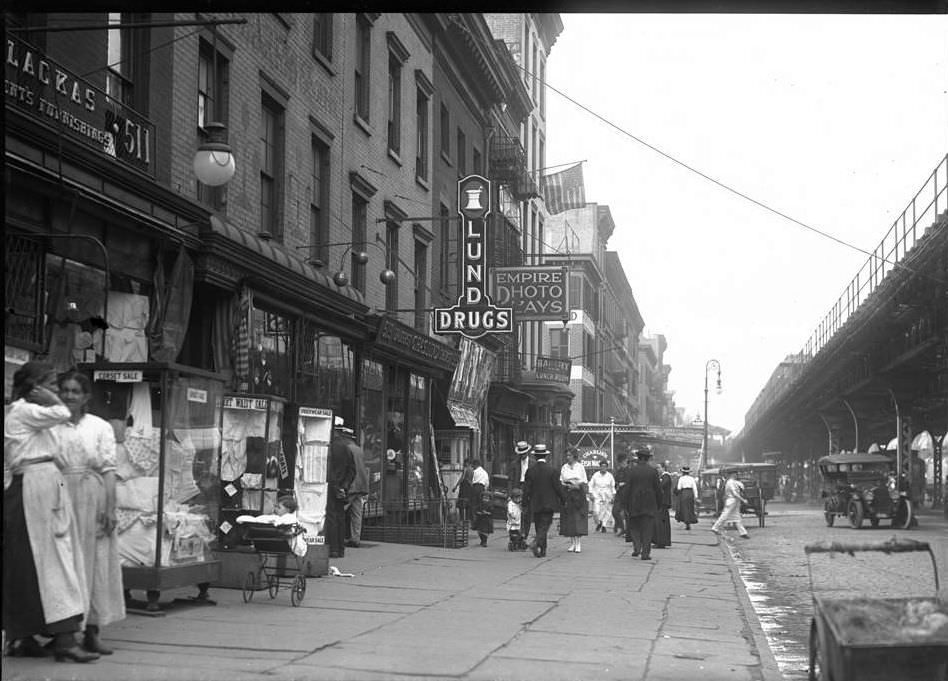
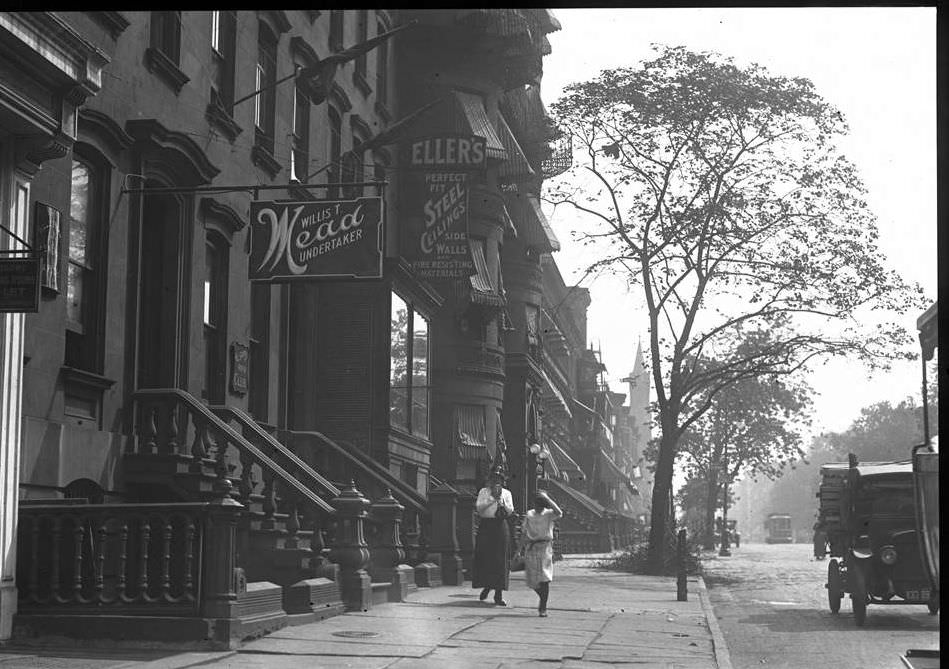
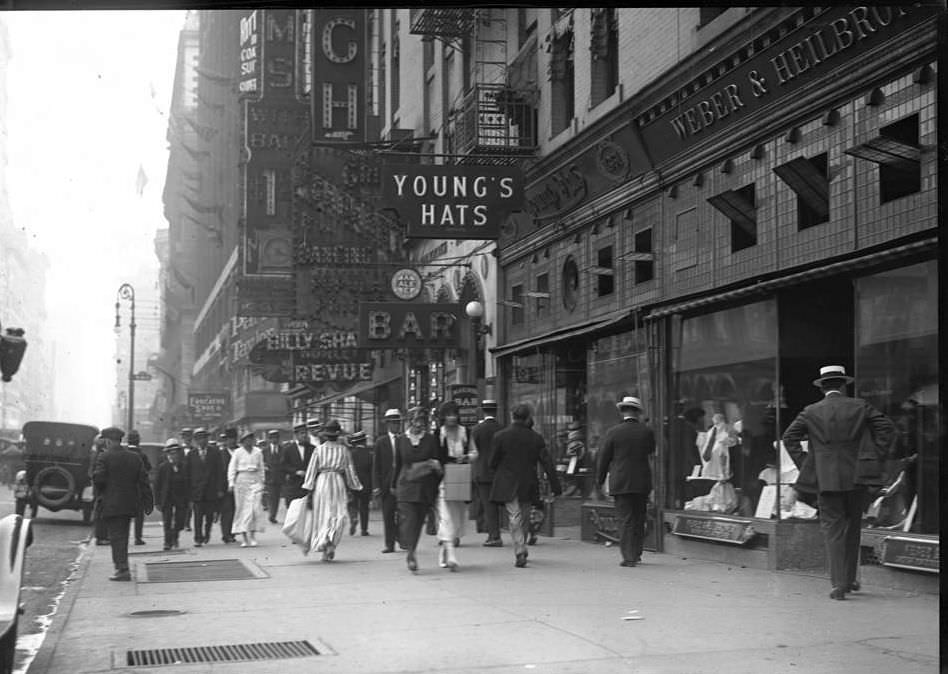
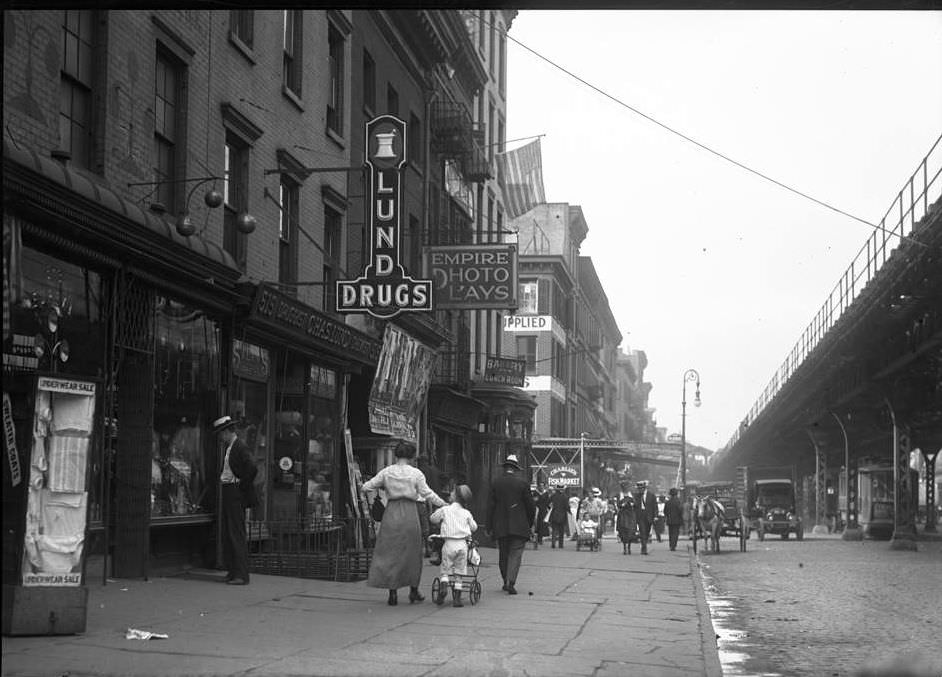
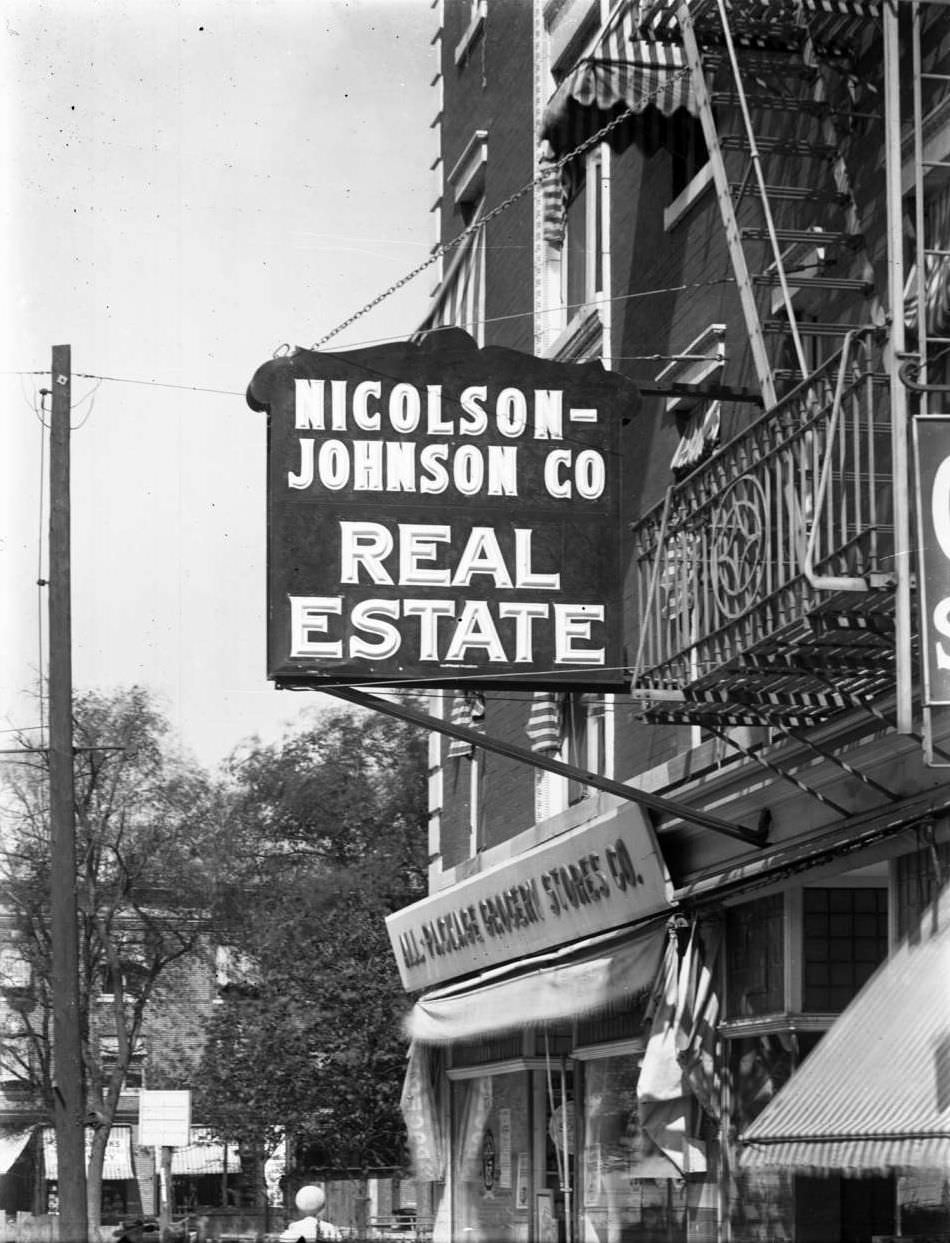

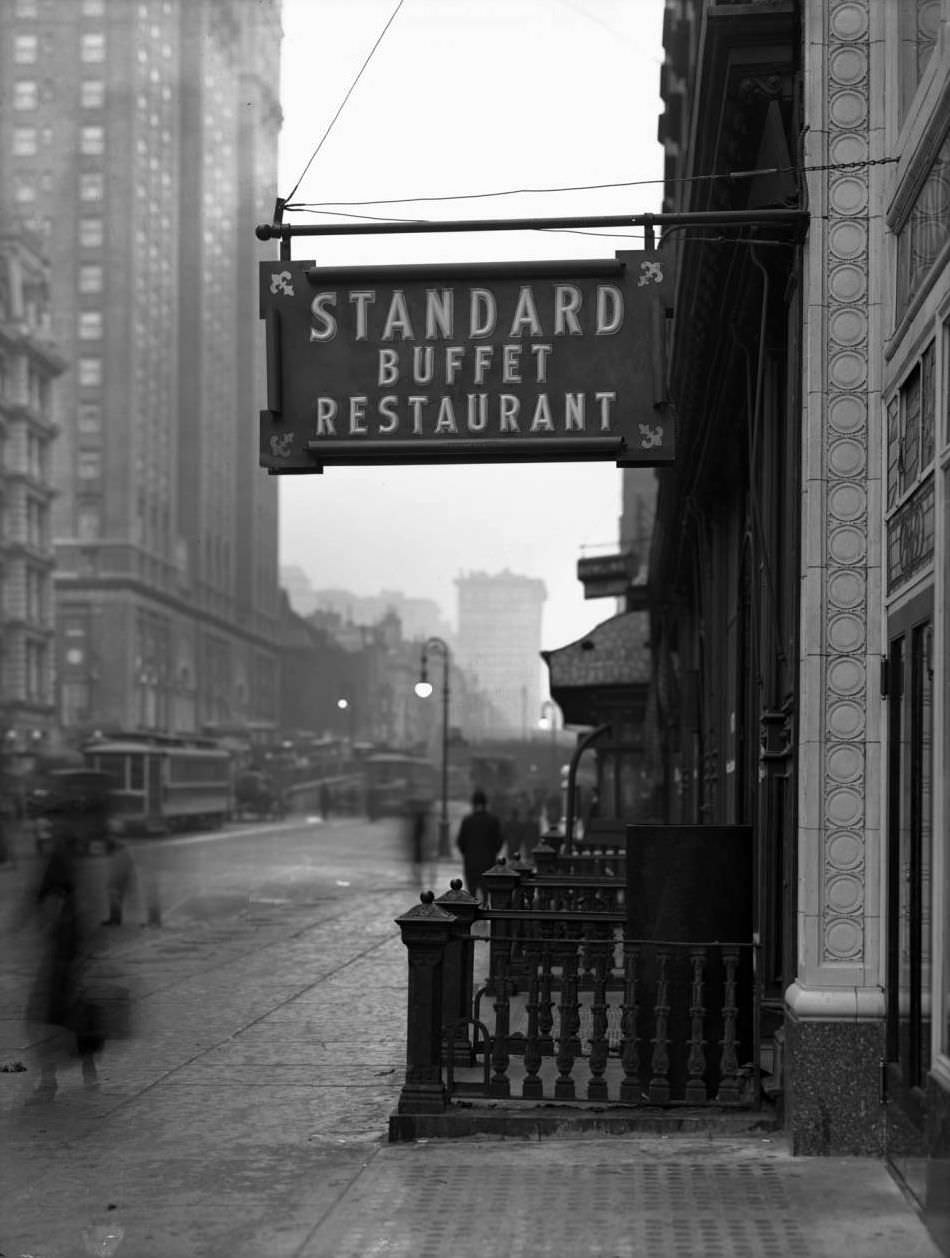
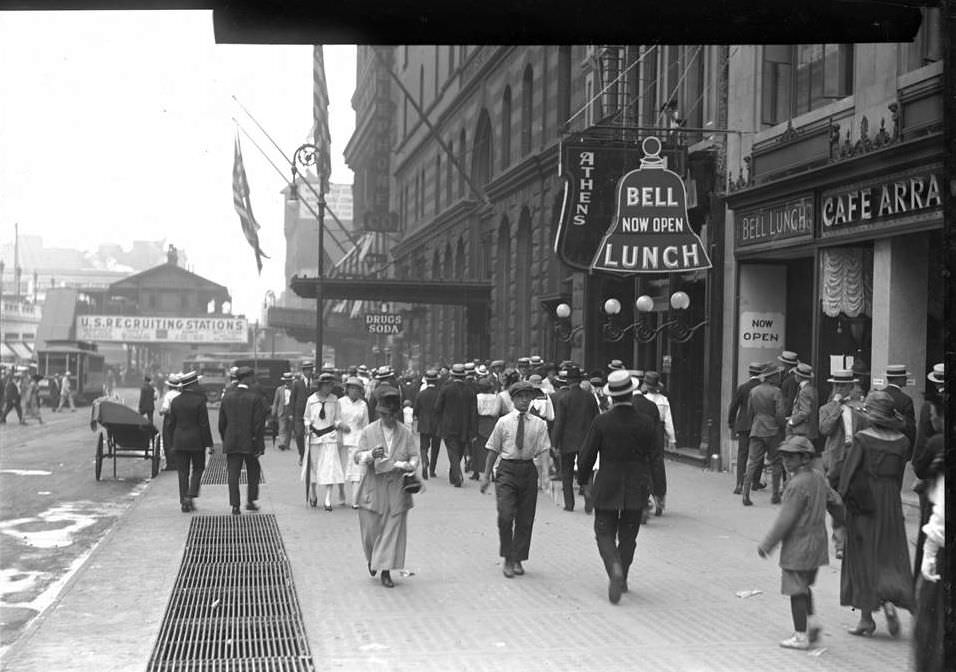

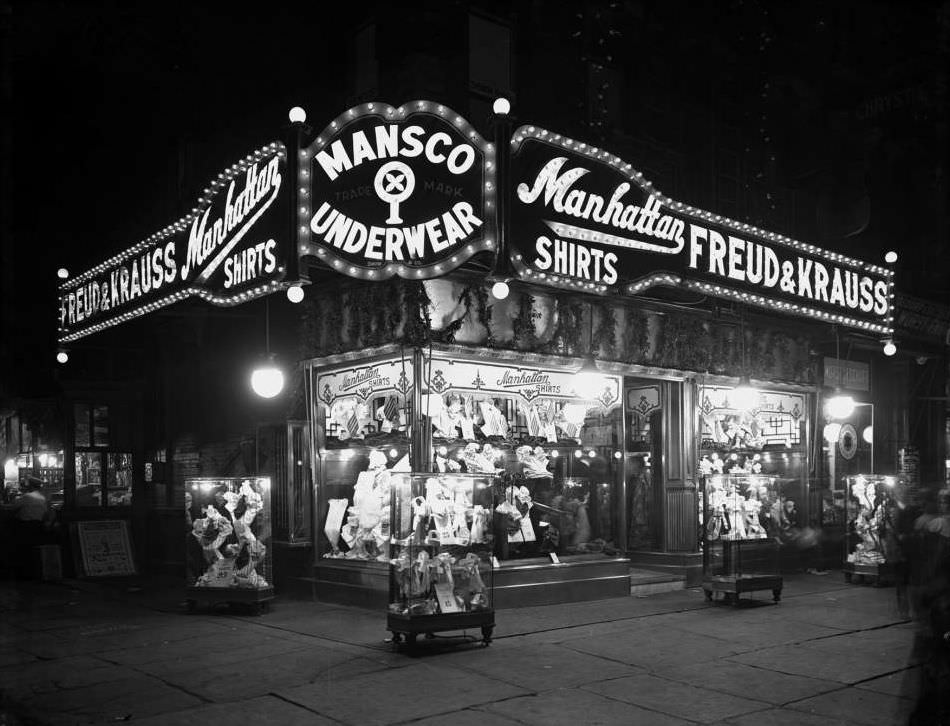
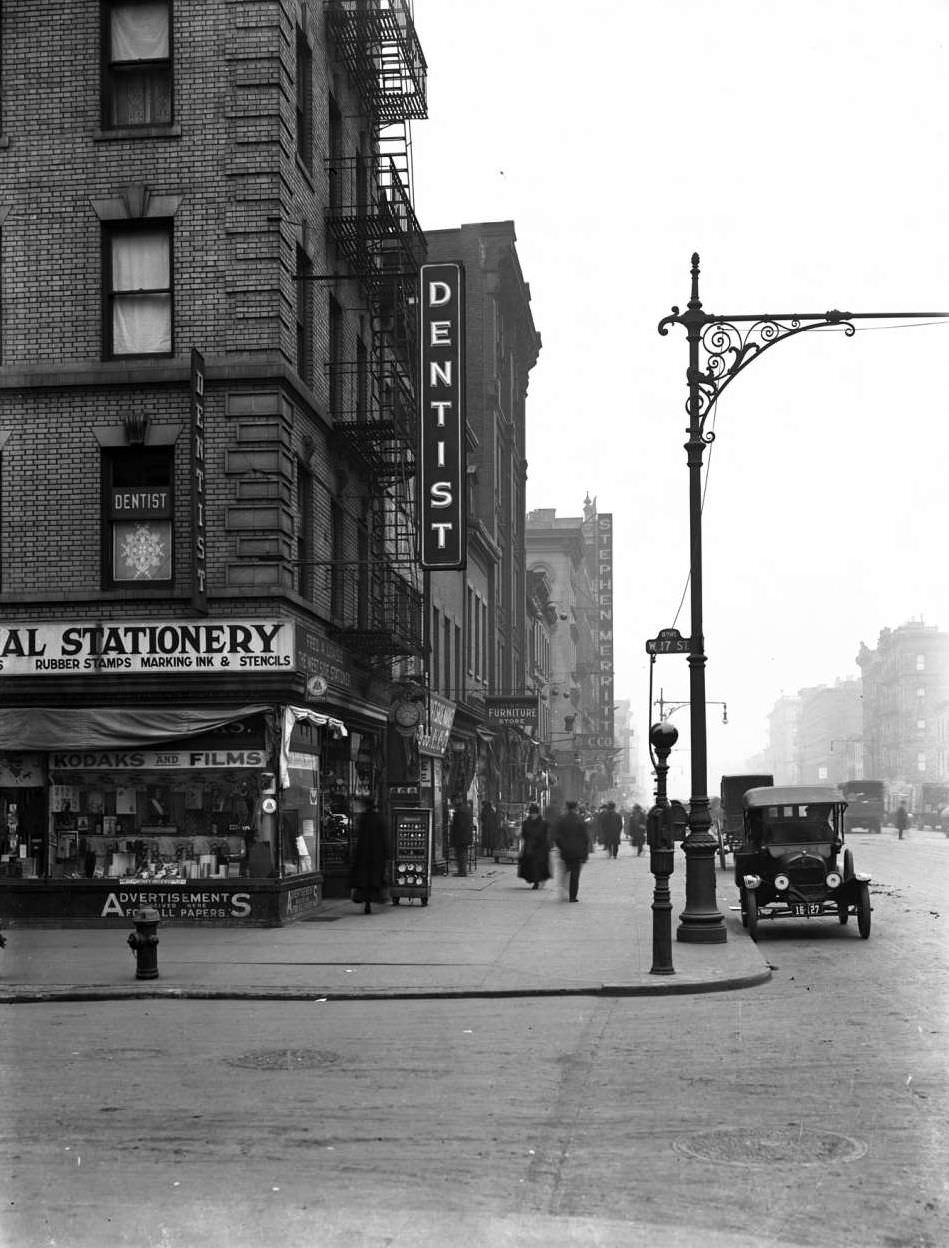
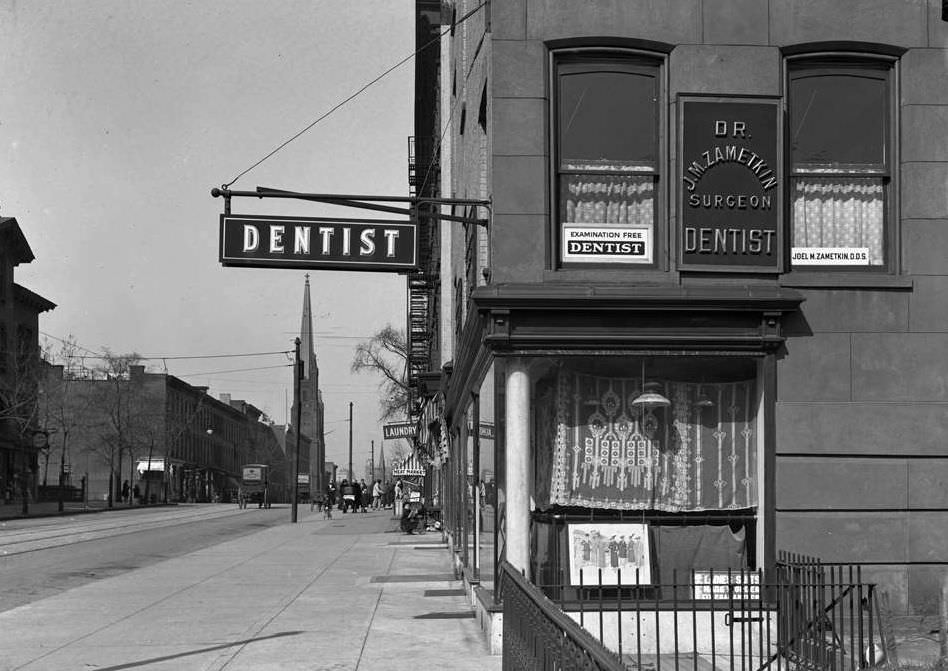
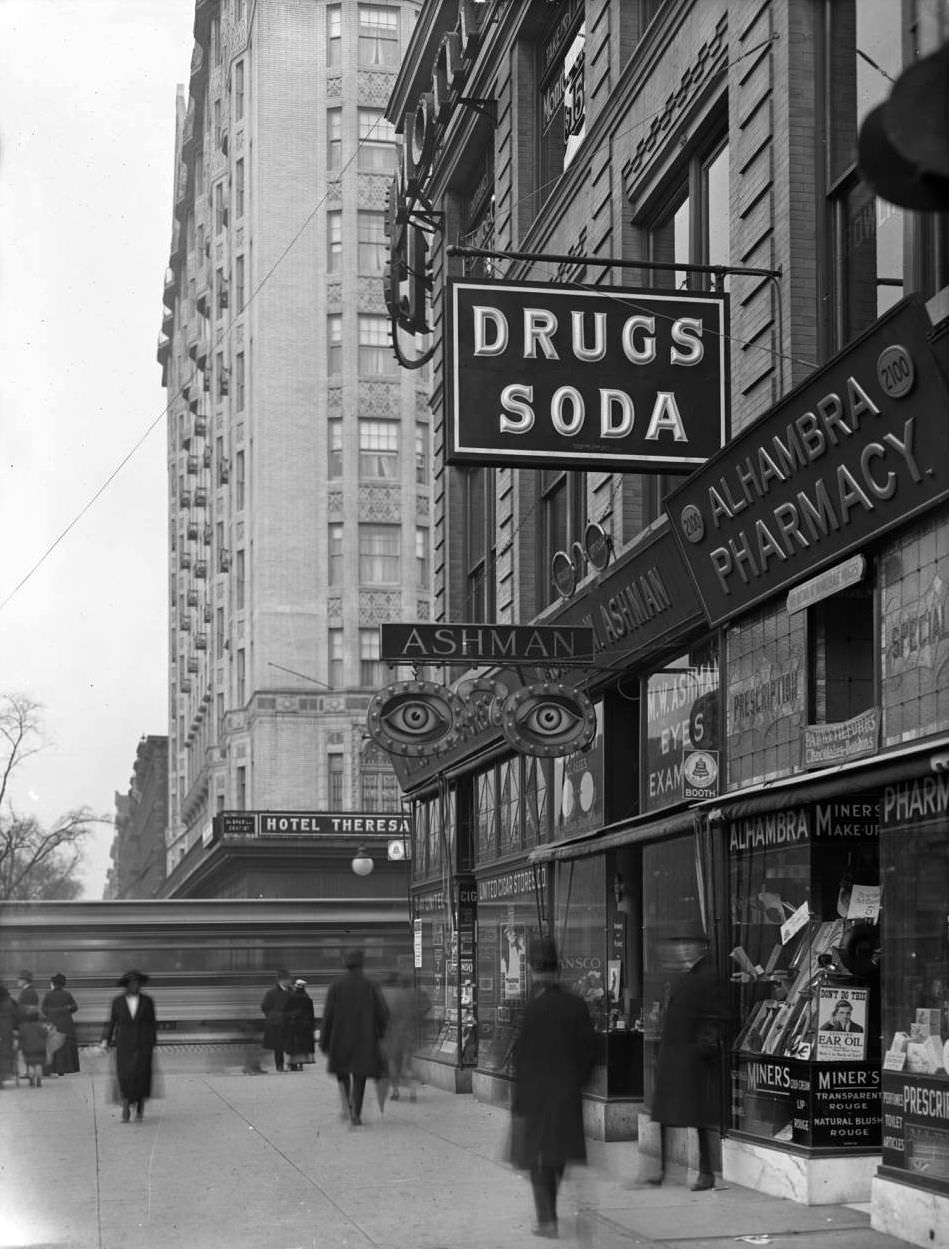
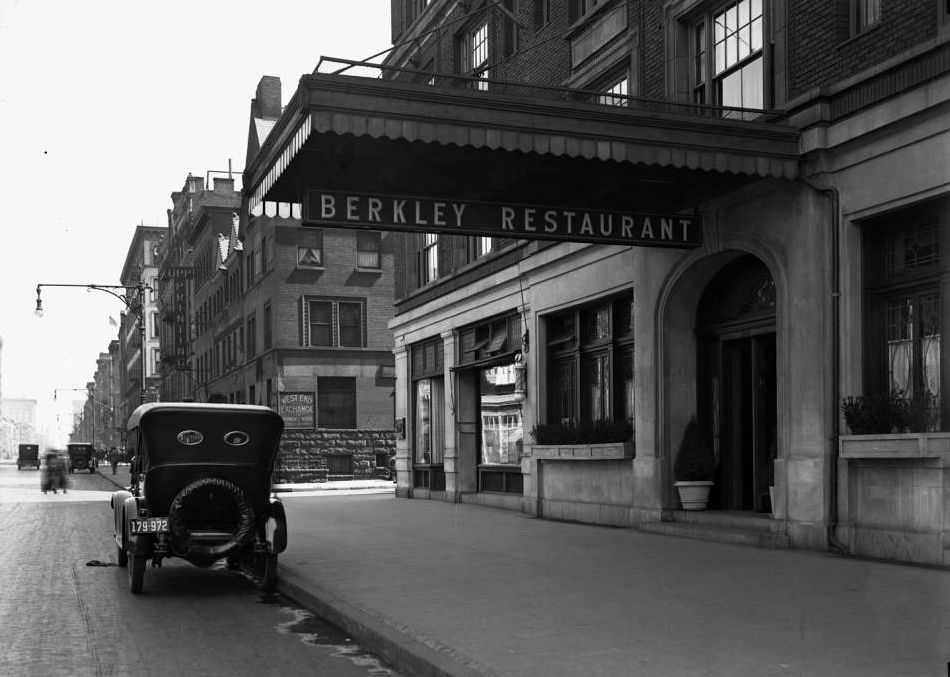
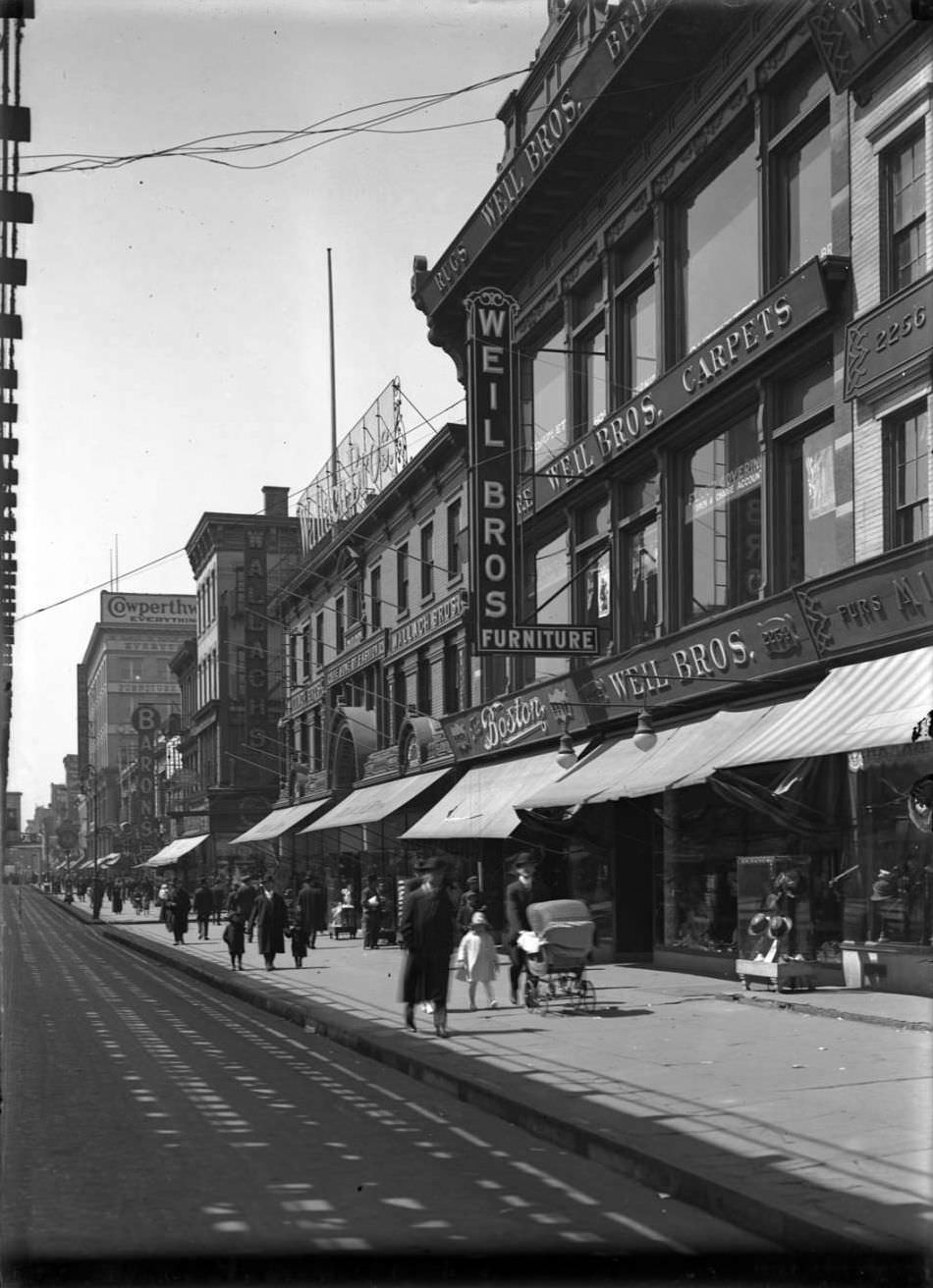

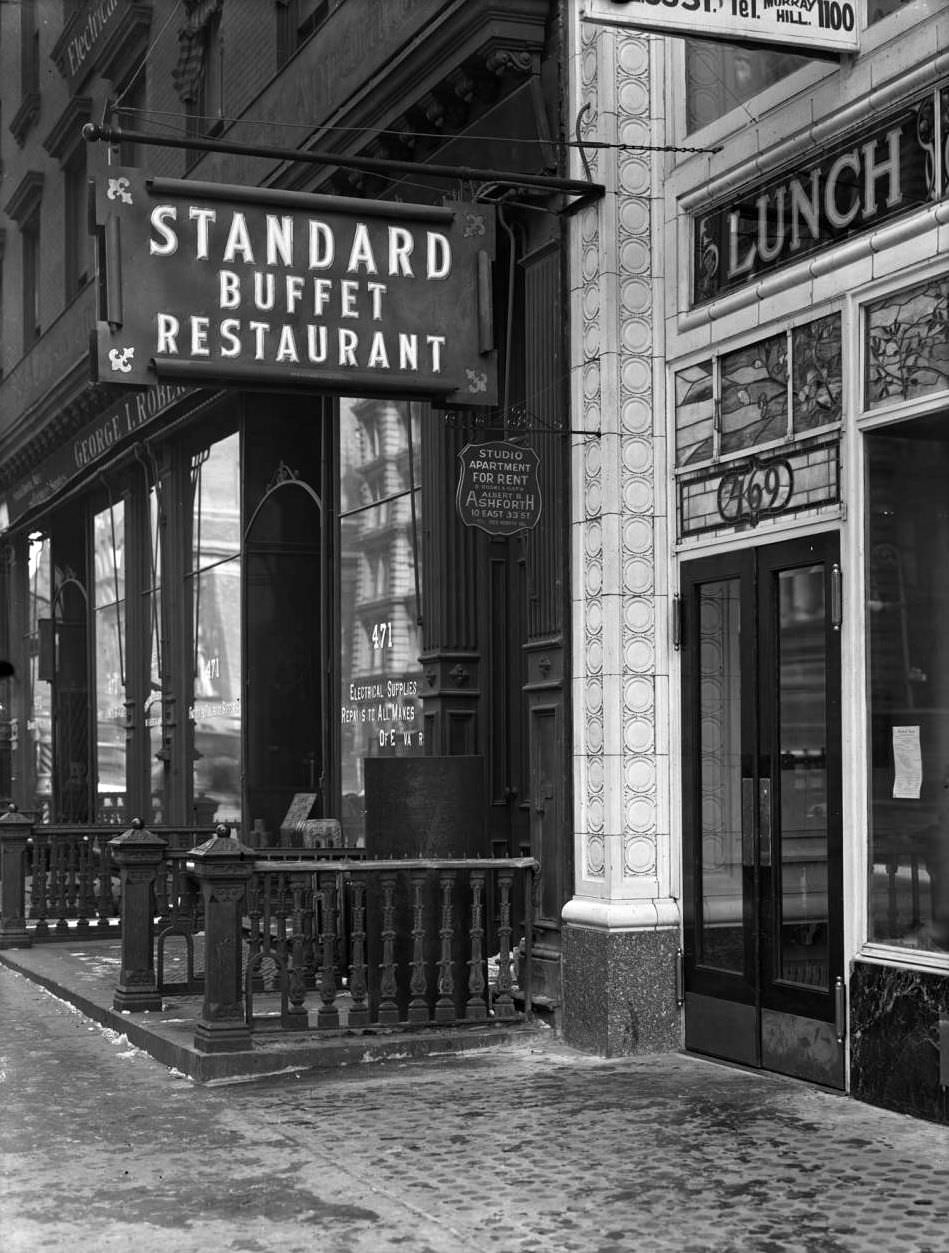
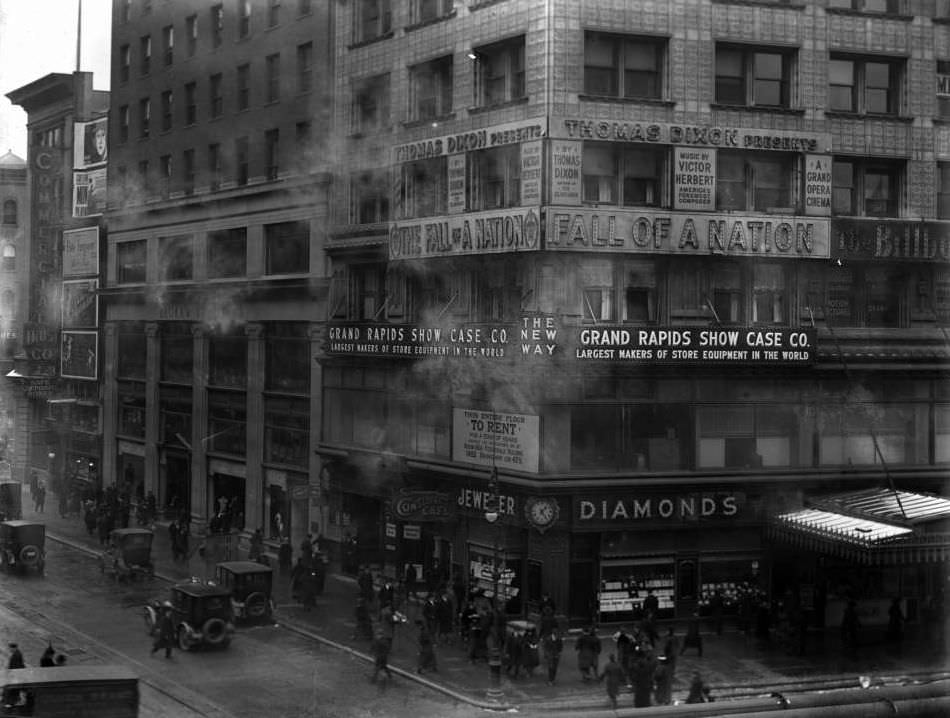

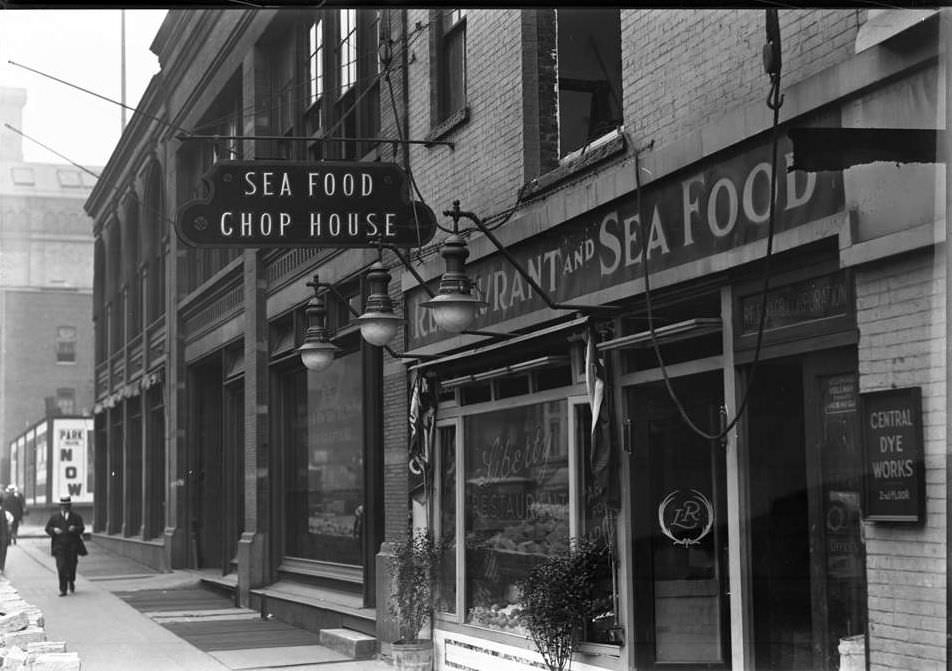
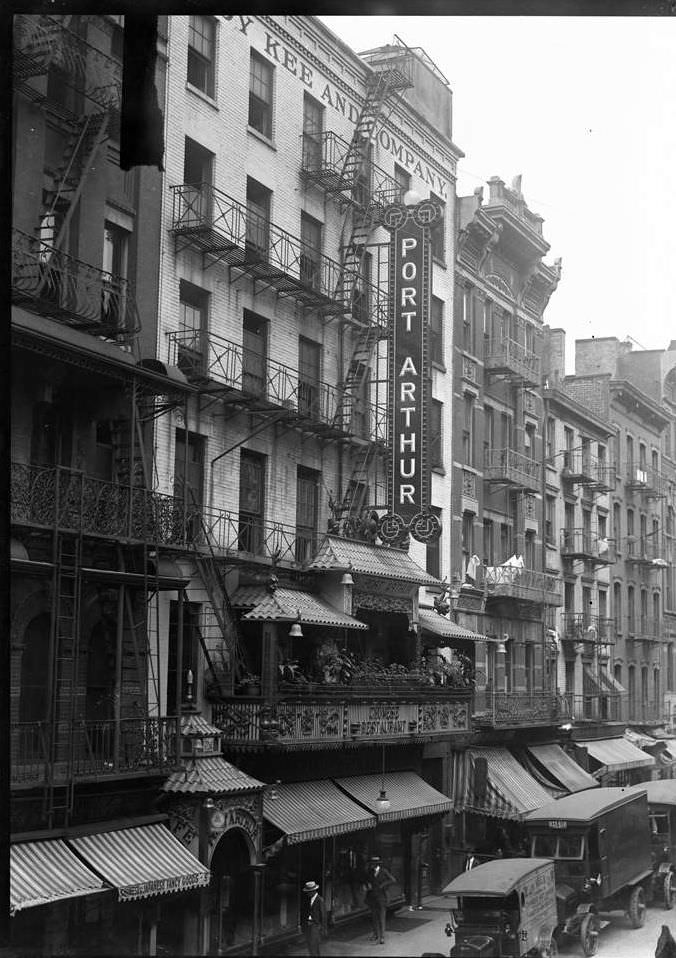
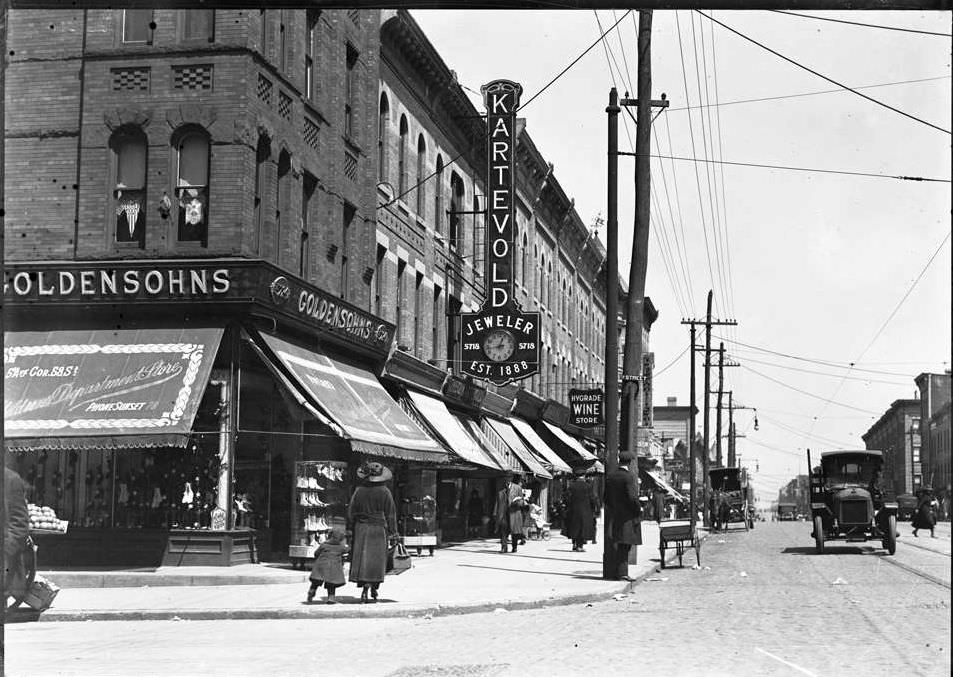
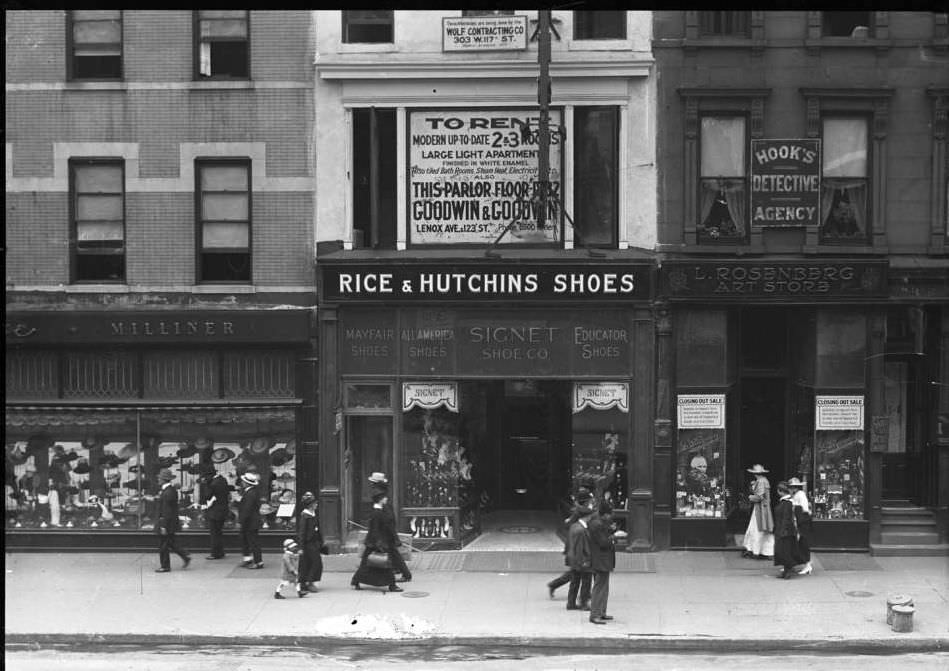
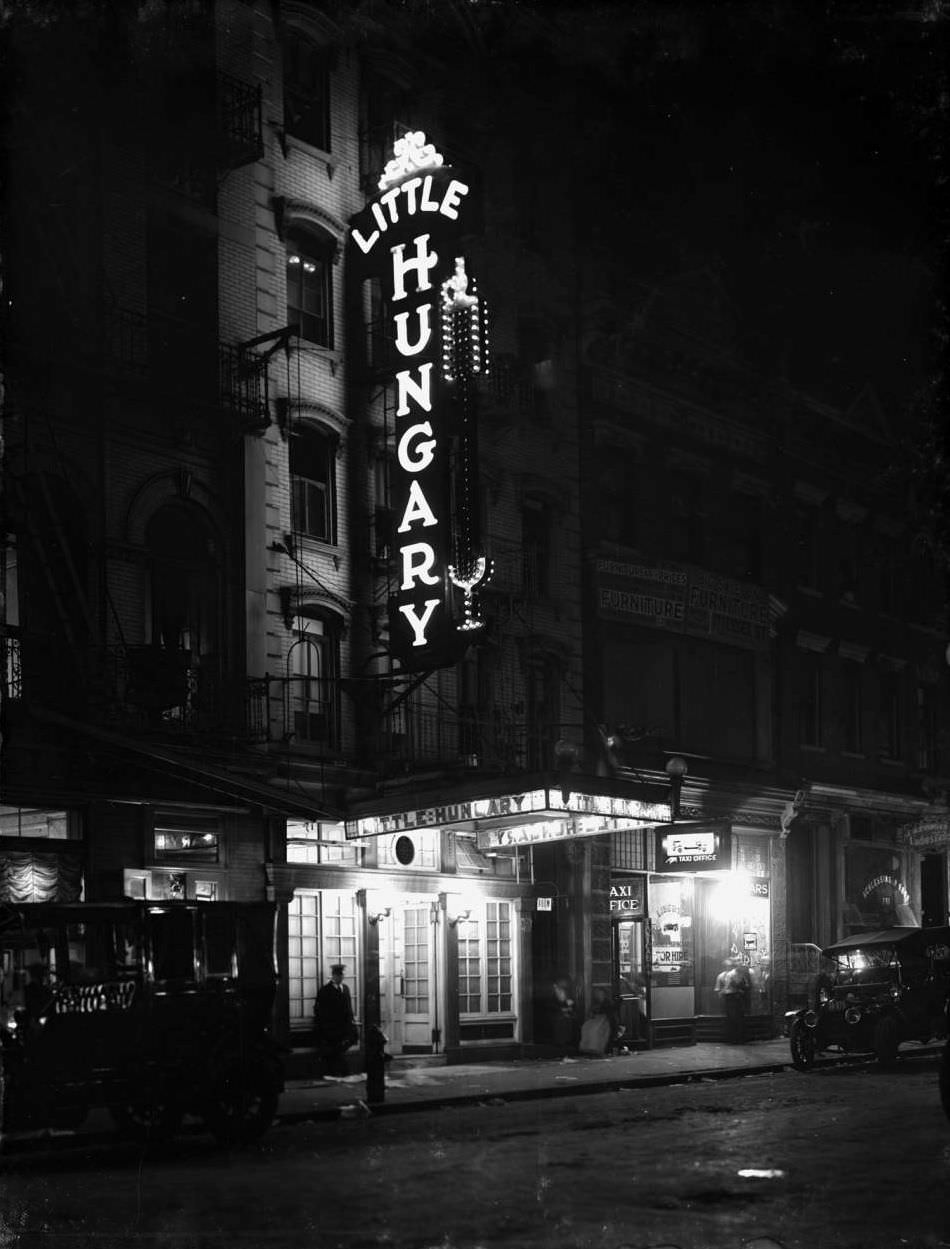

GIPHY App Key not set. Please check settings